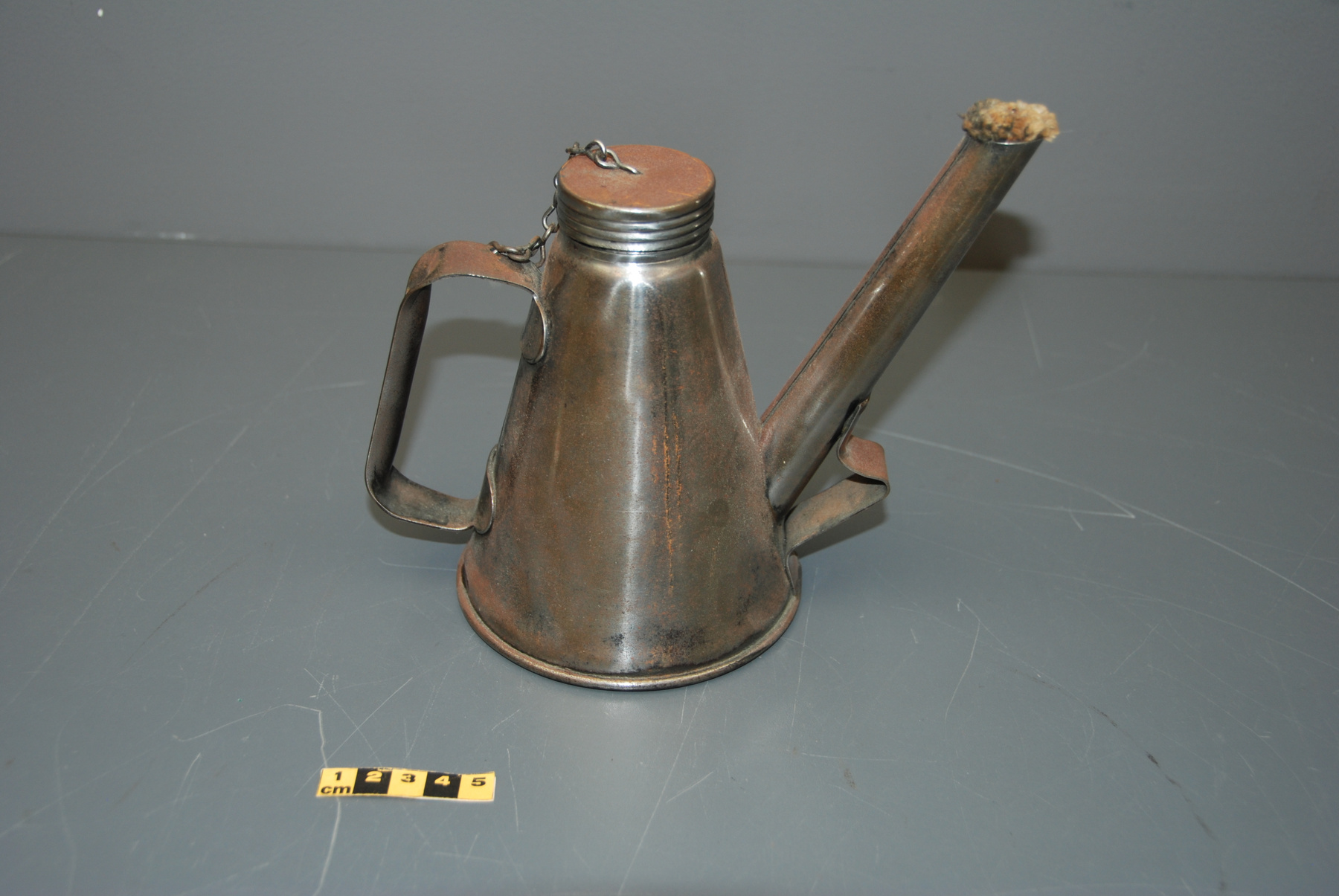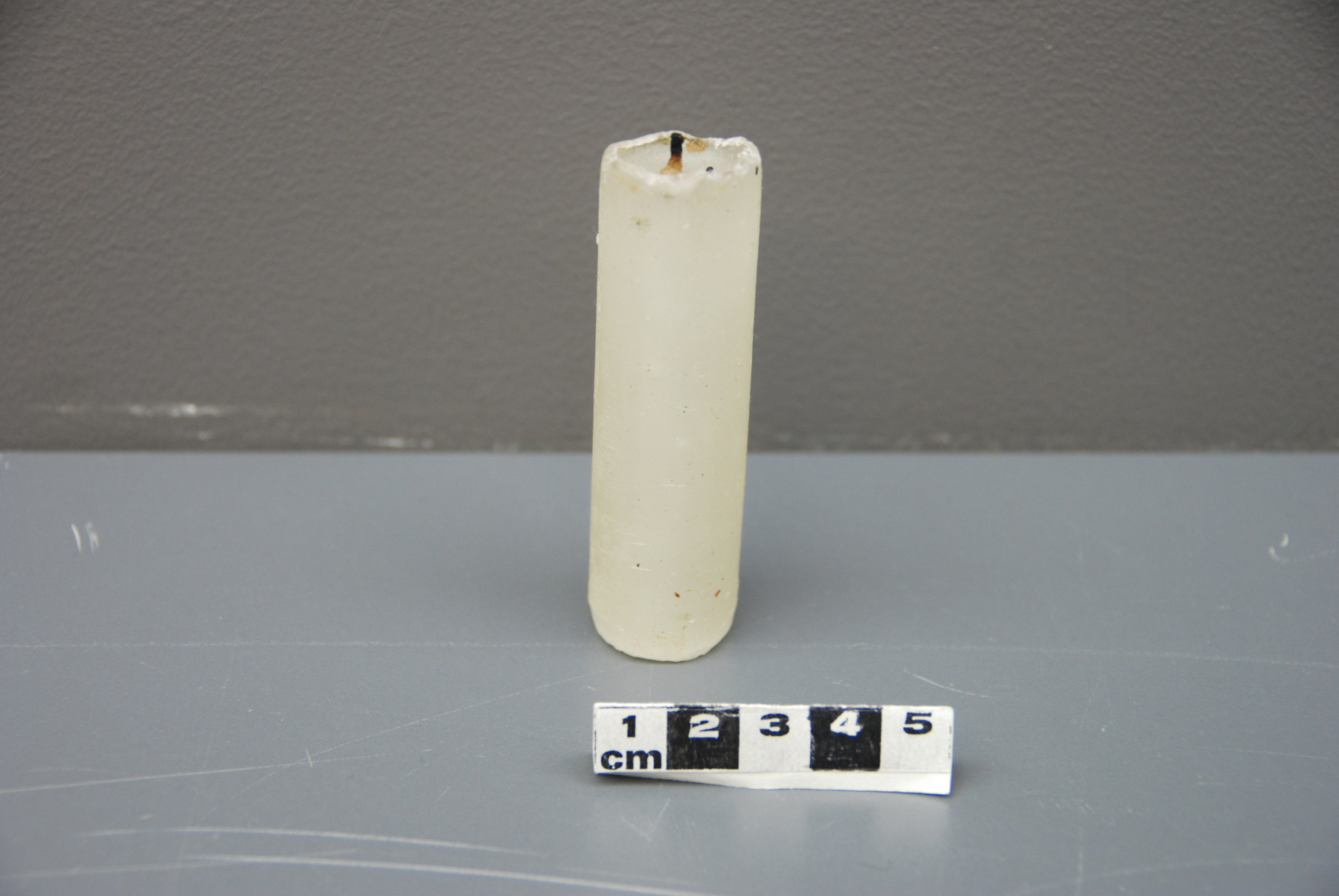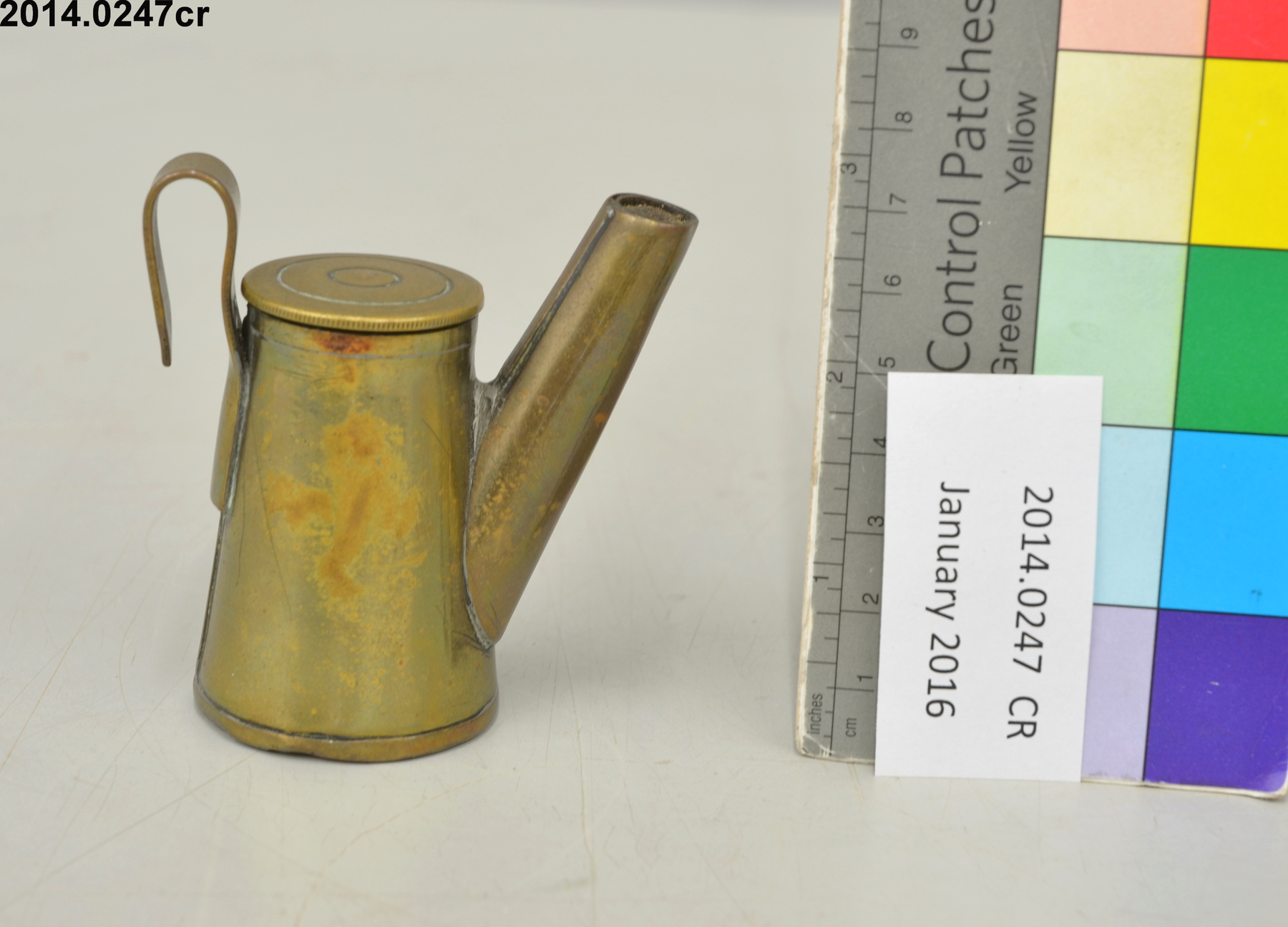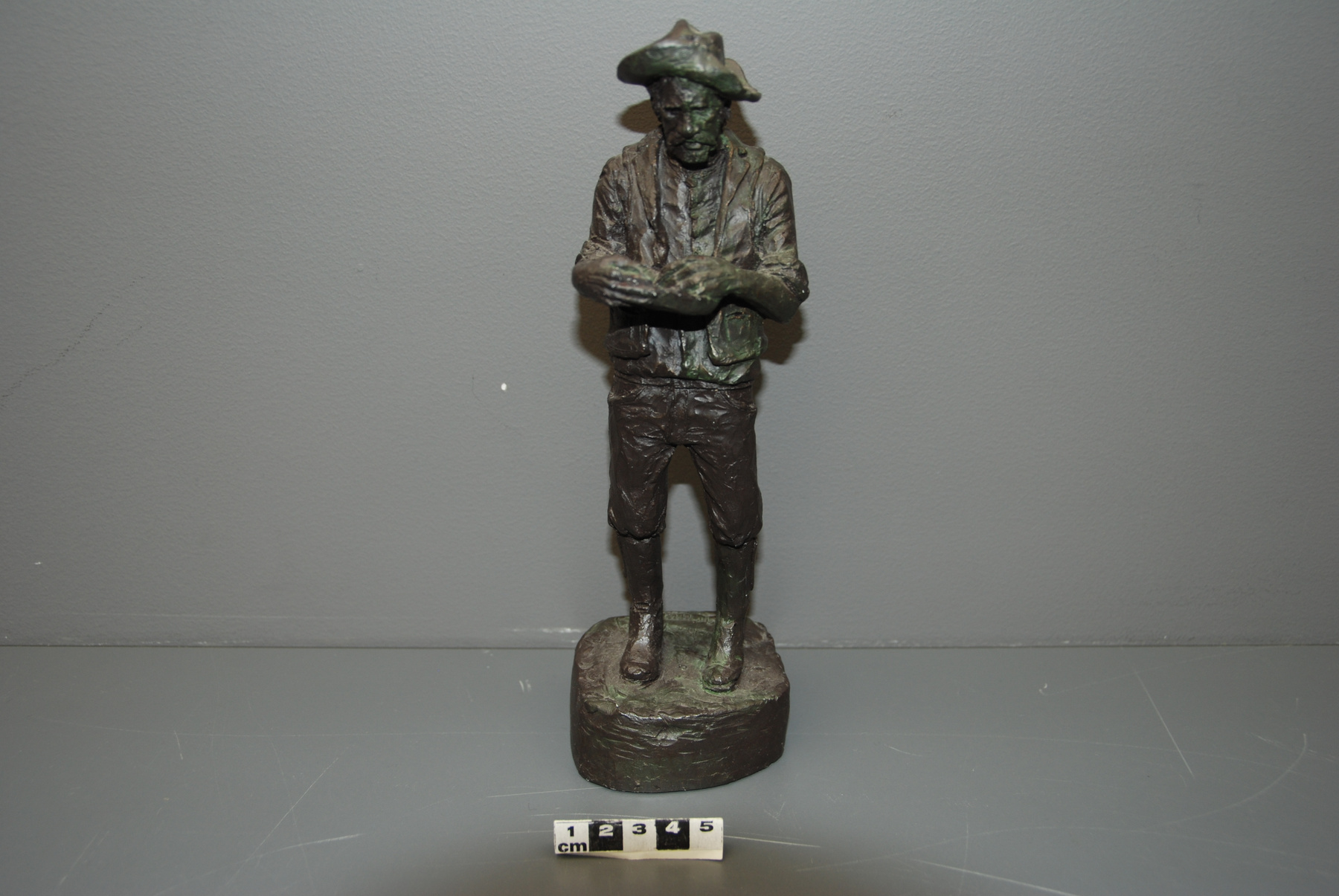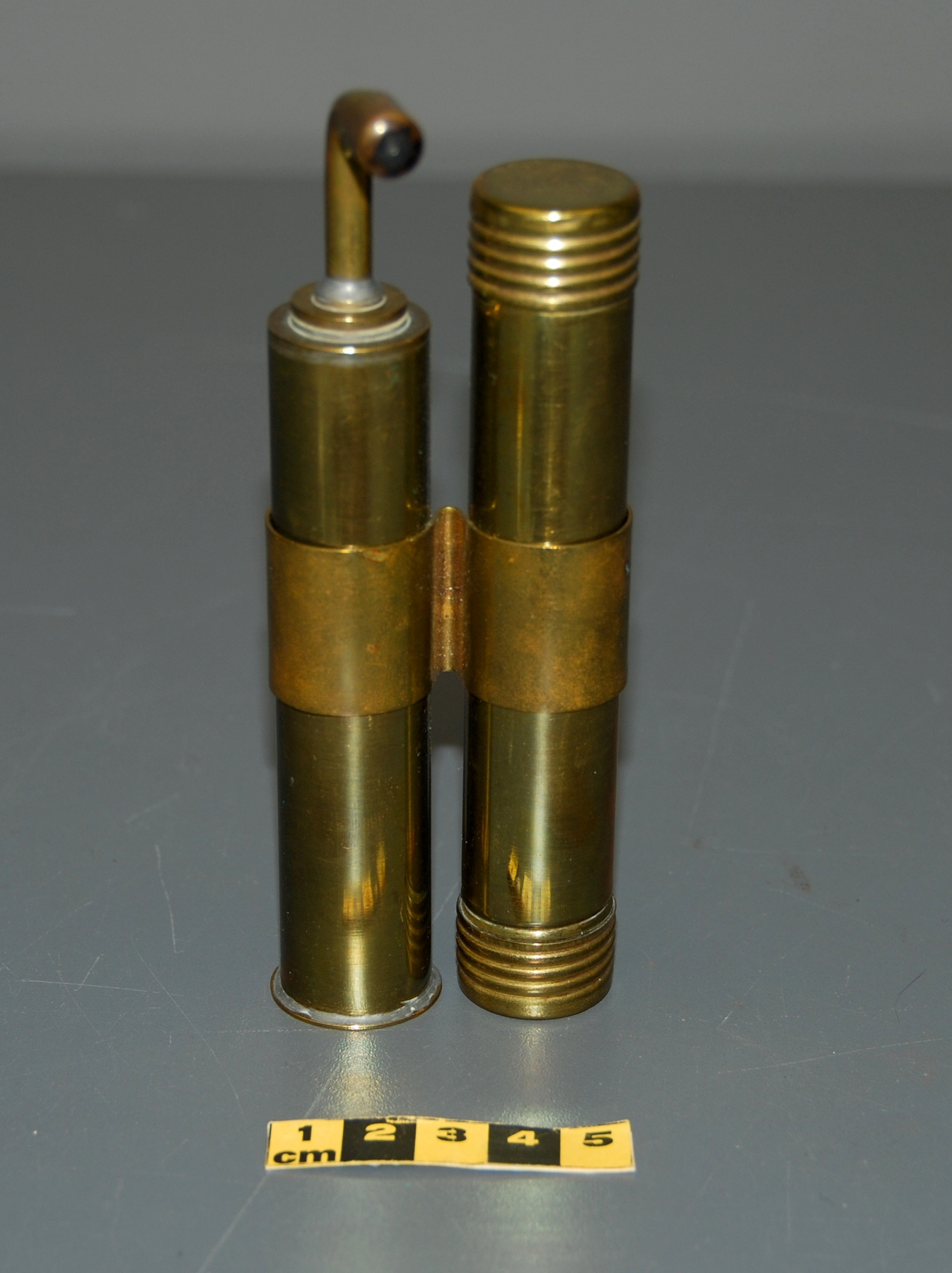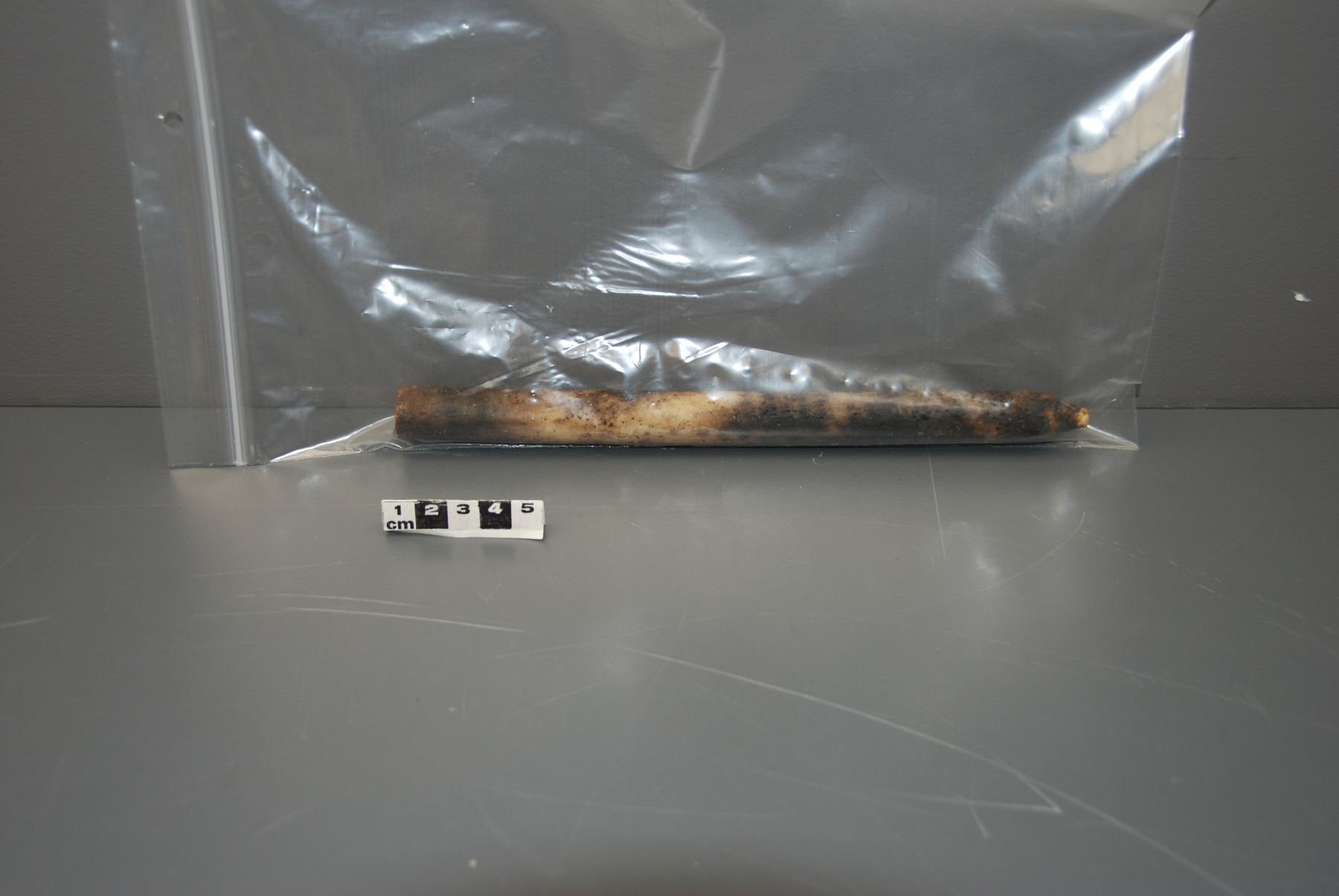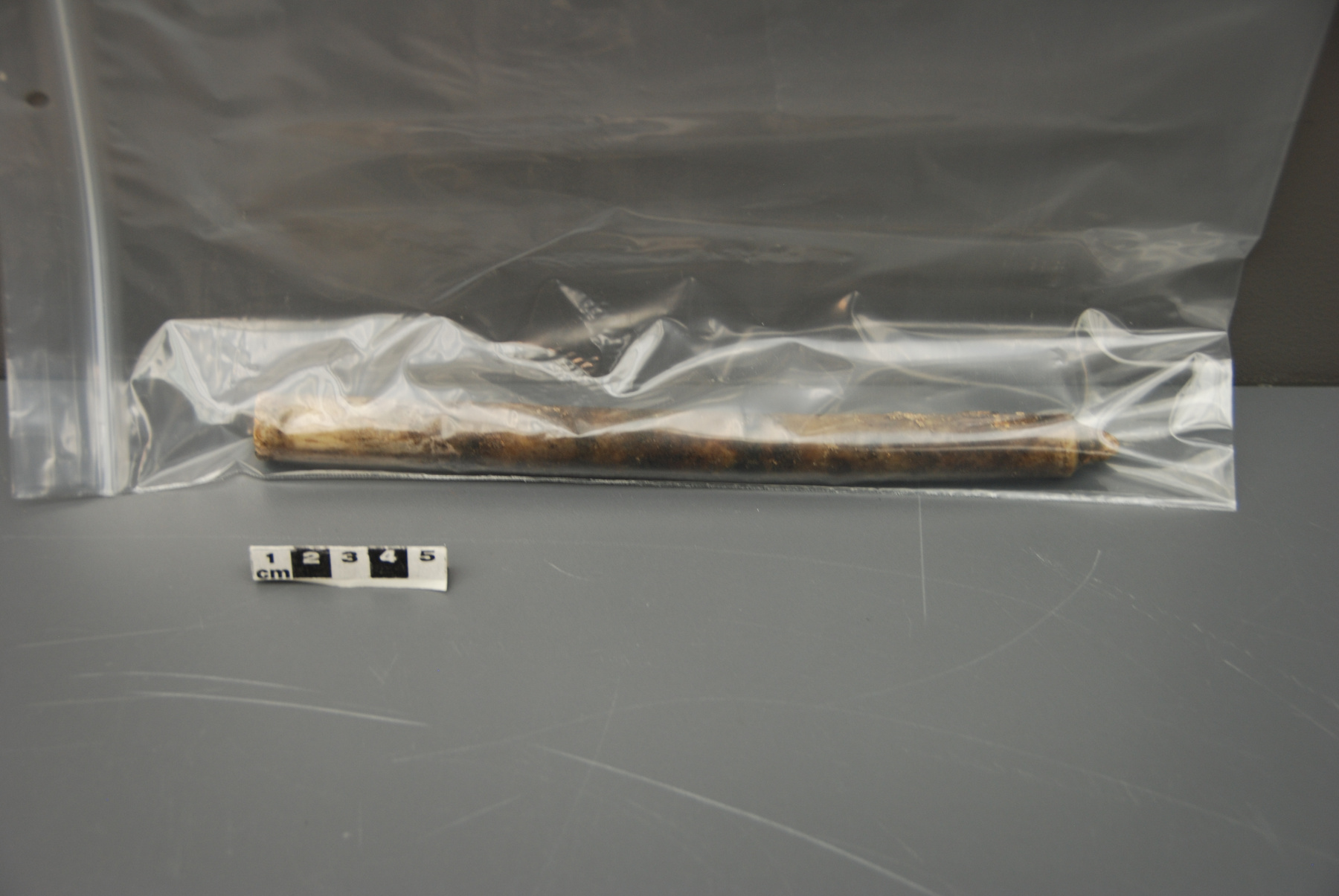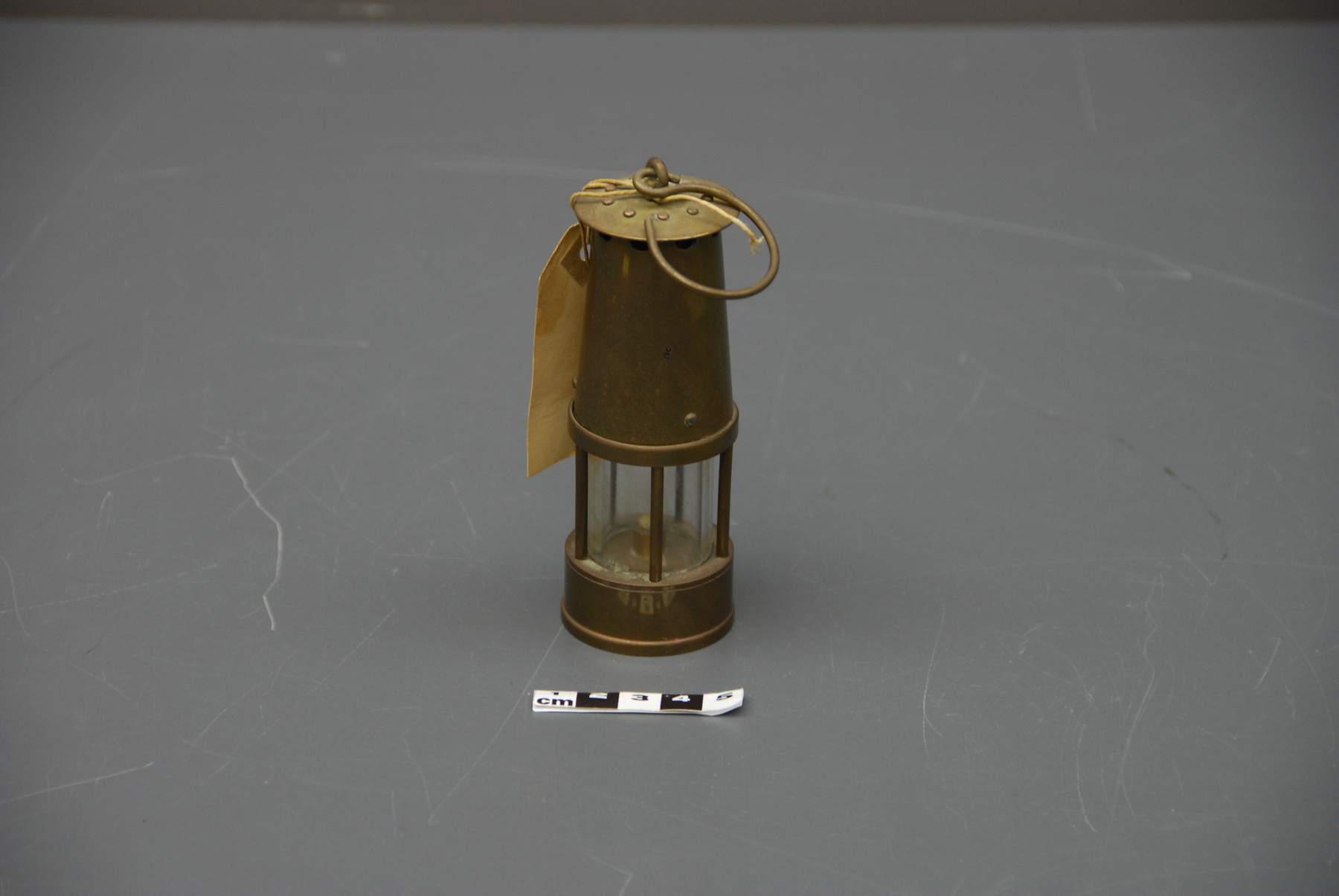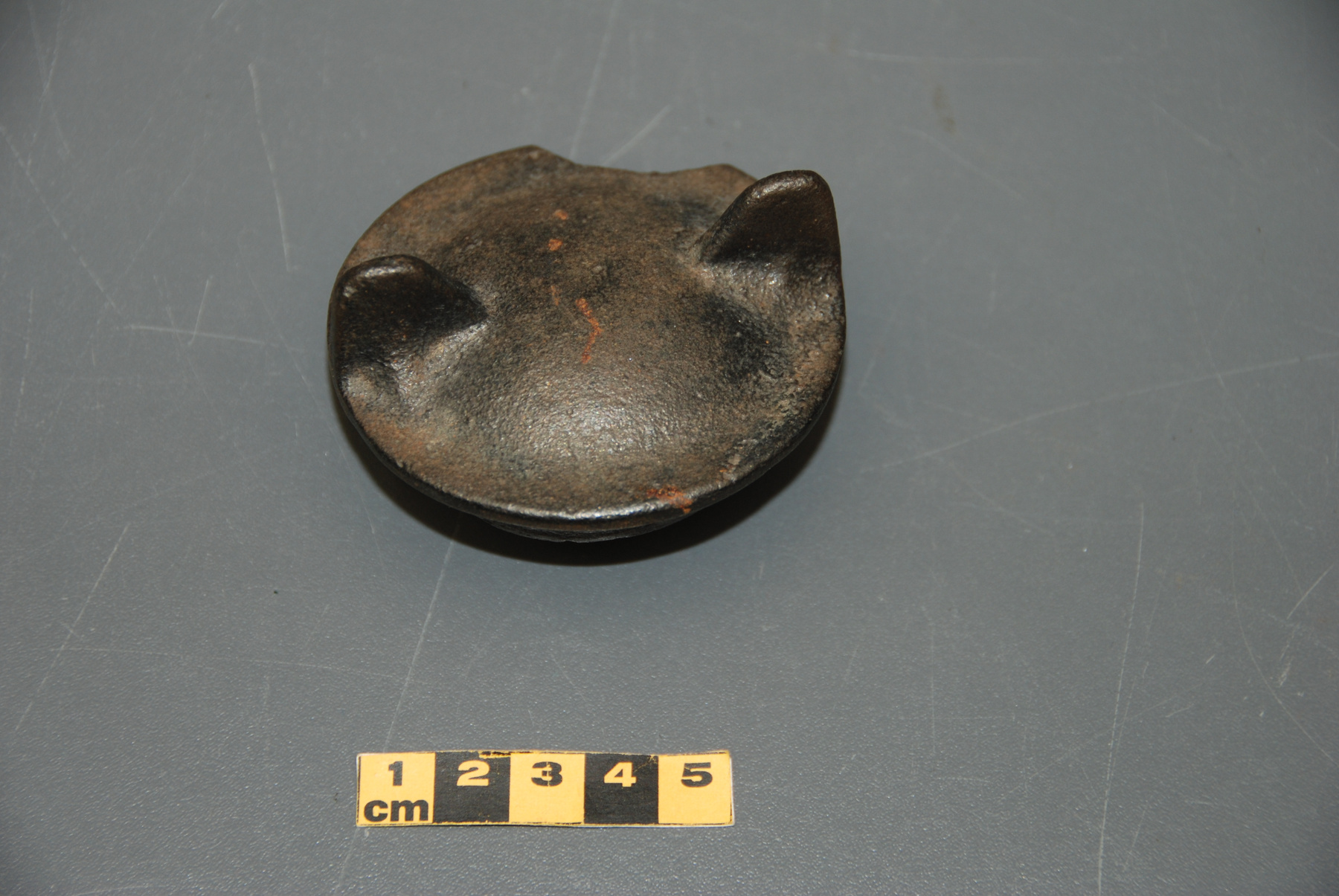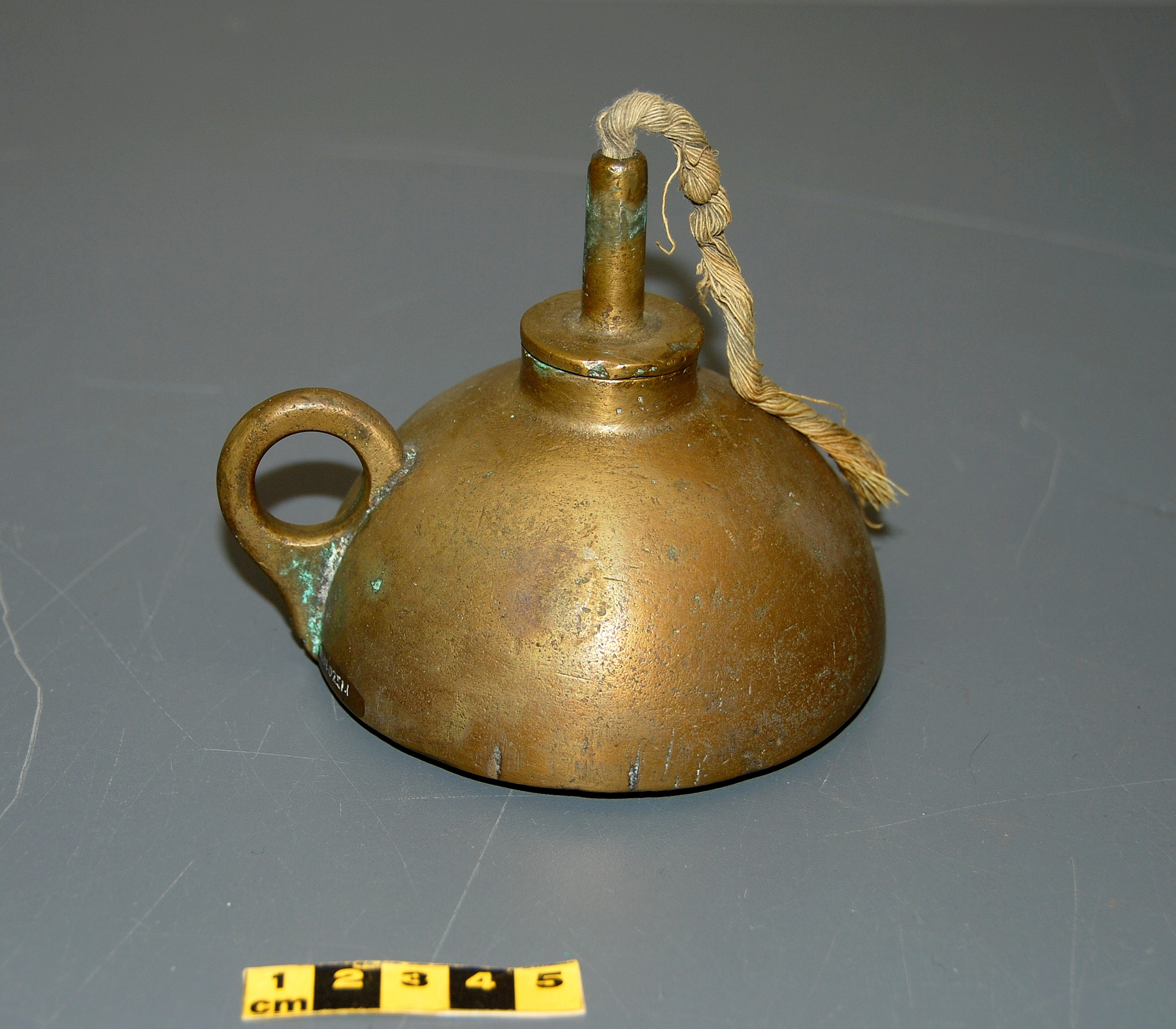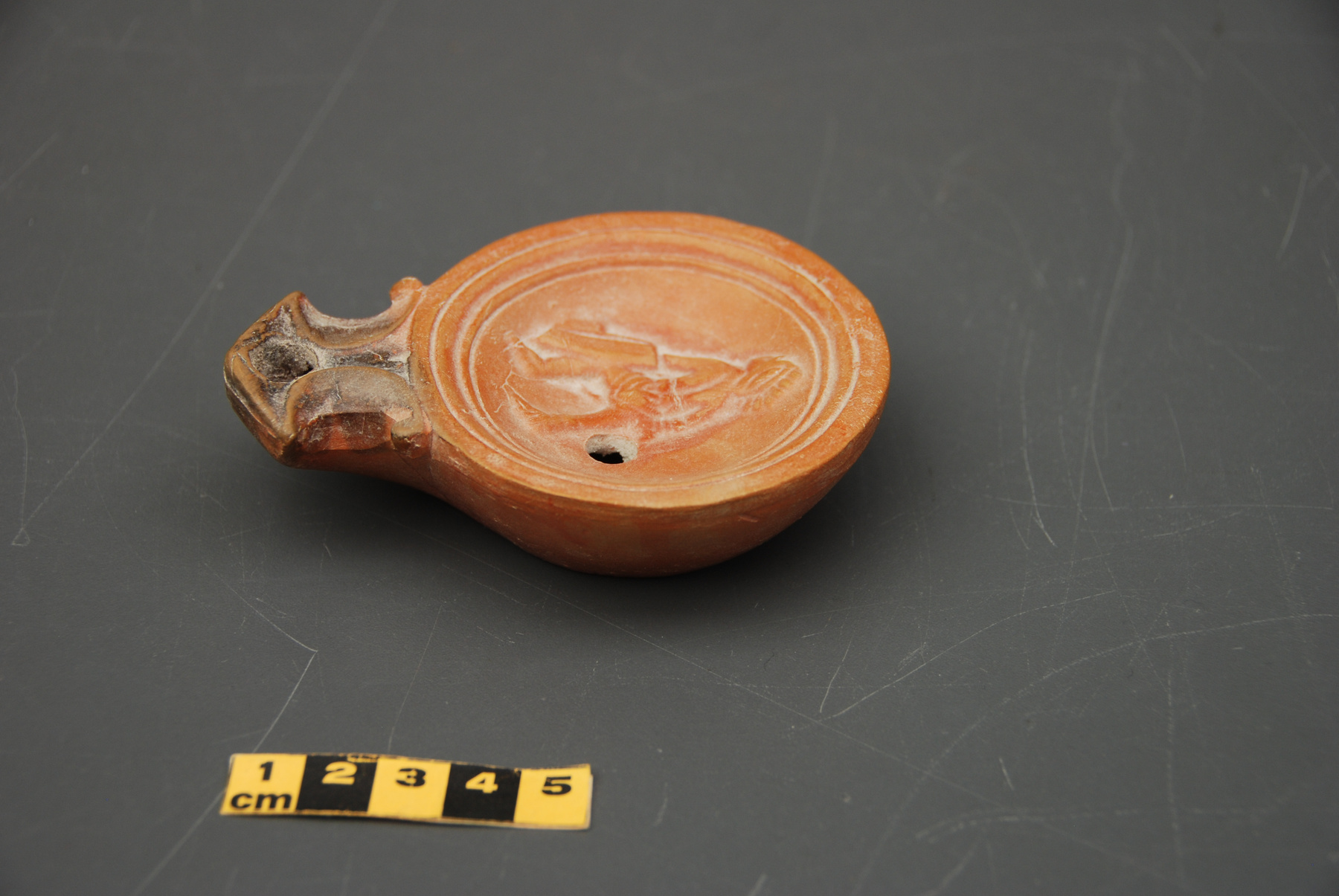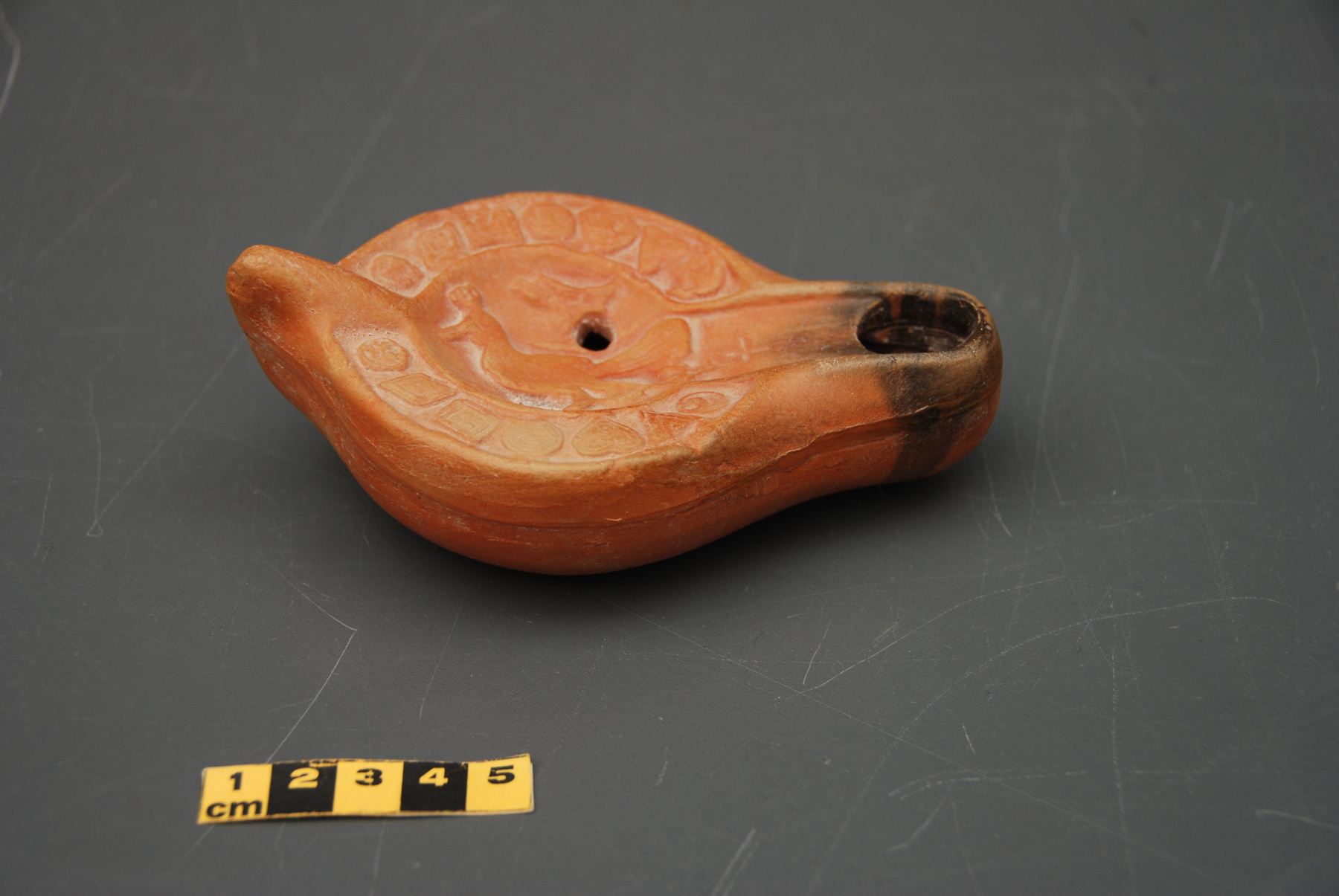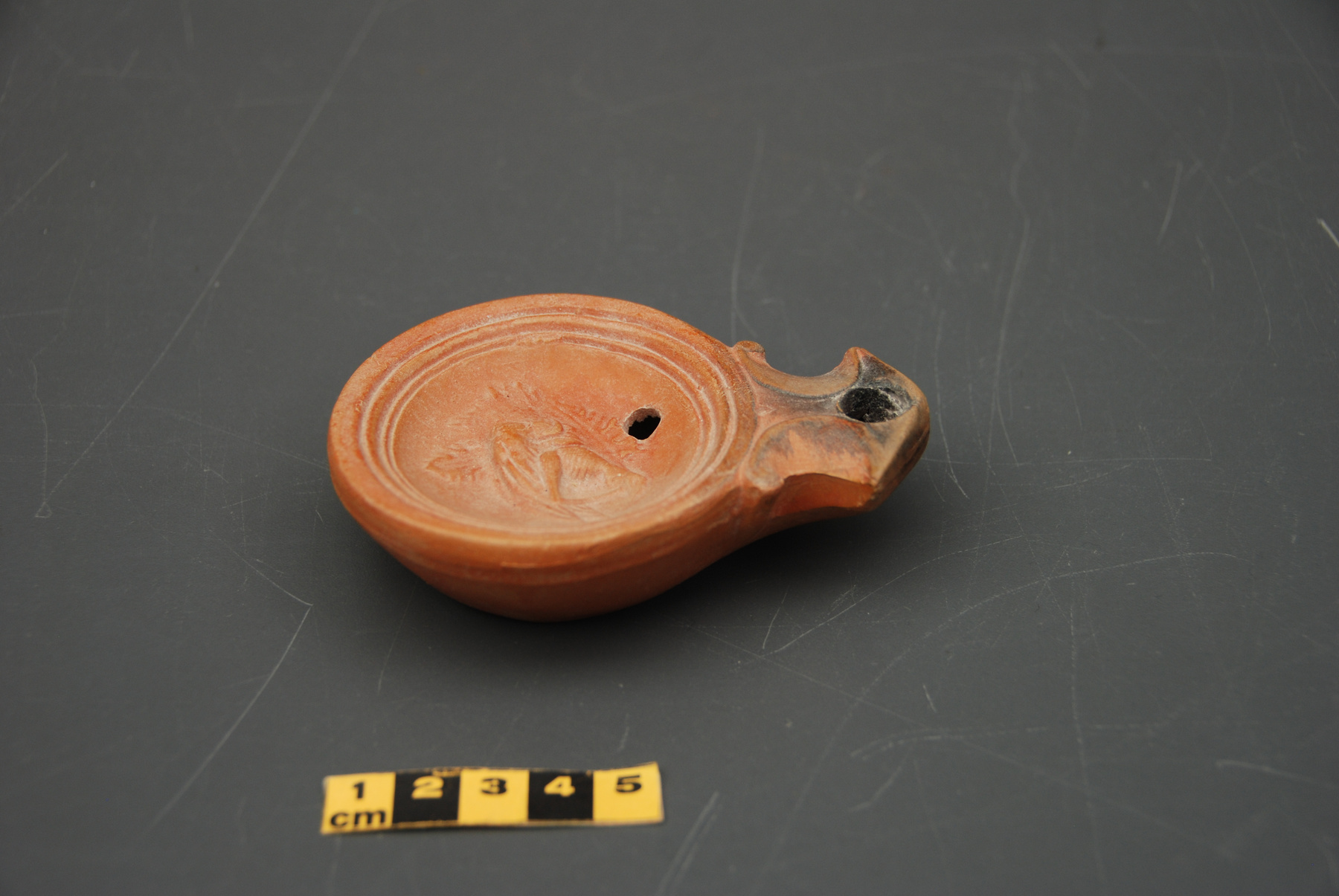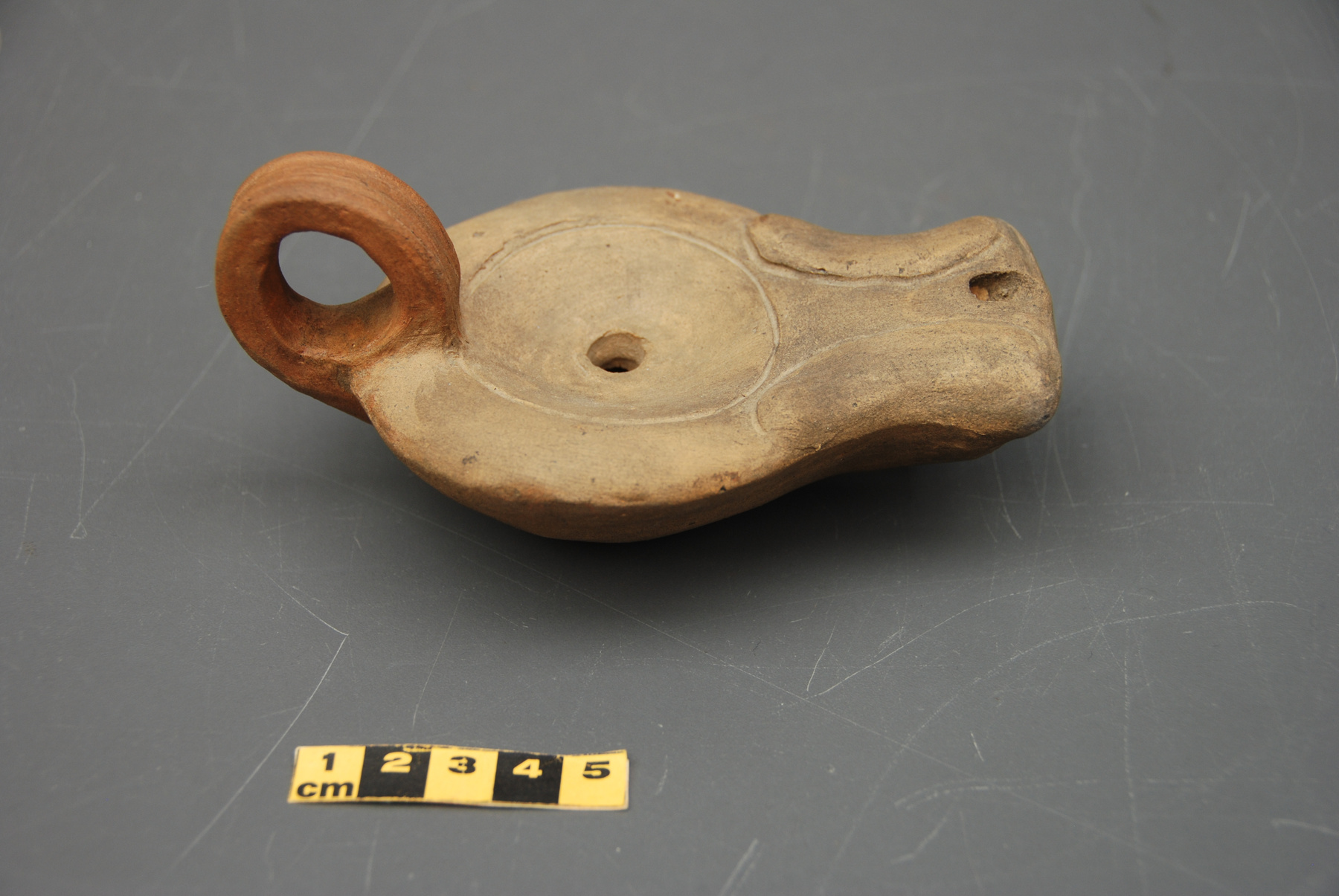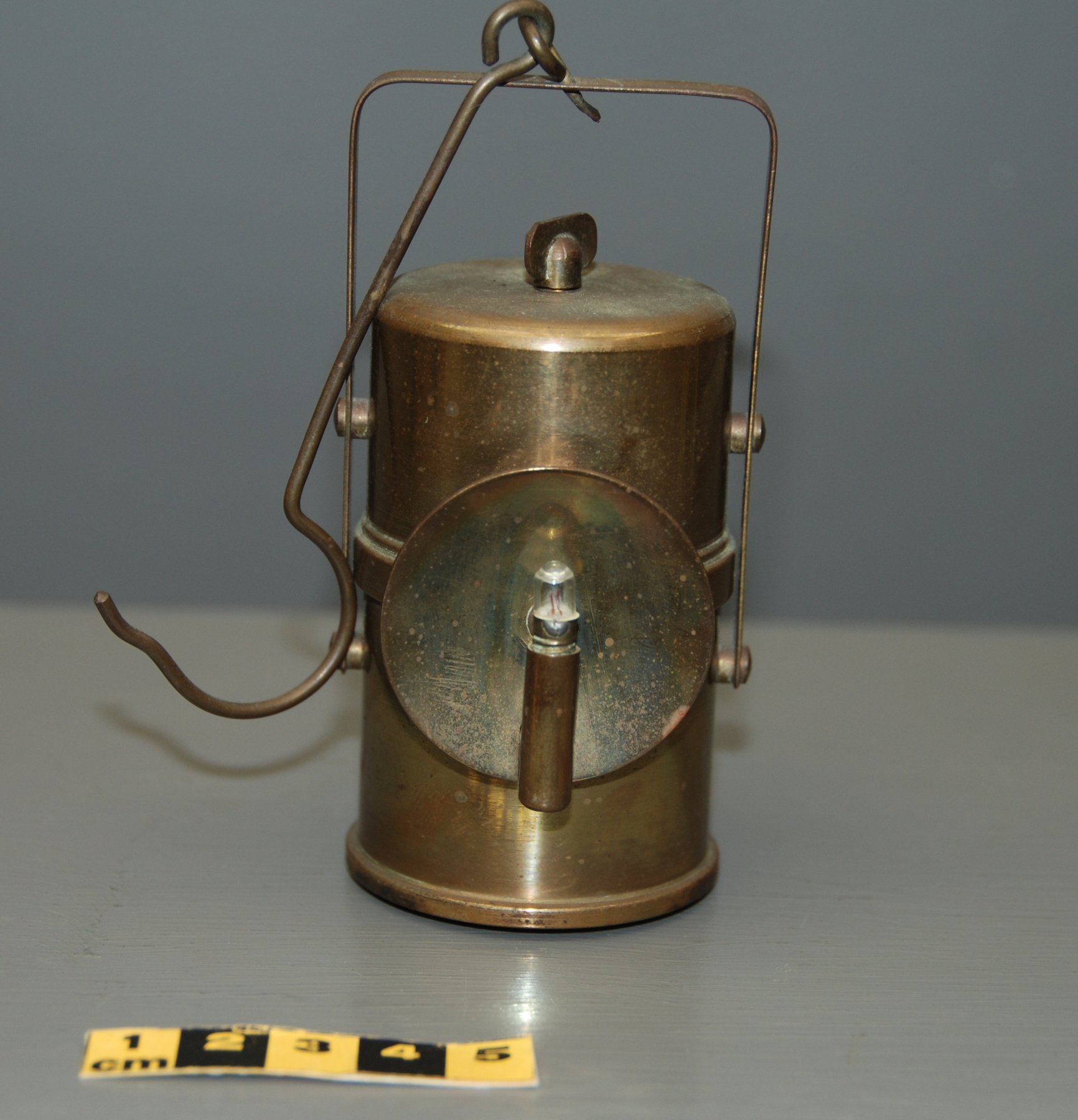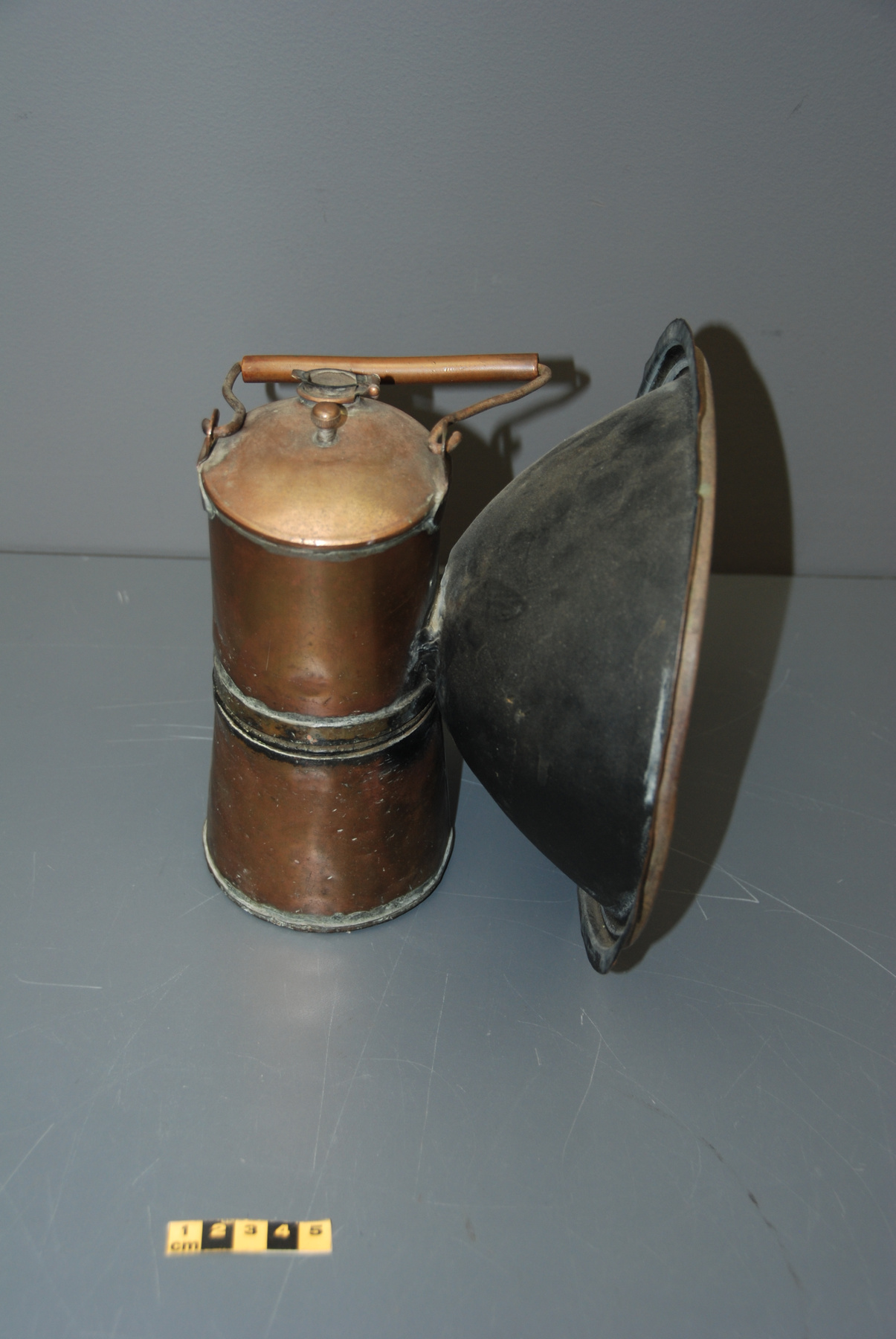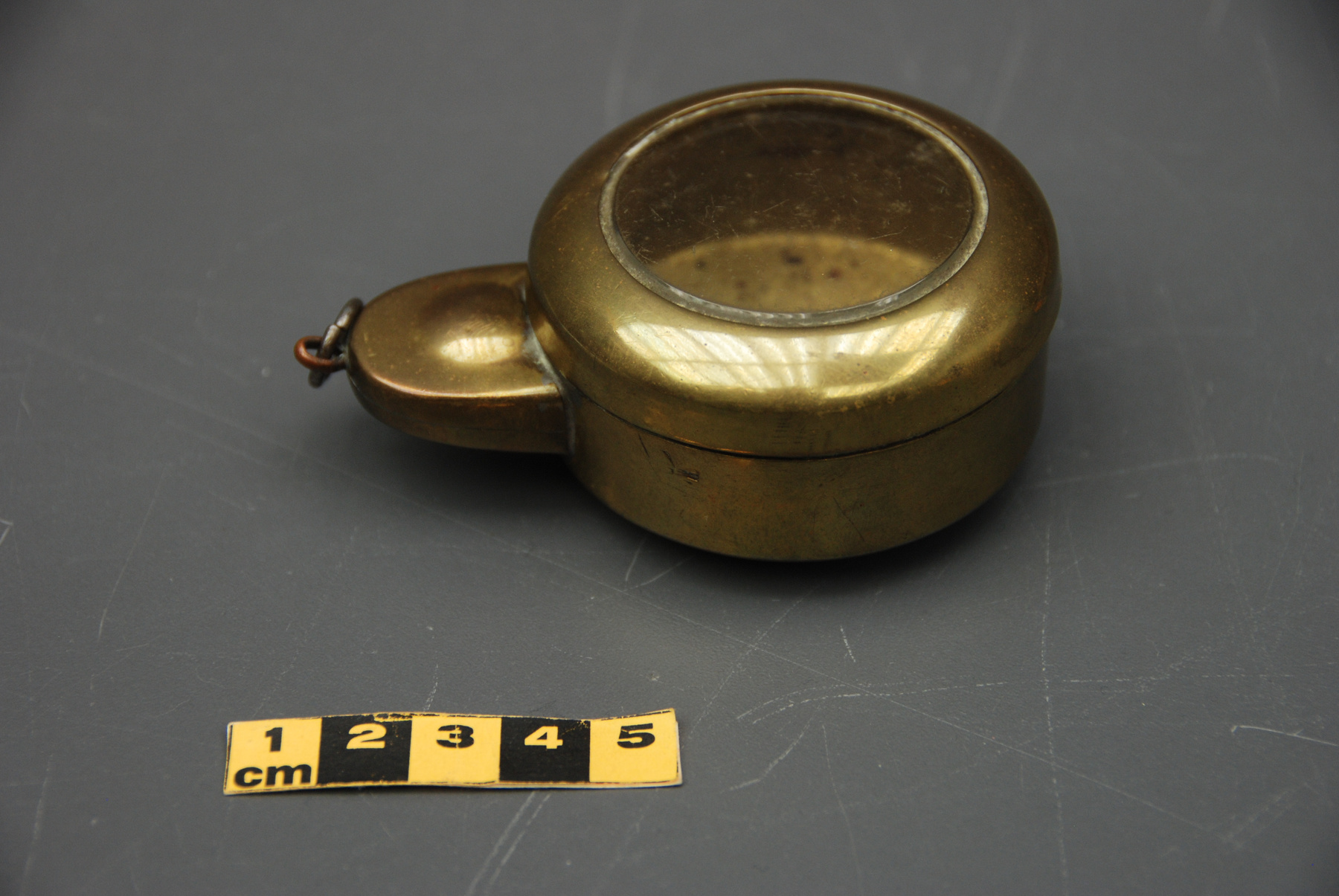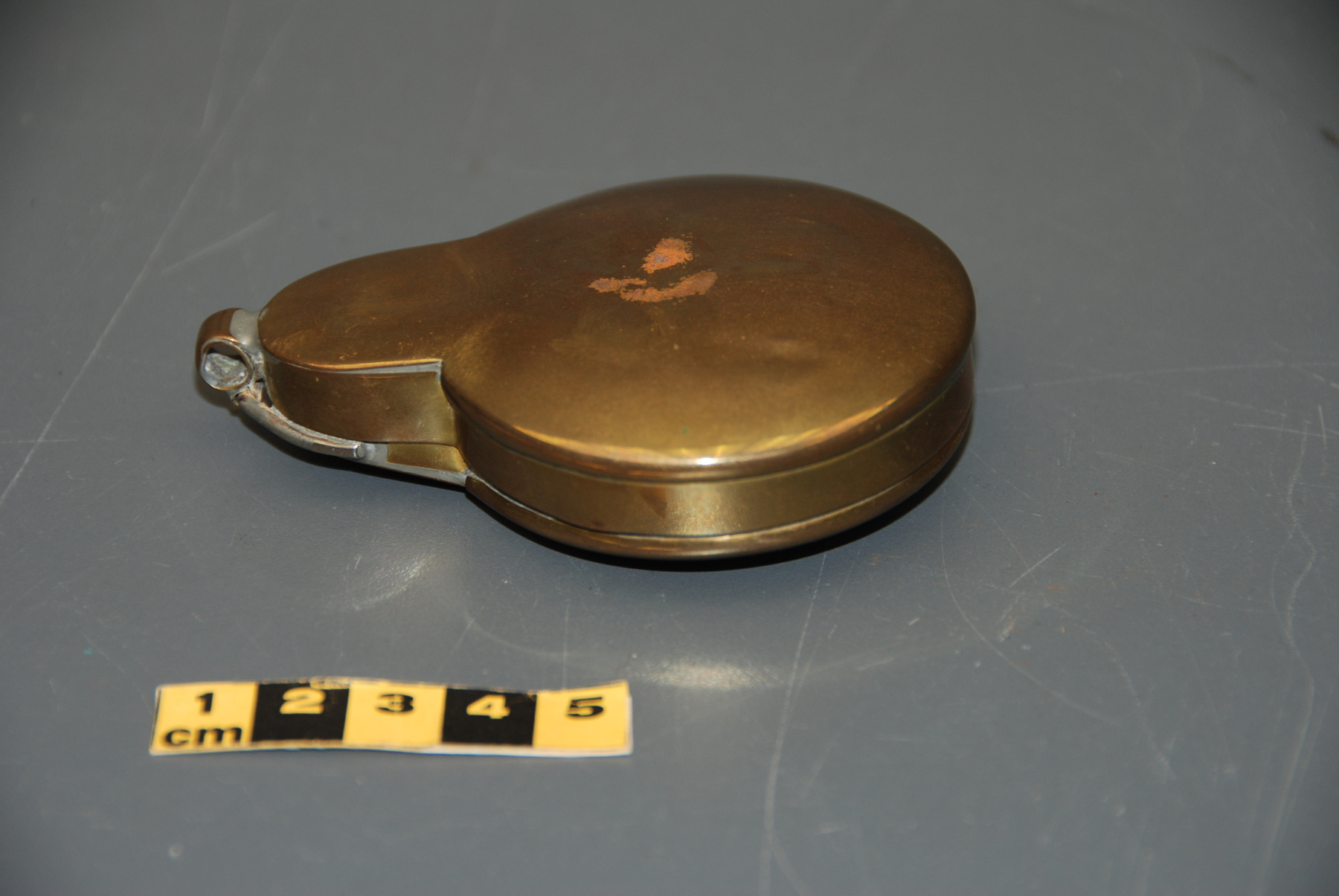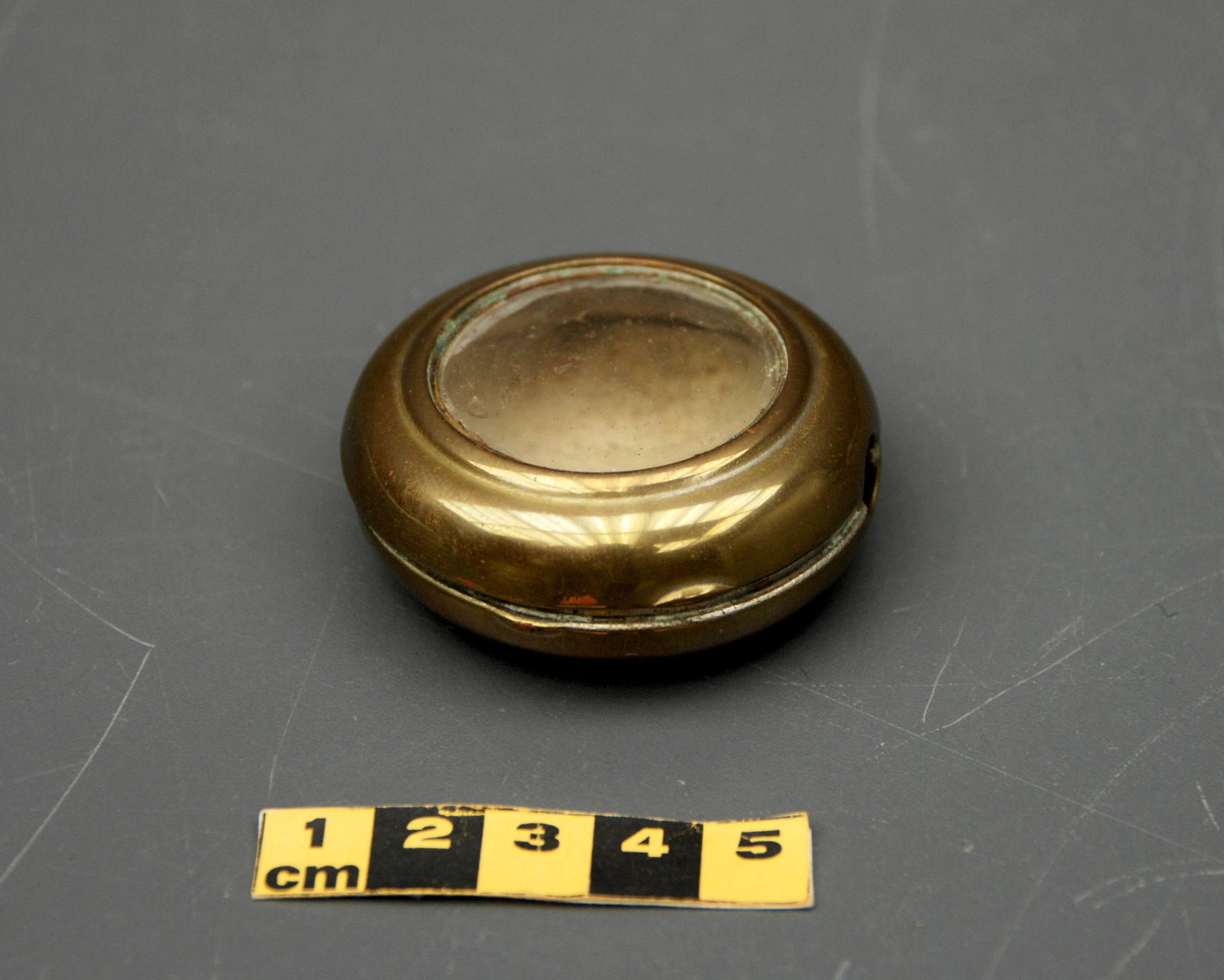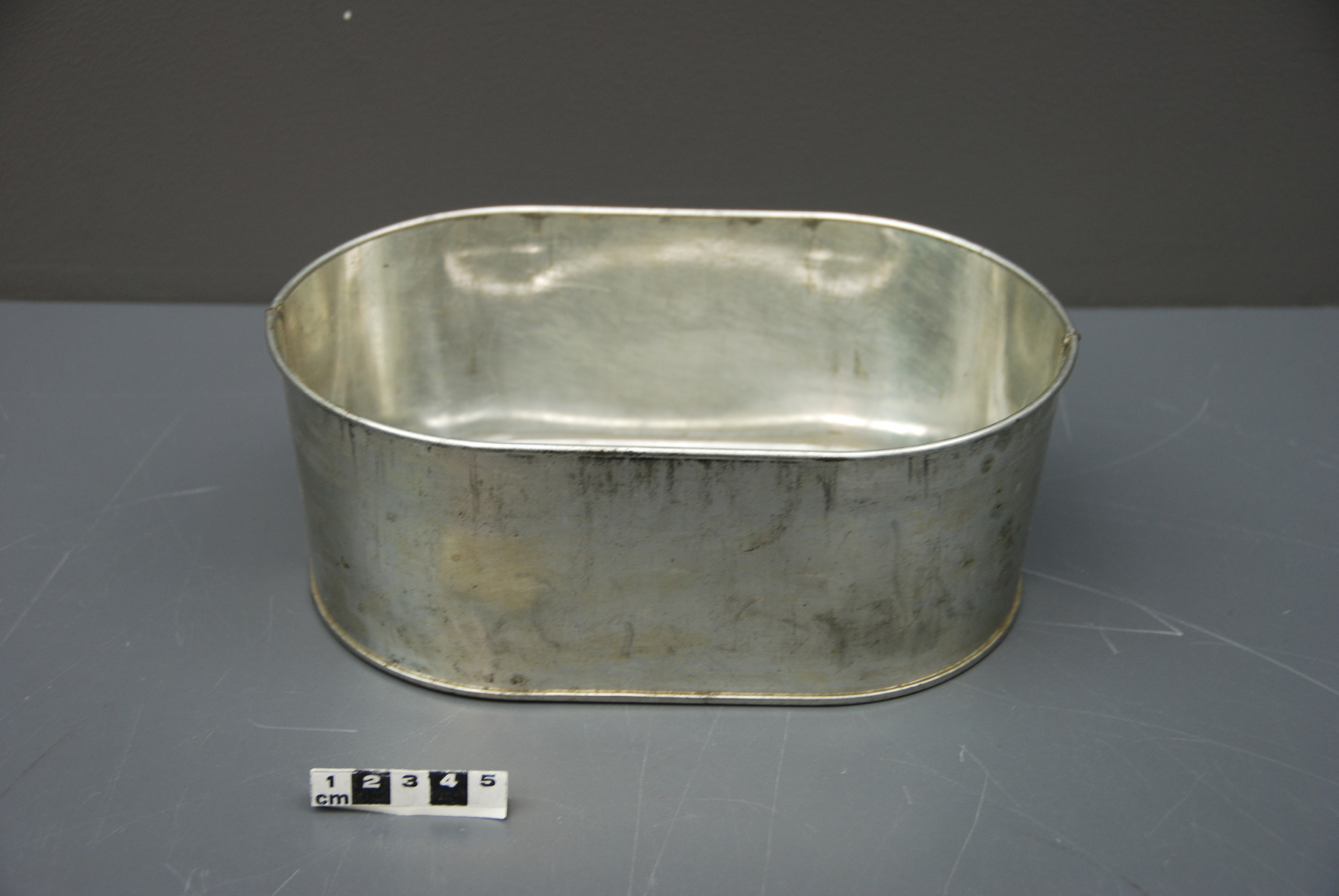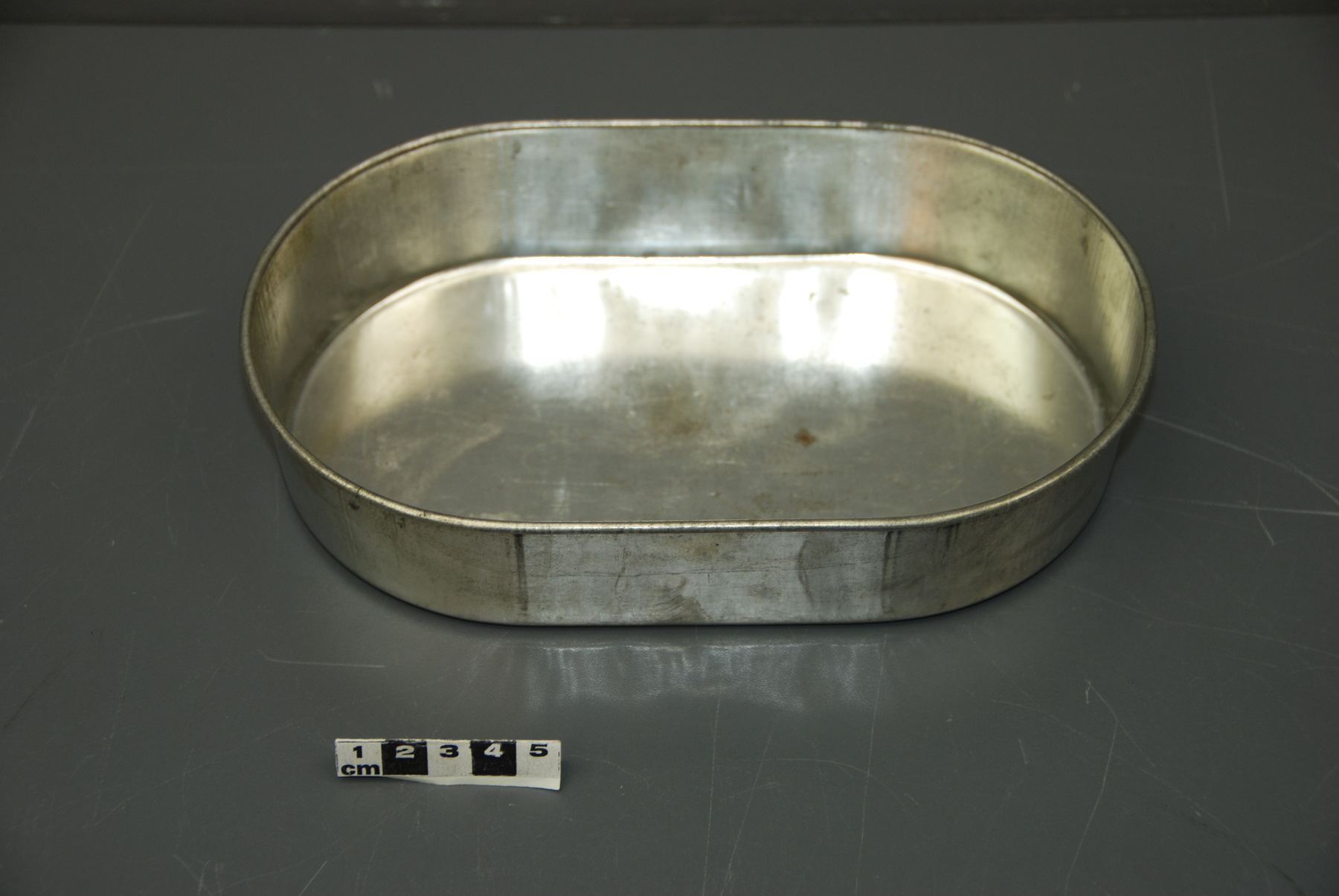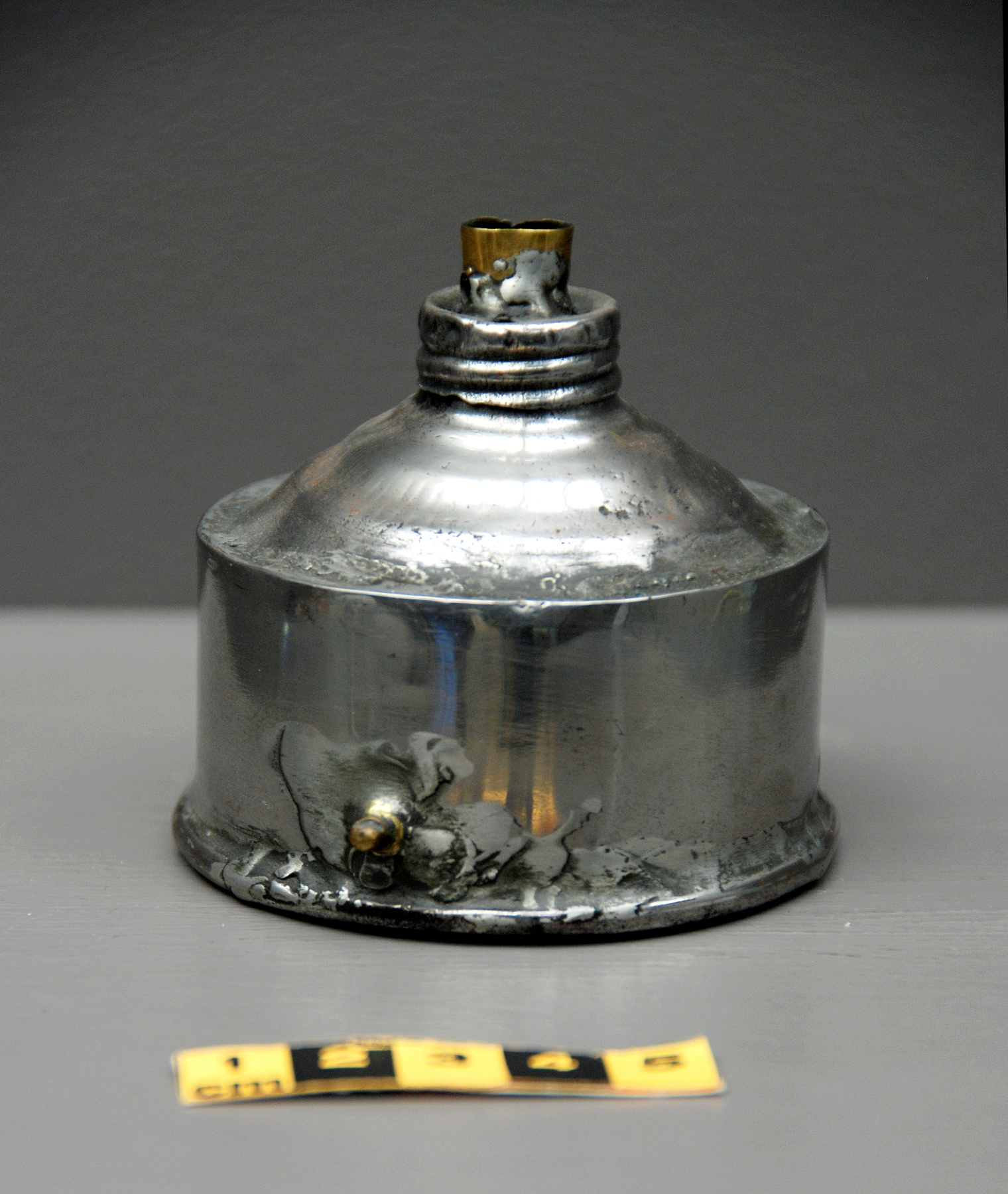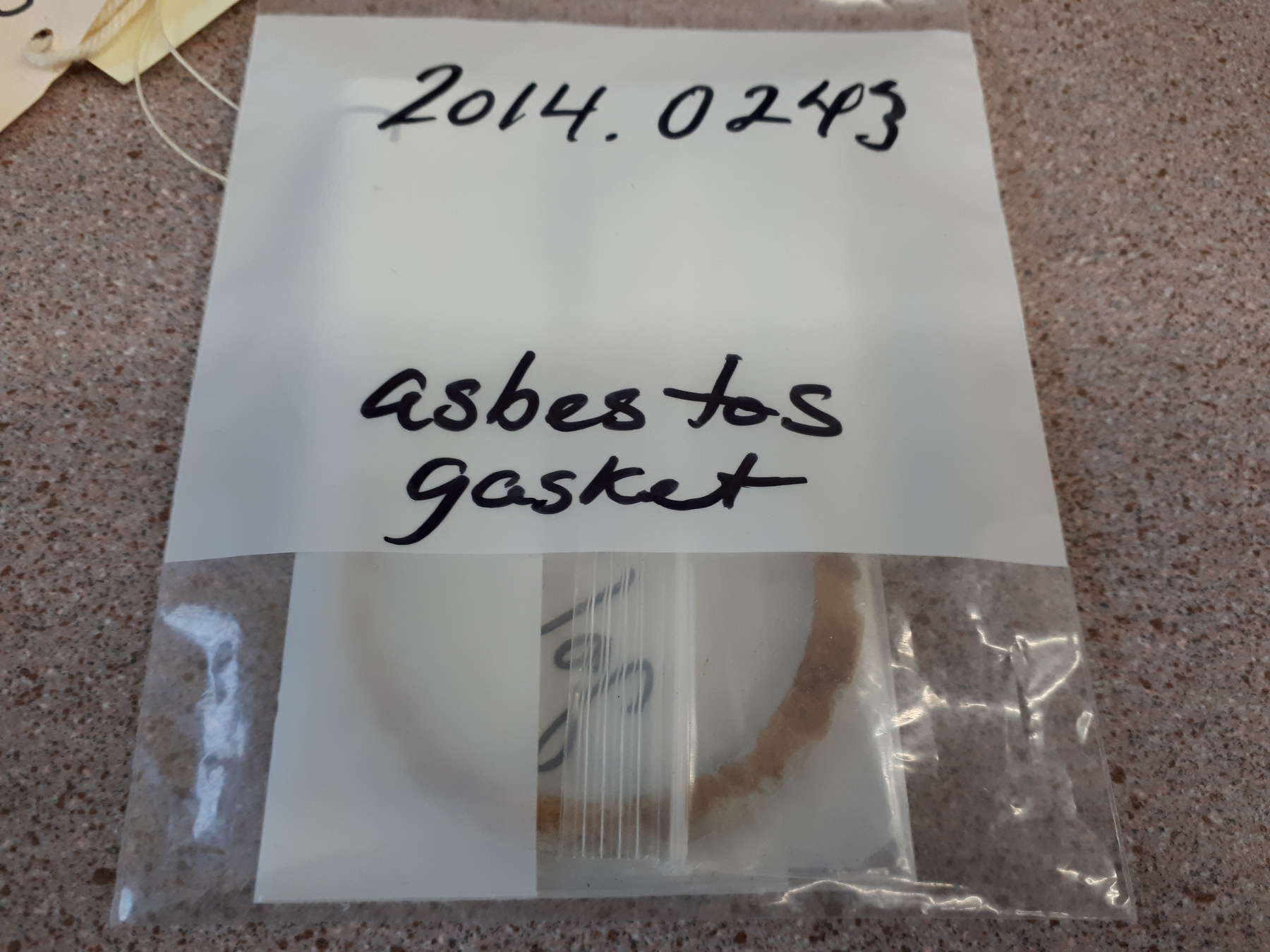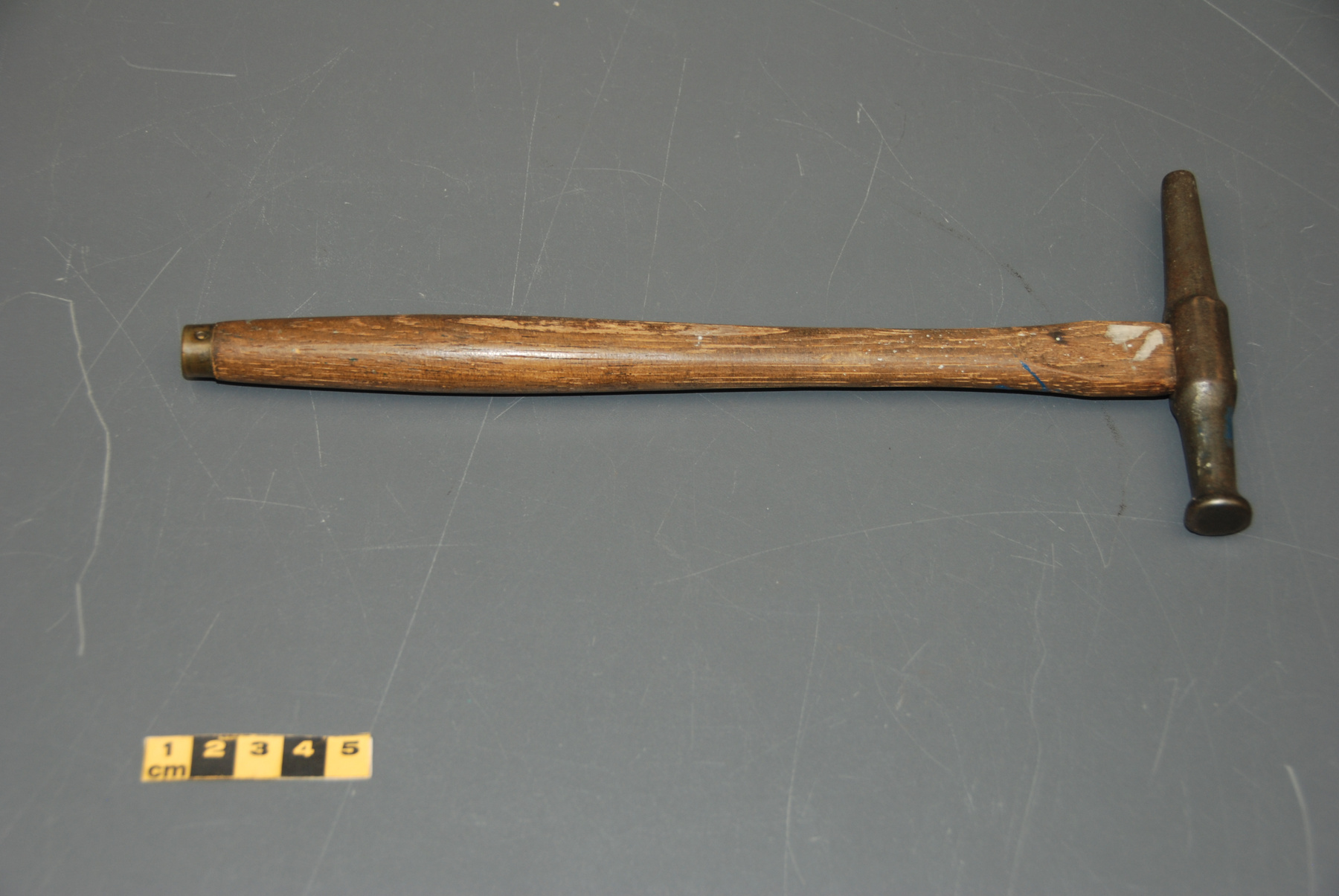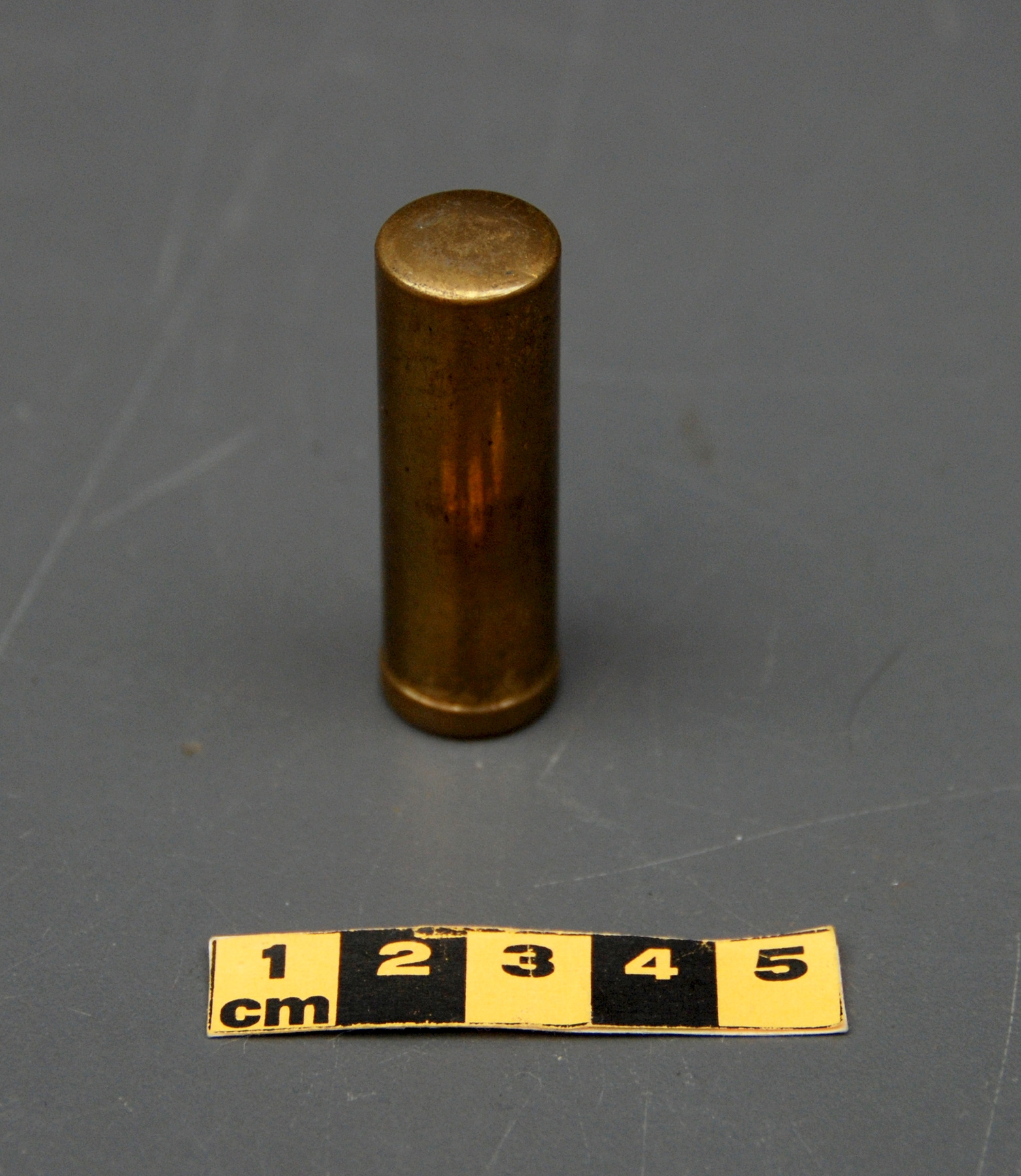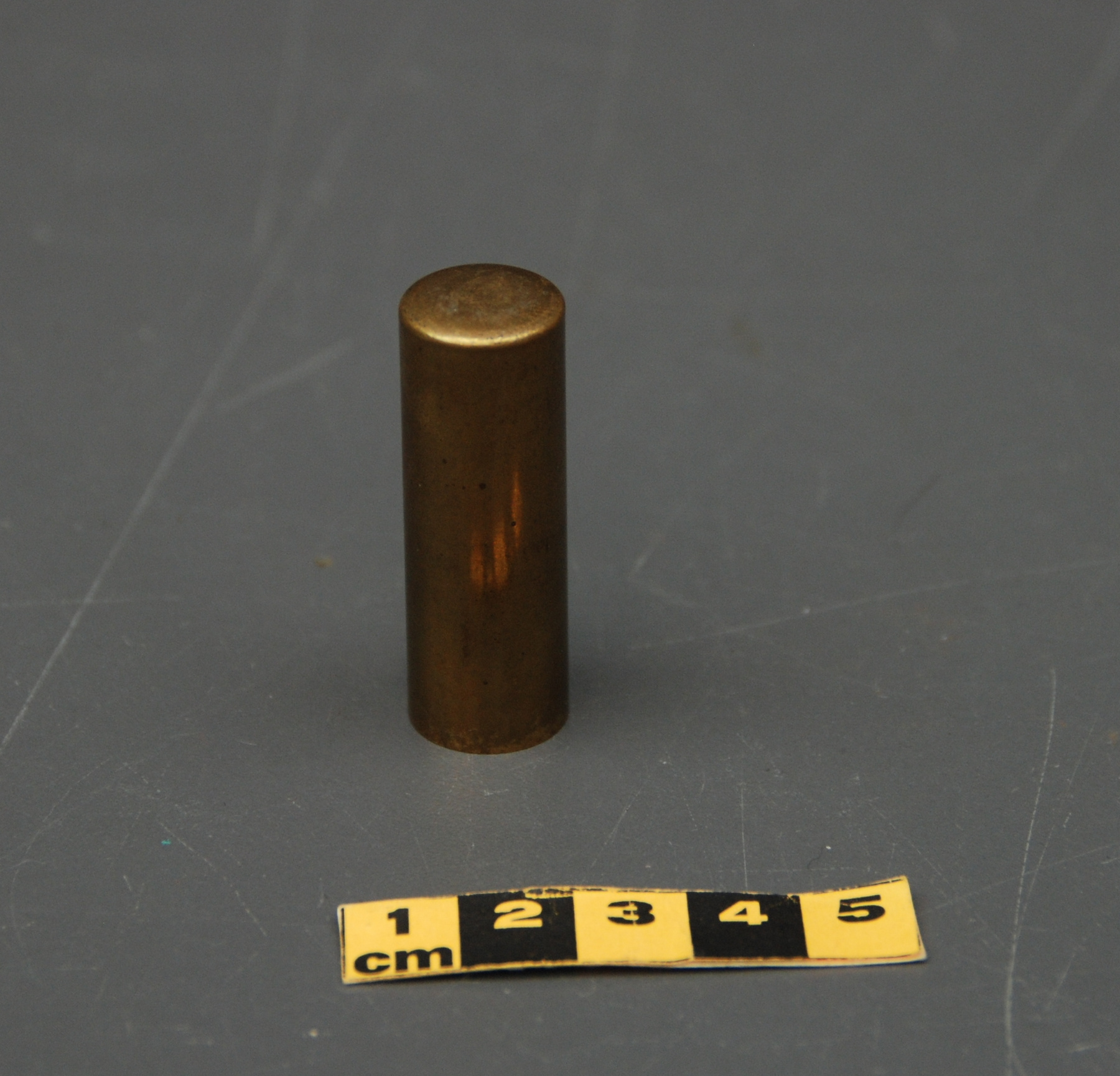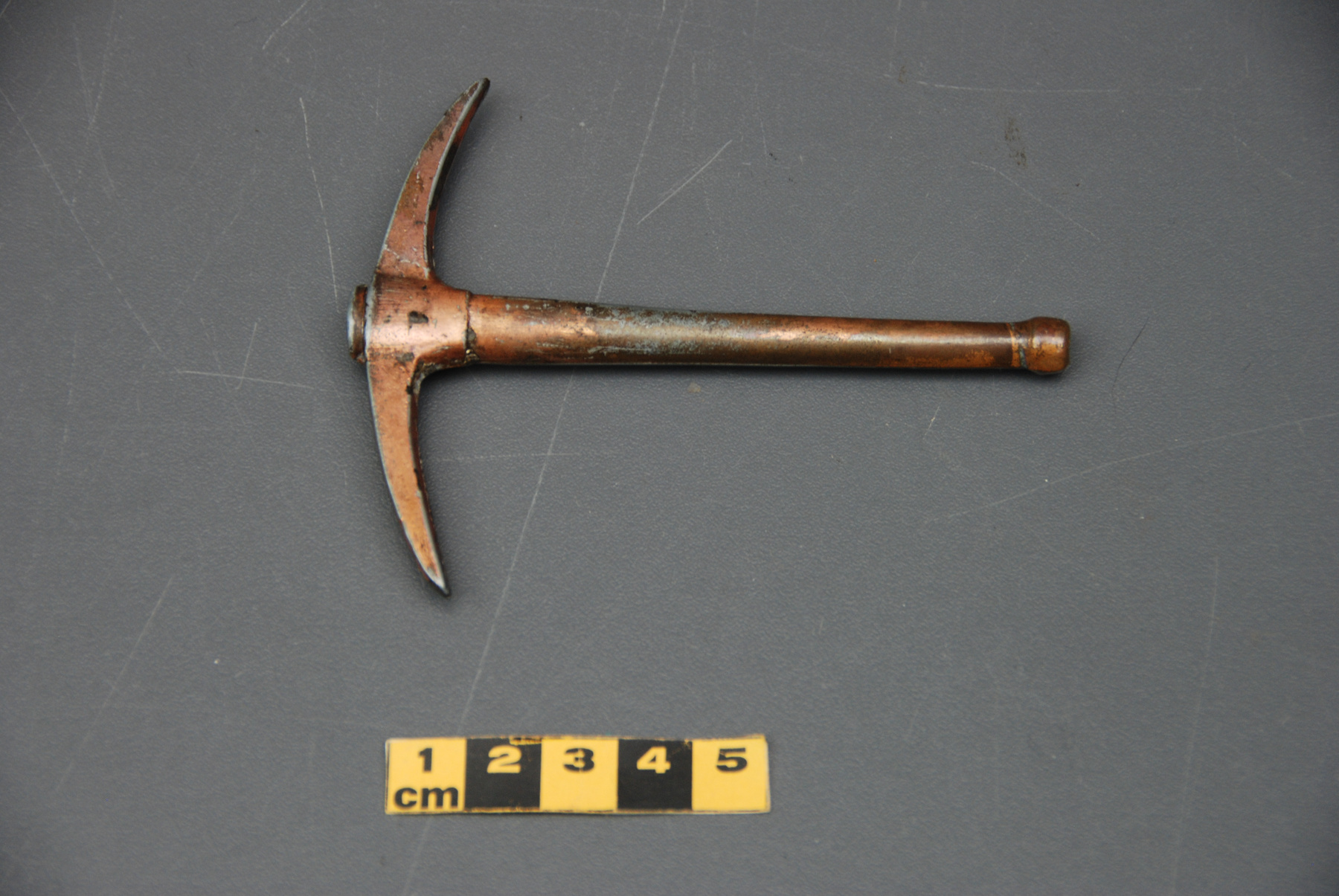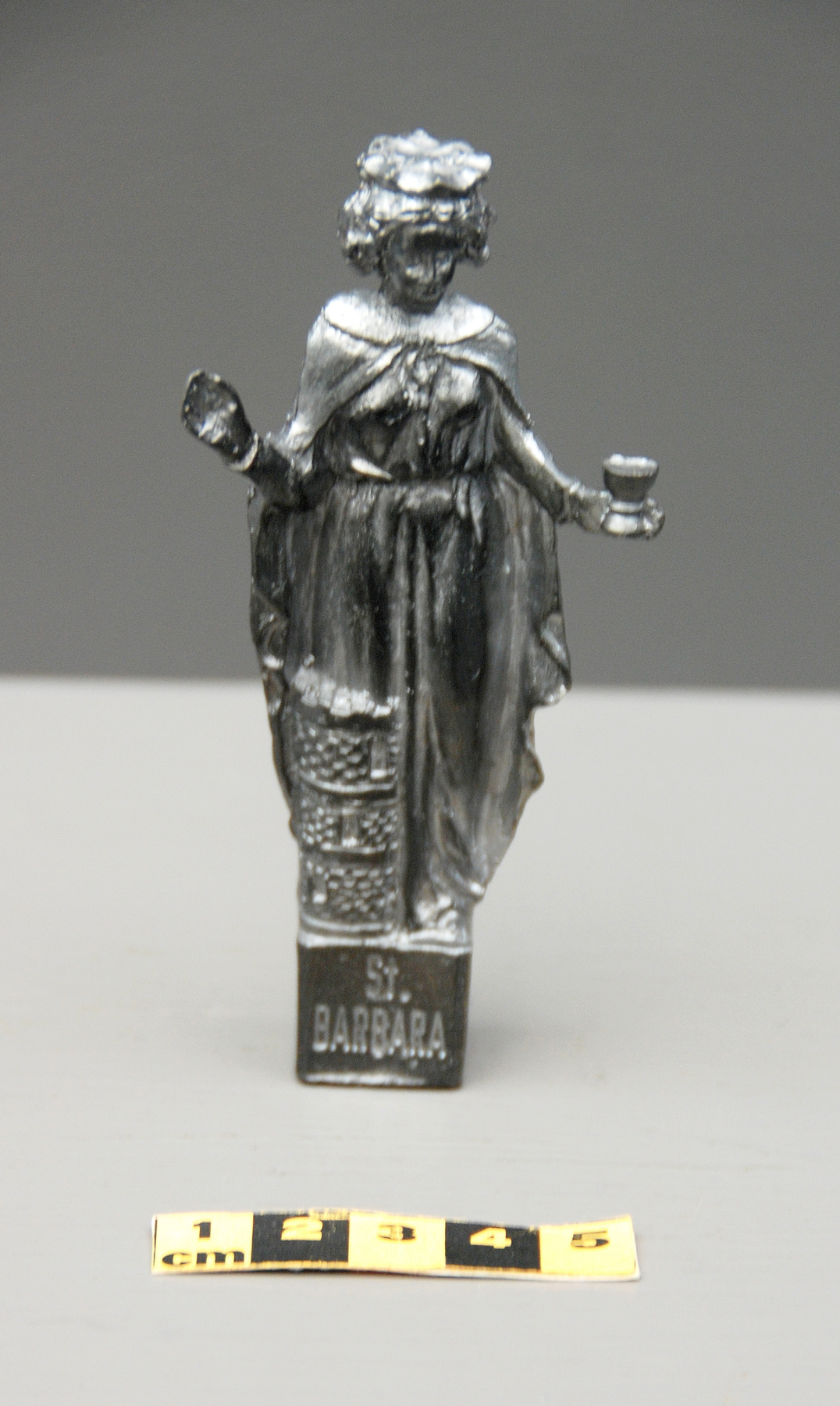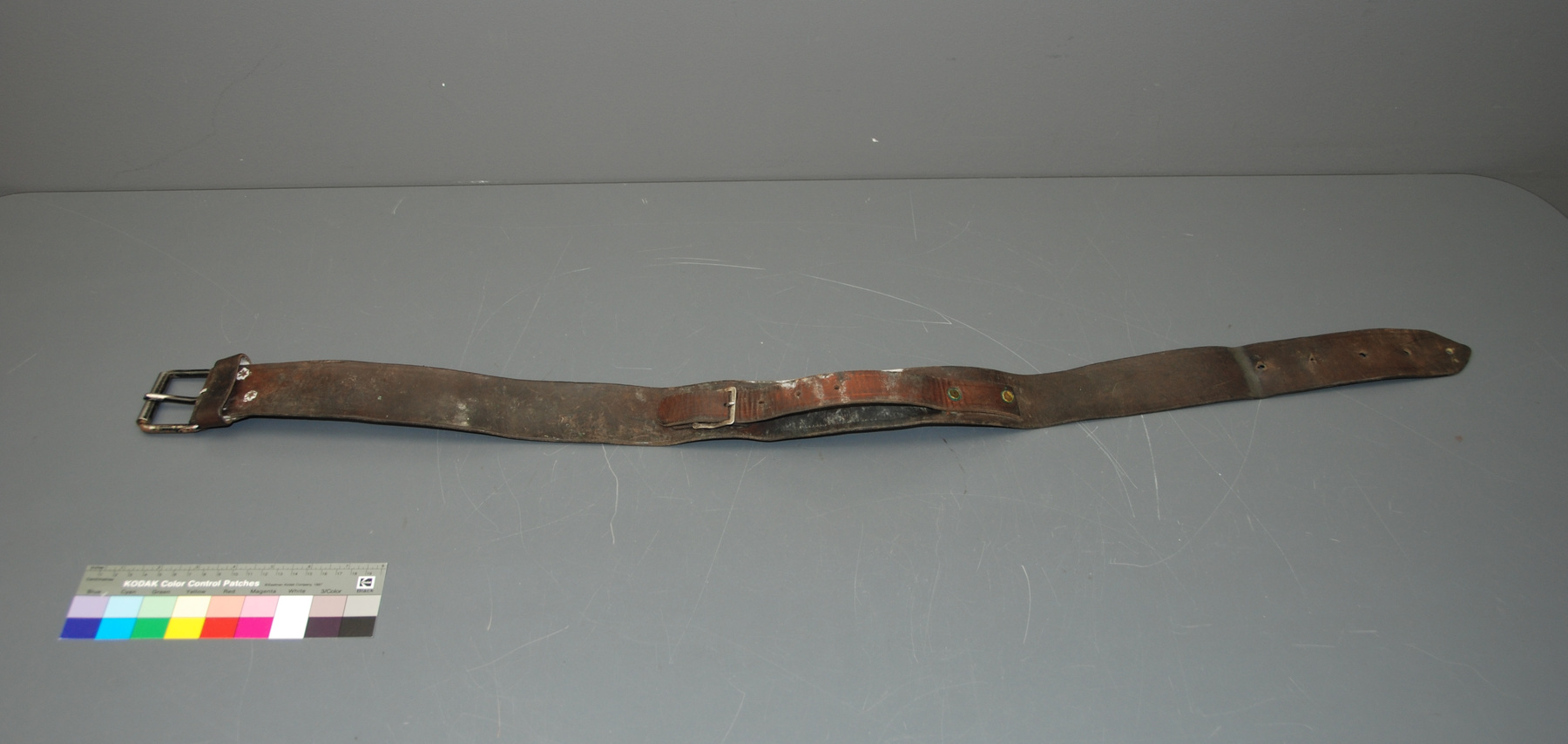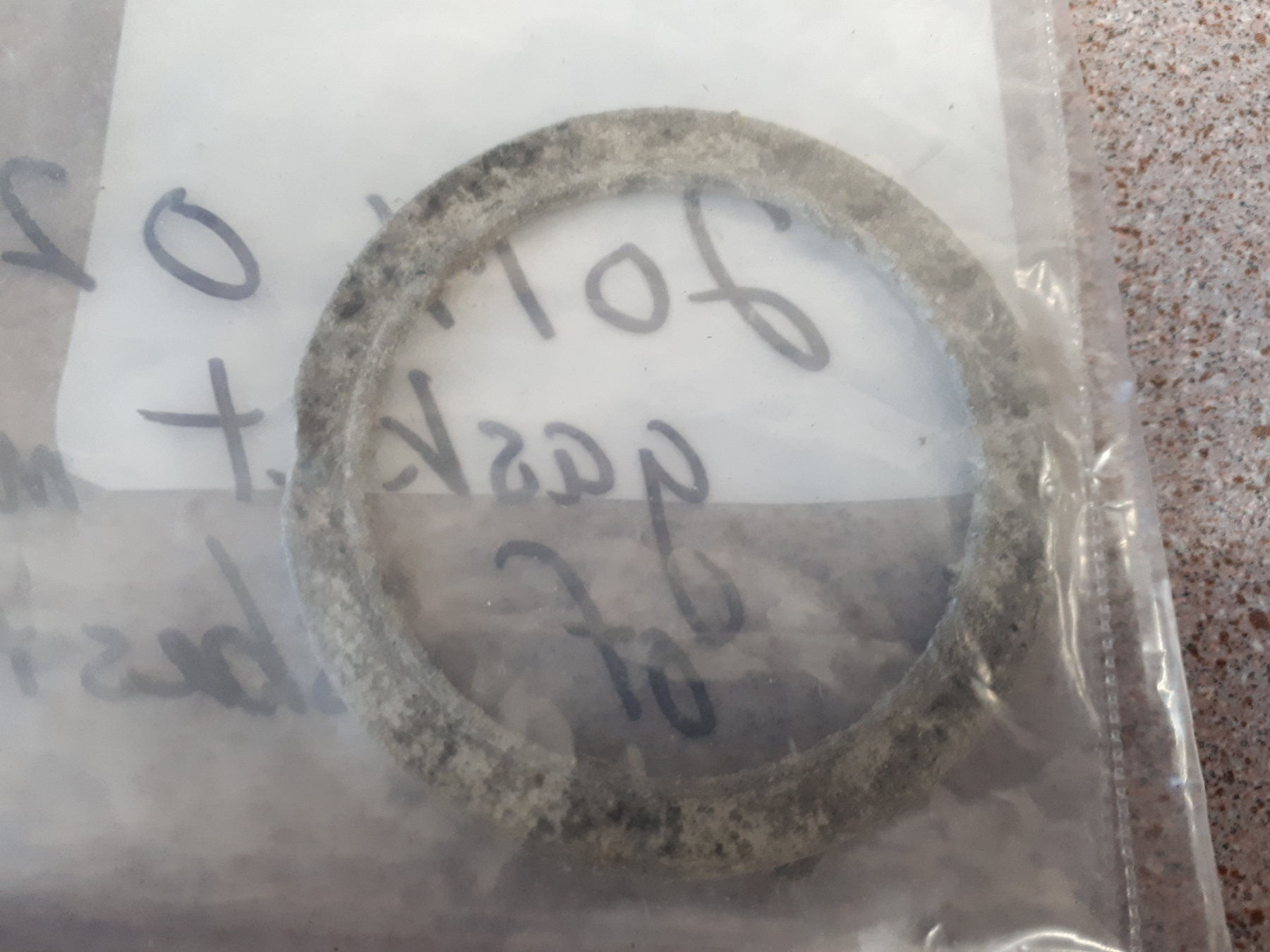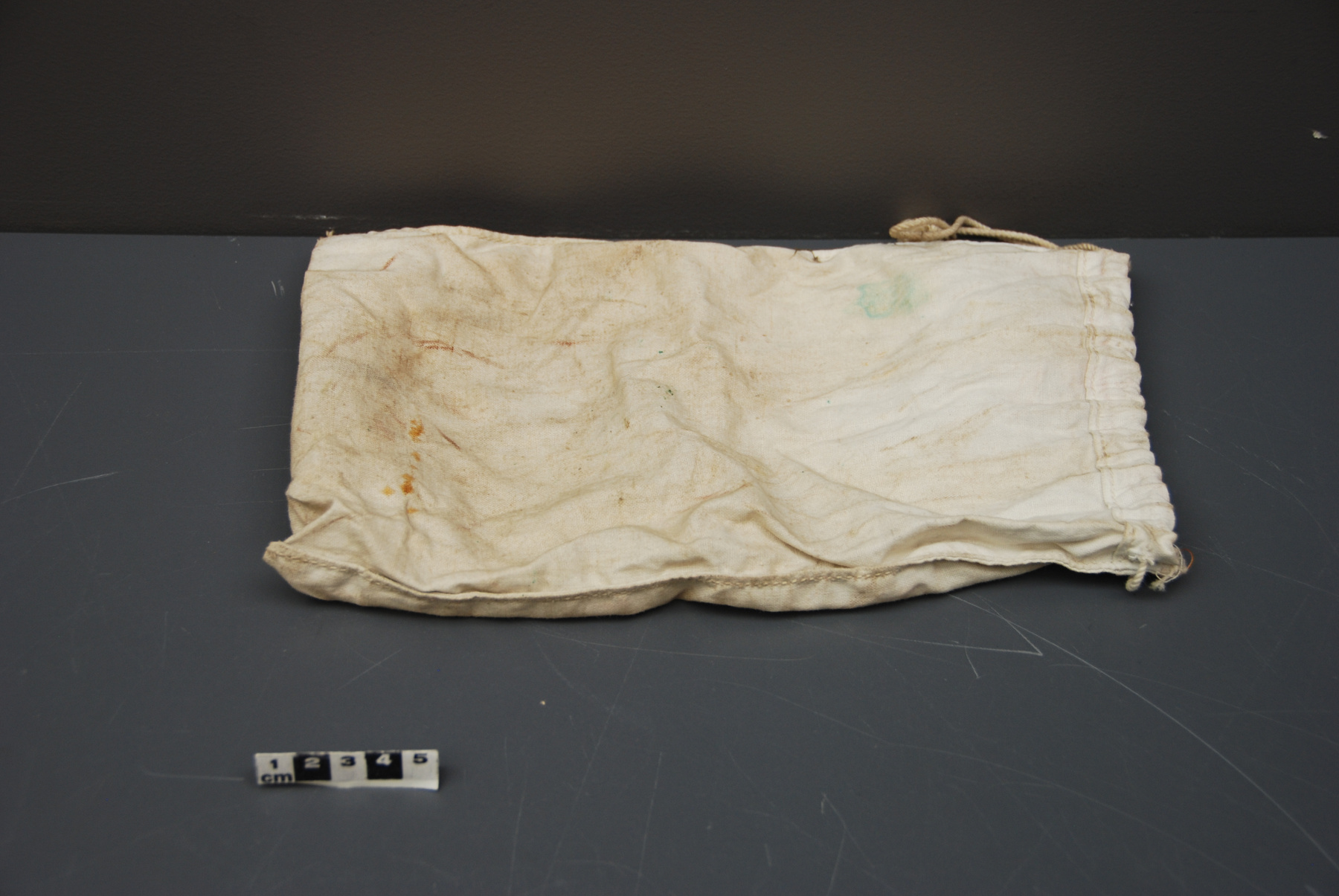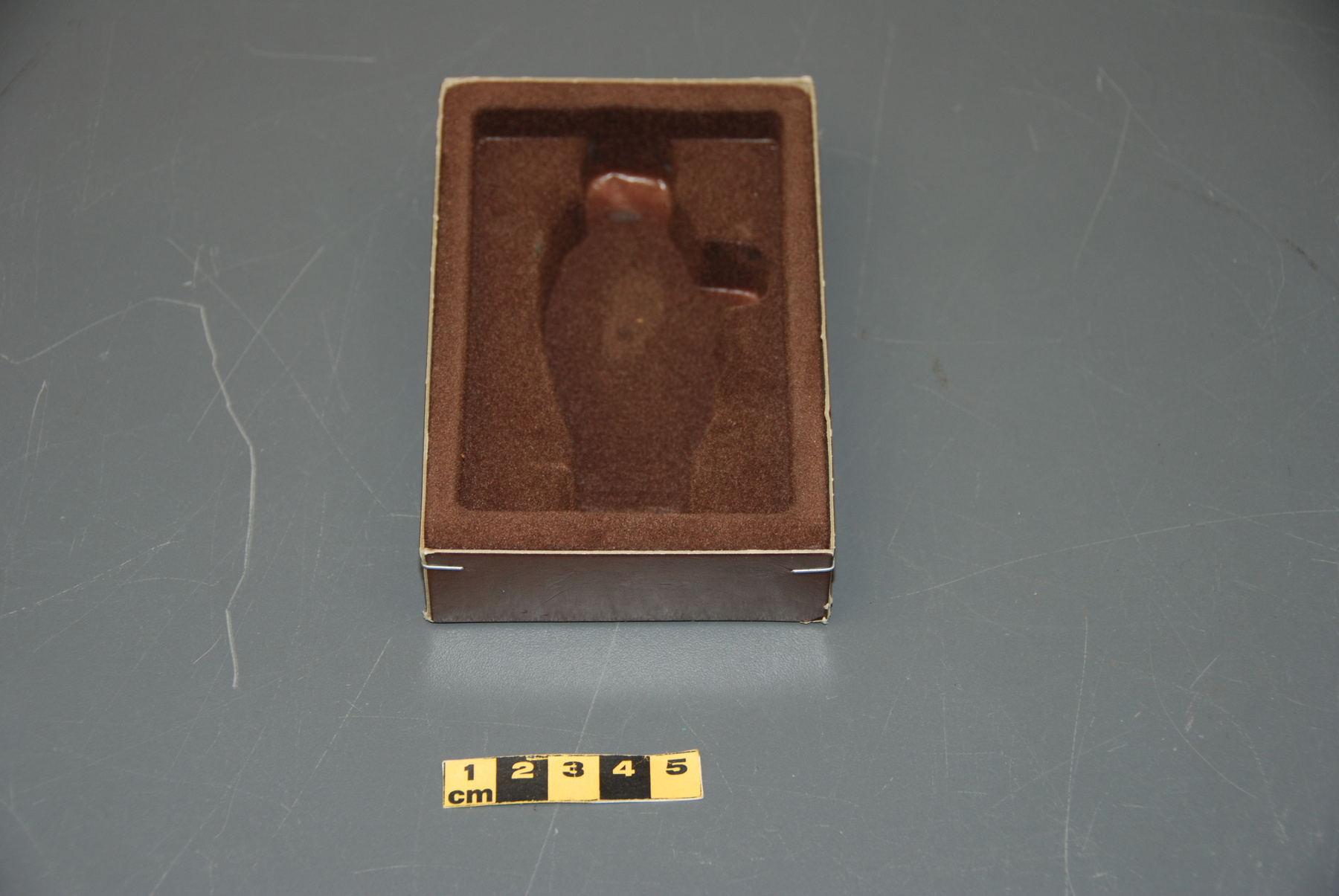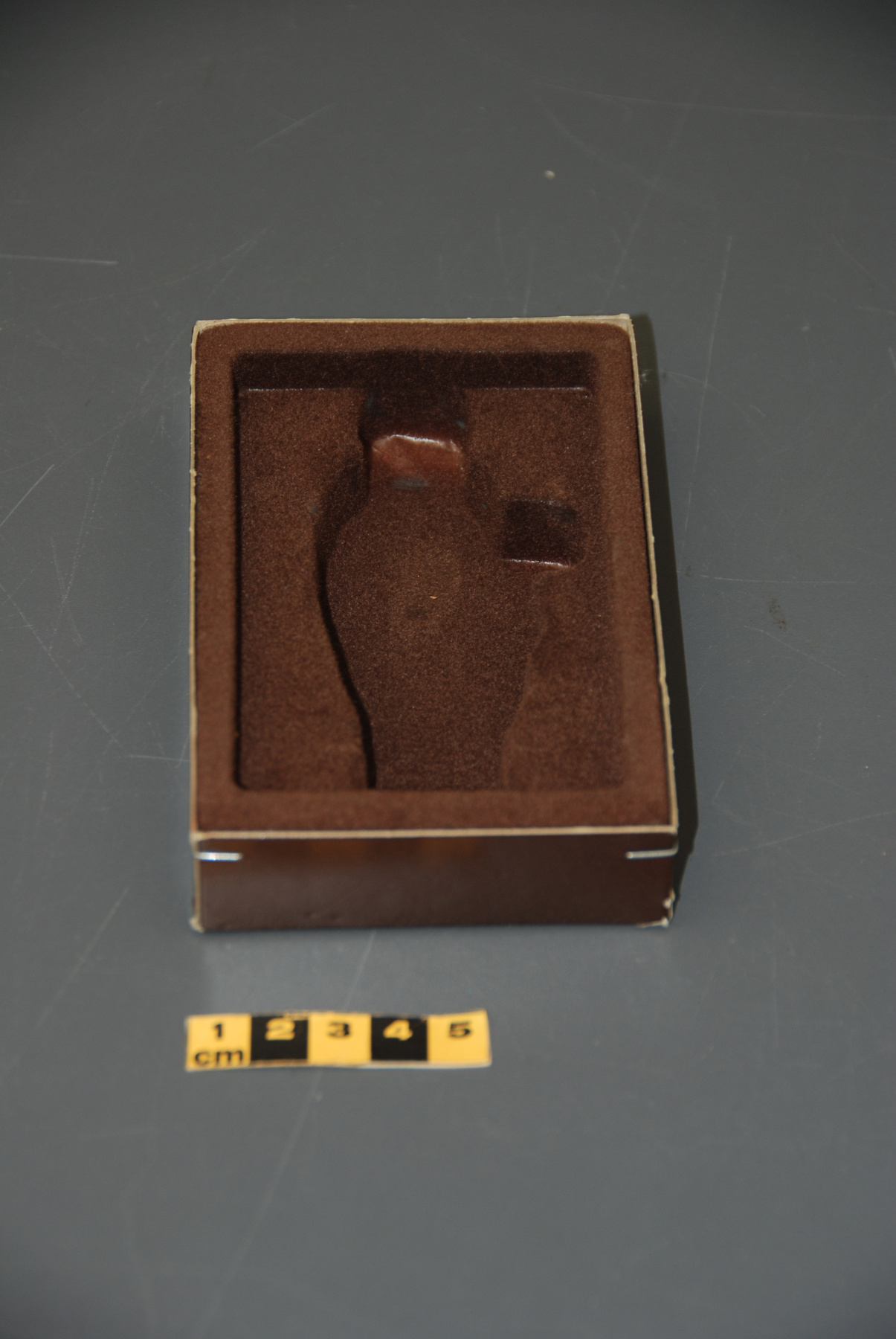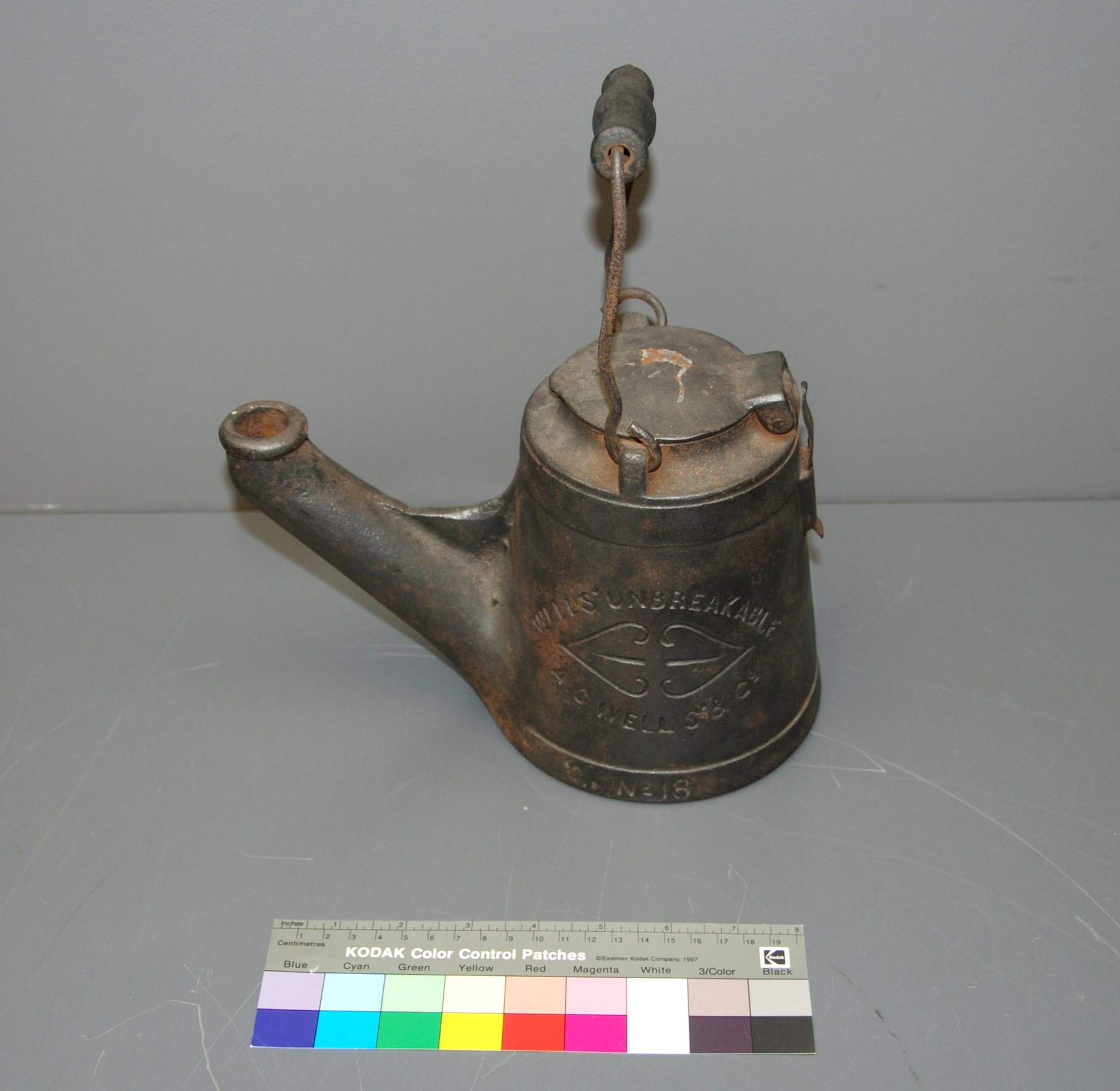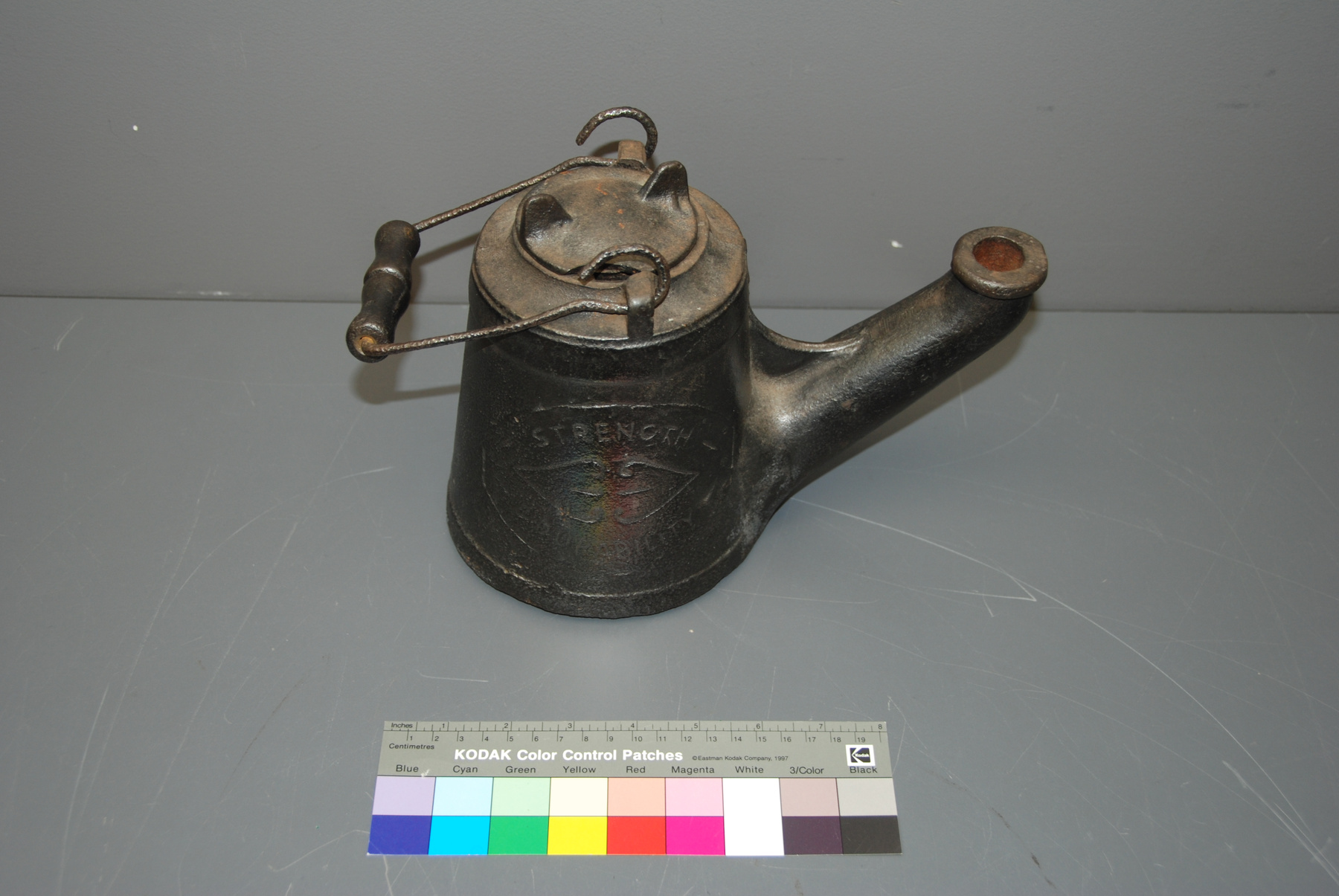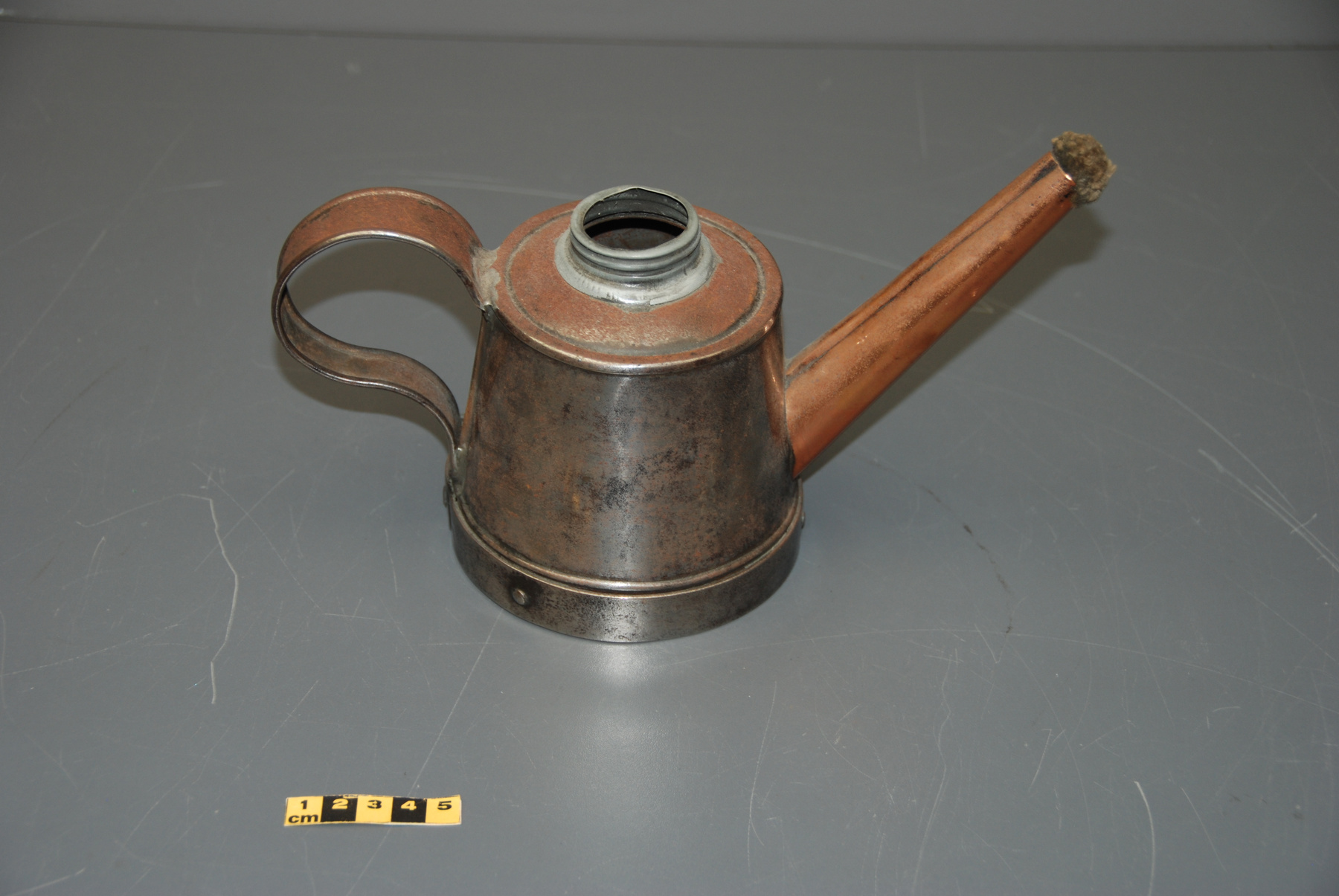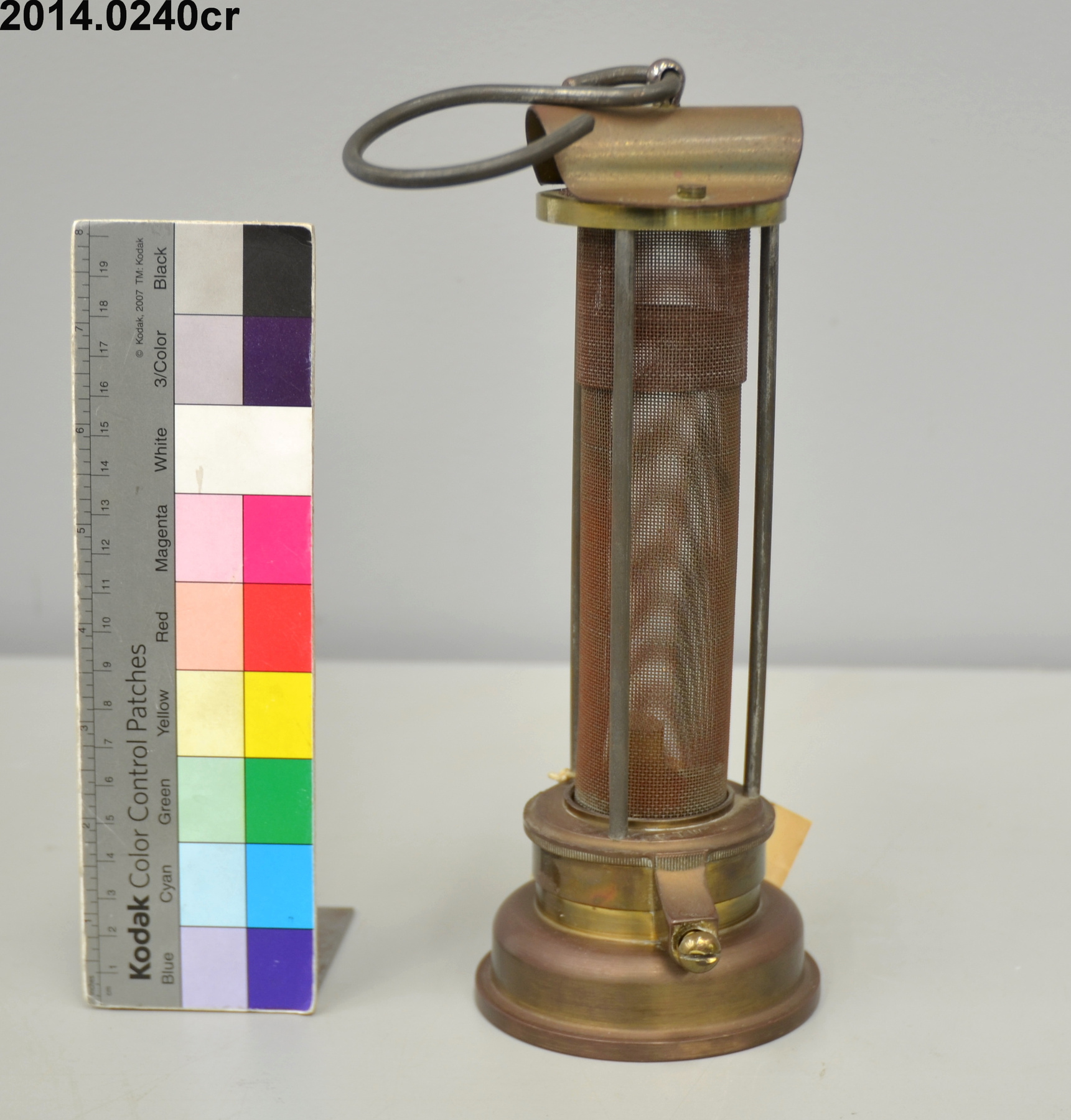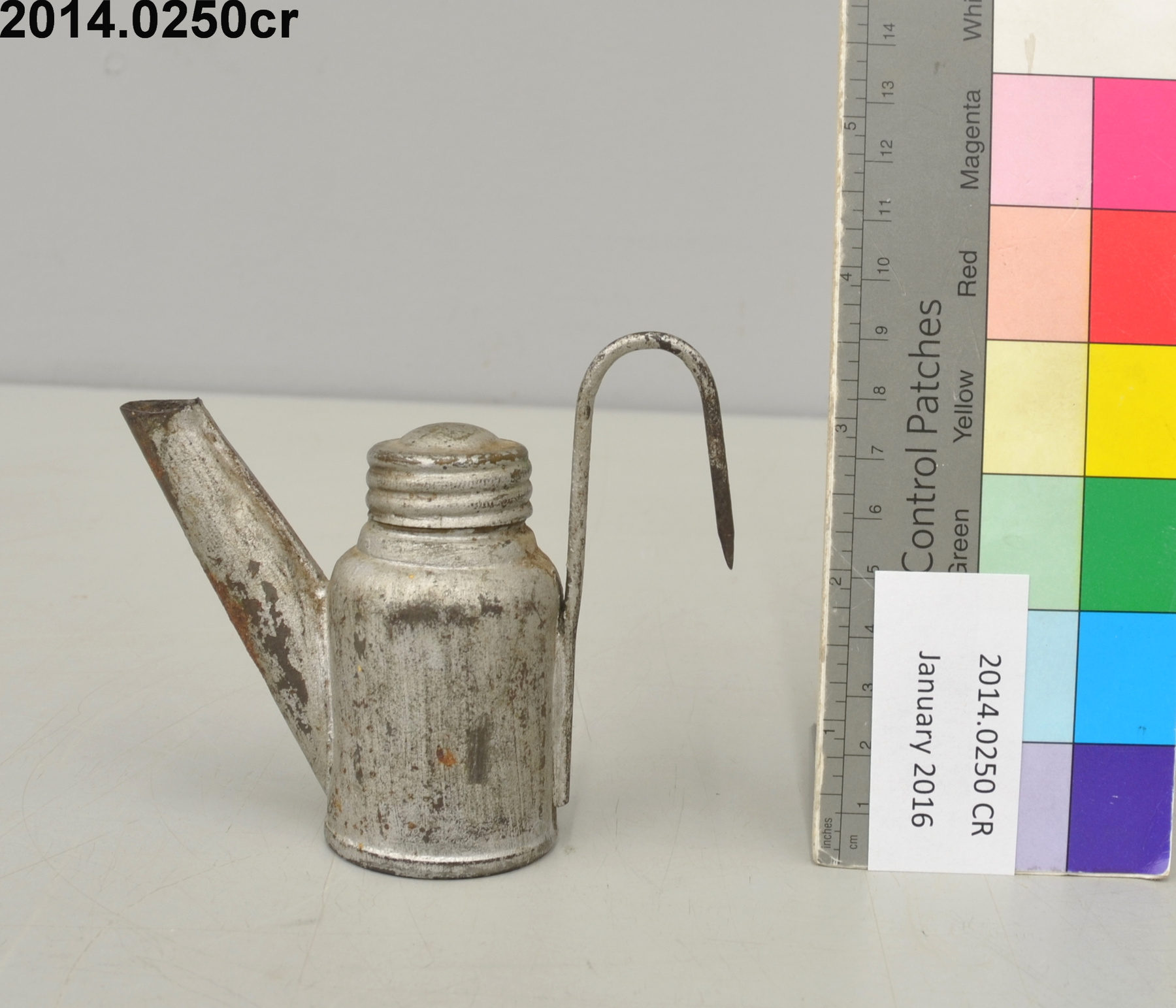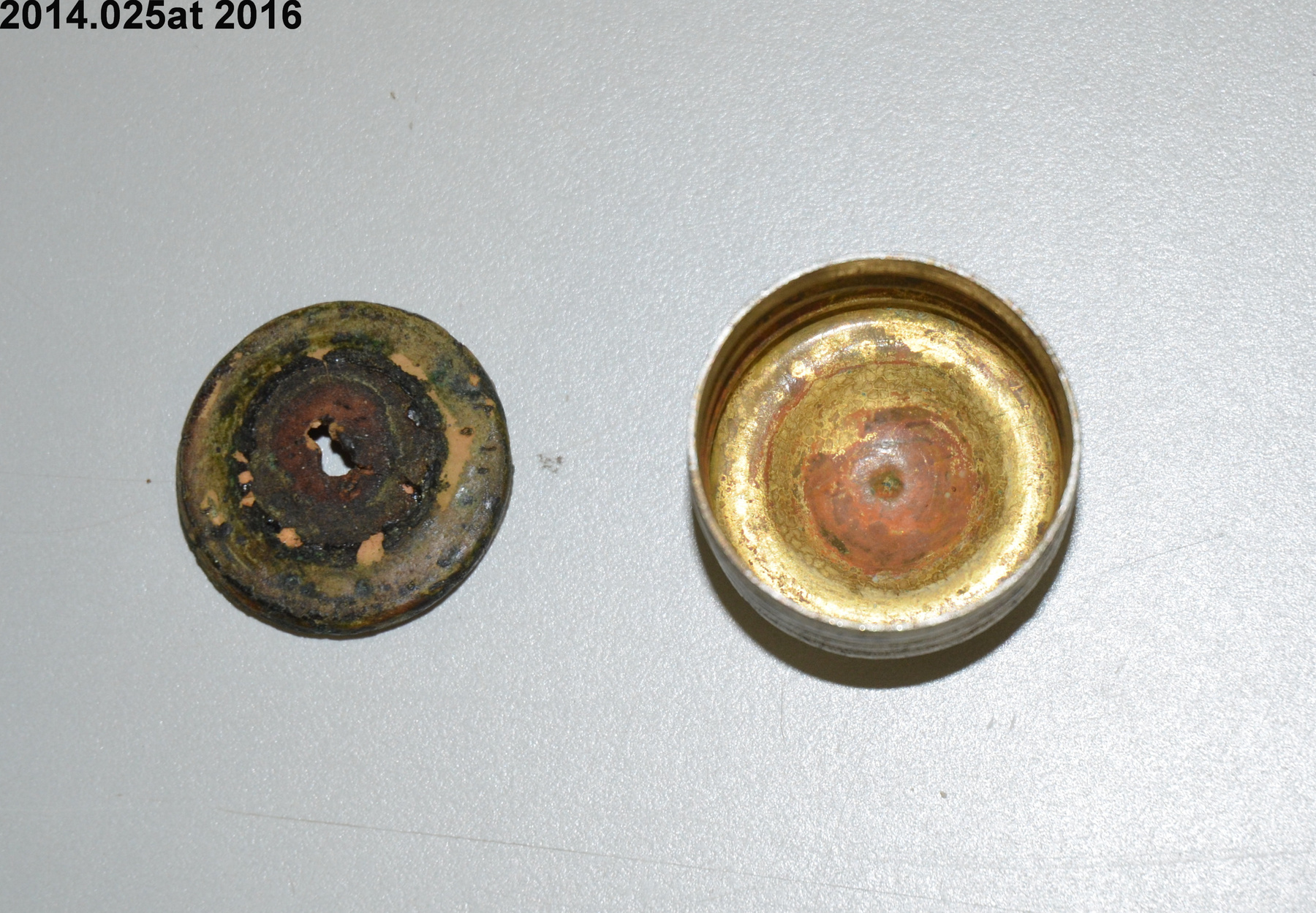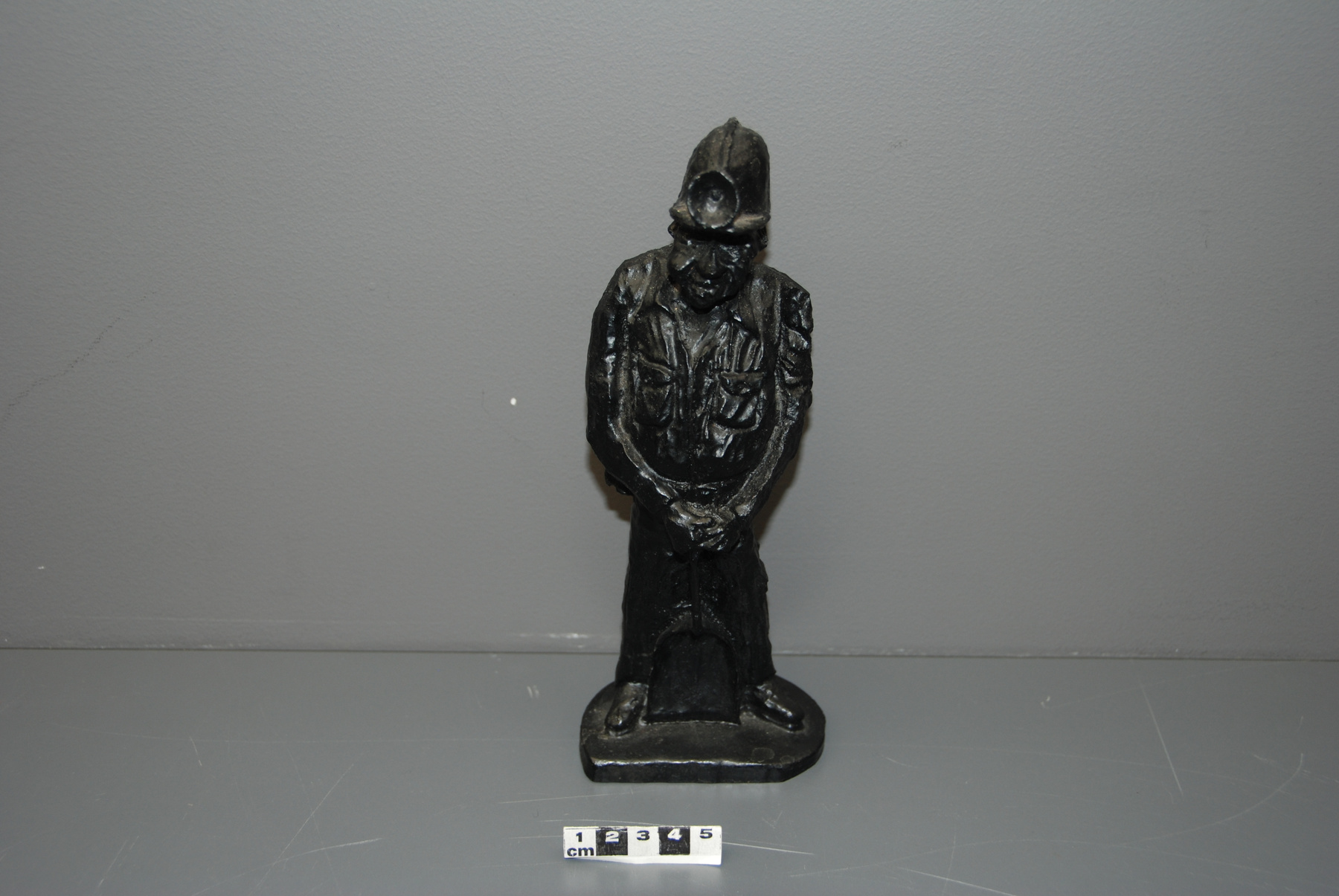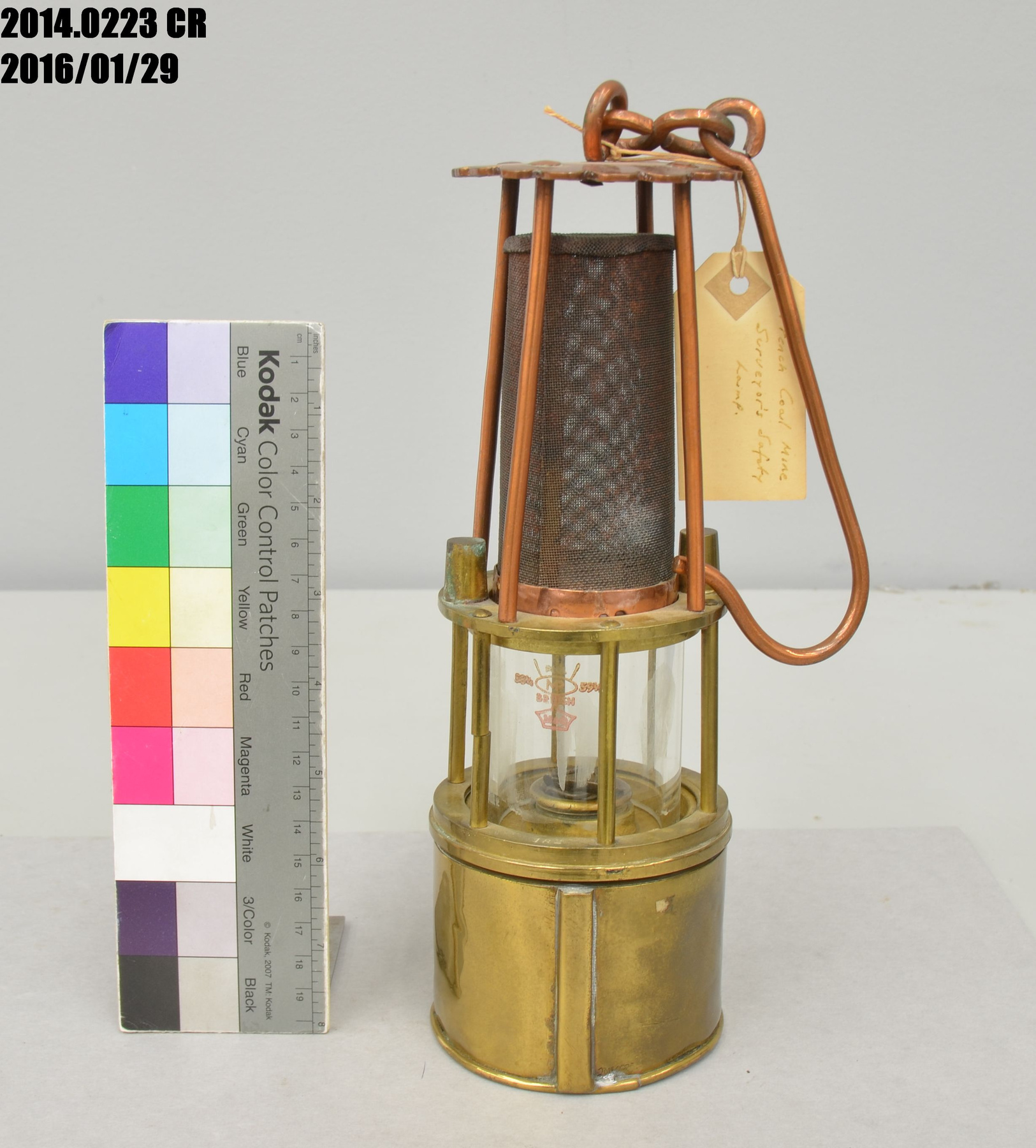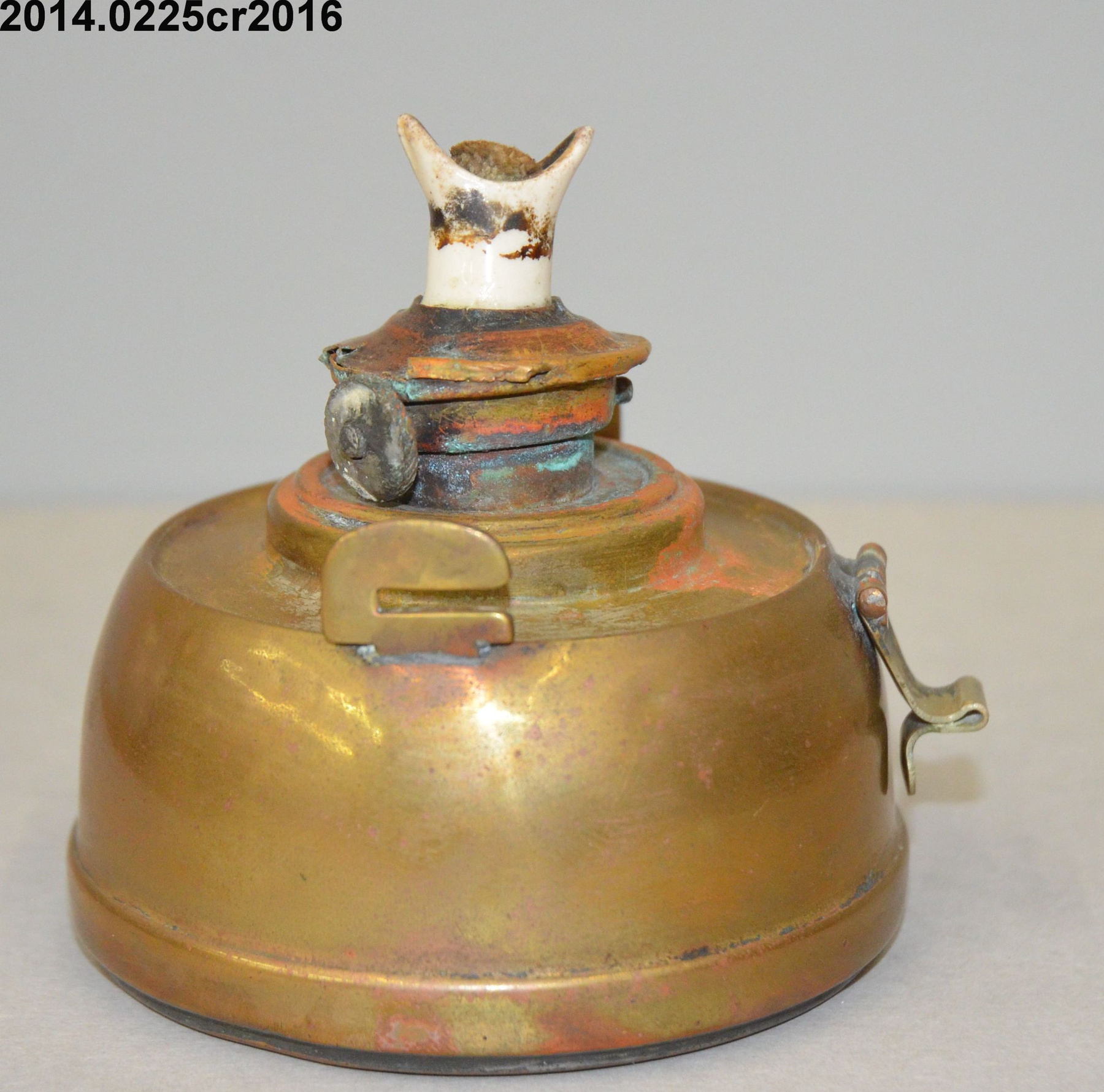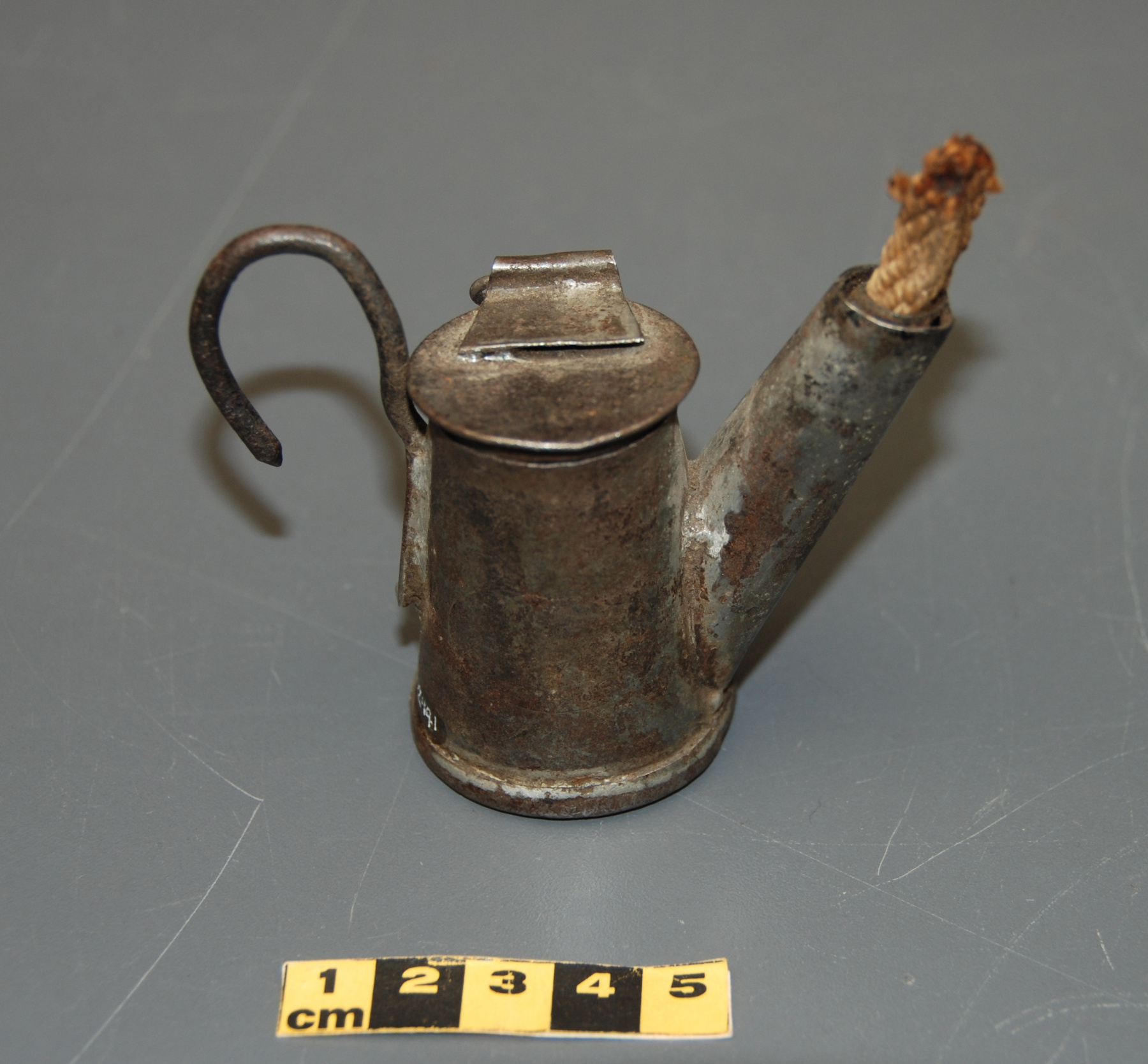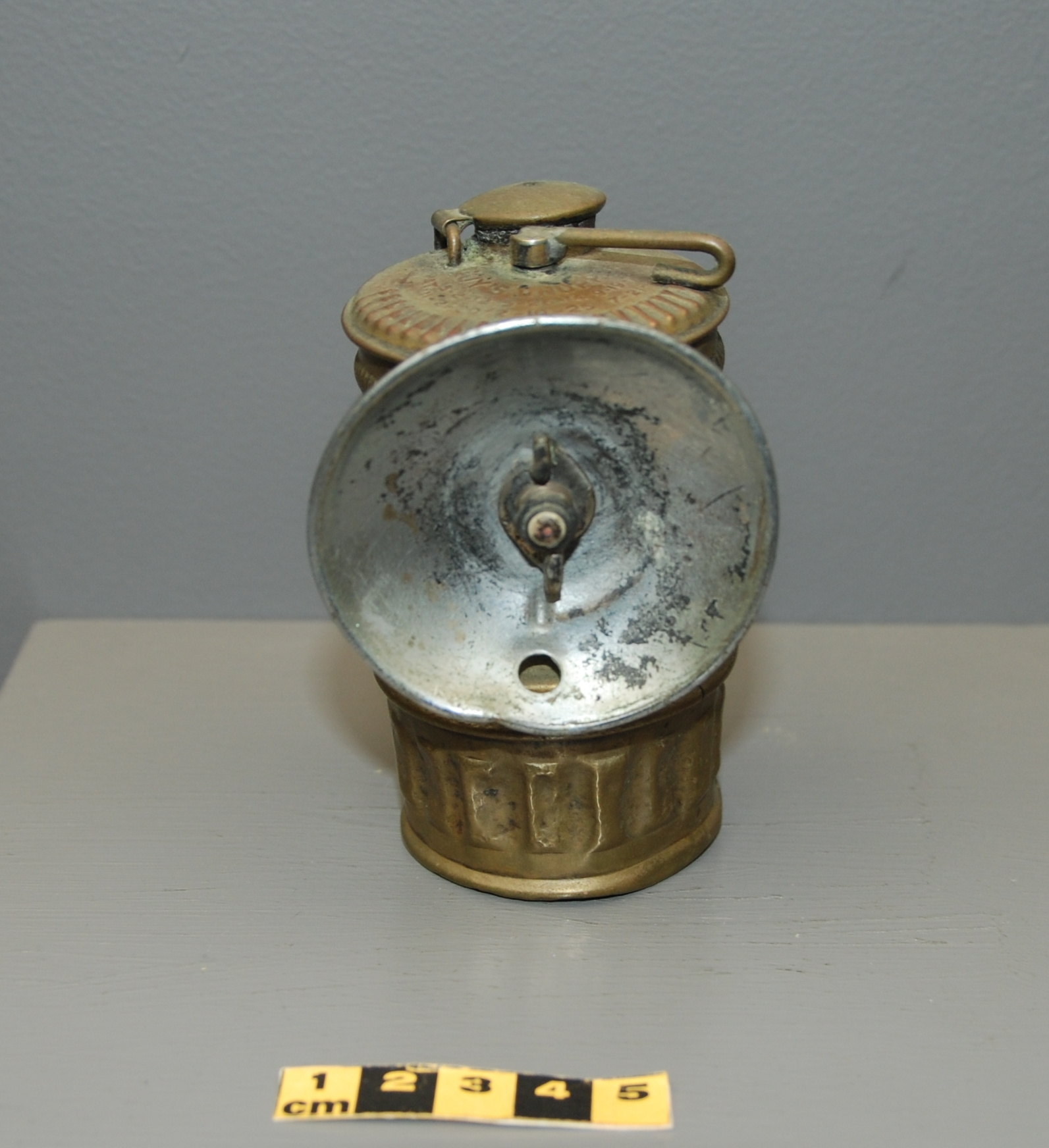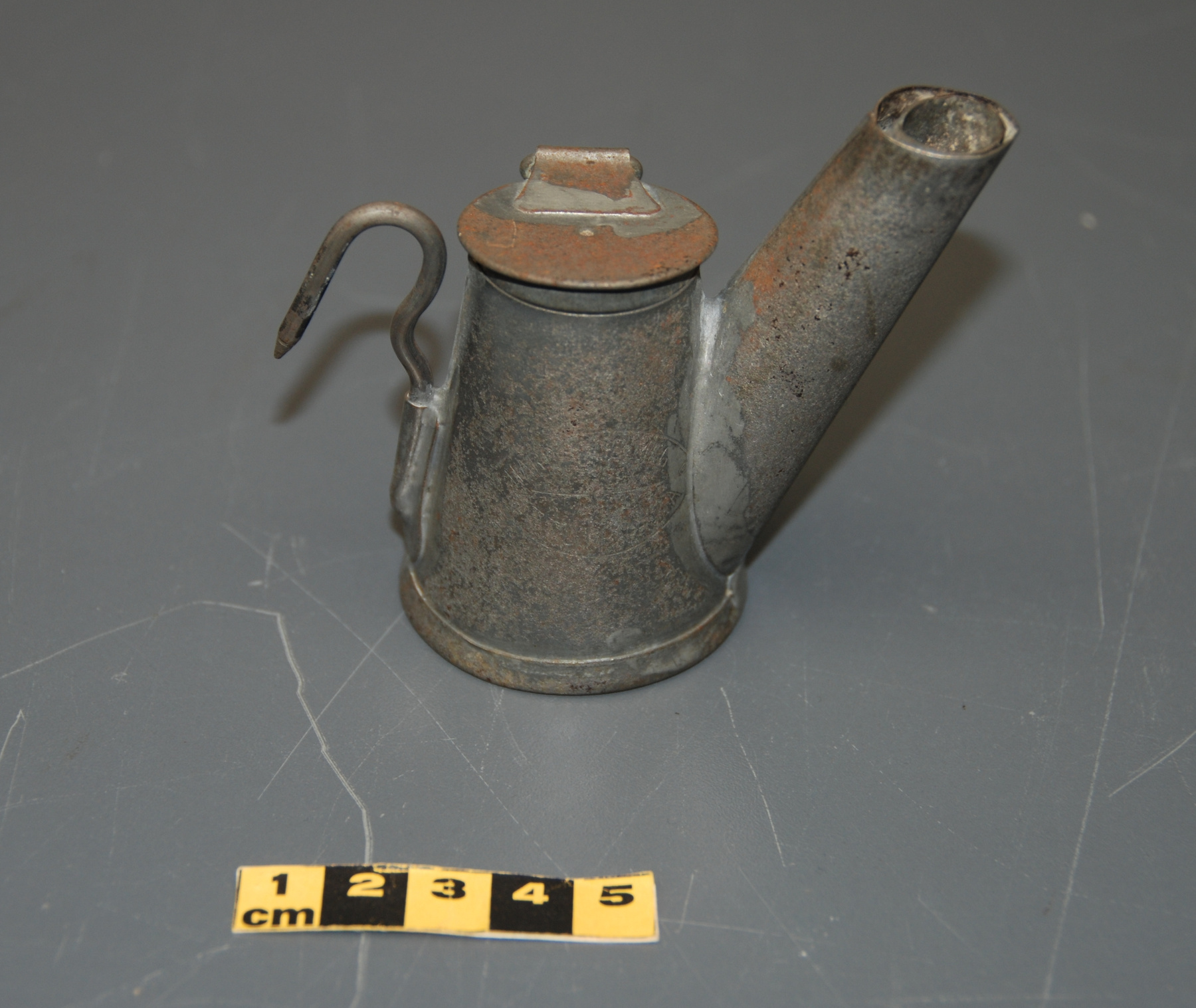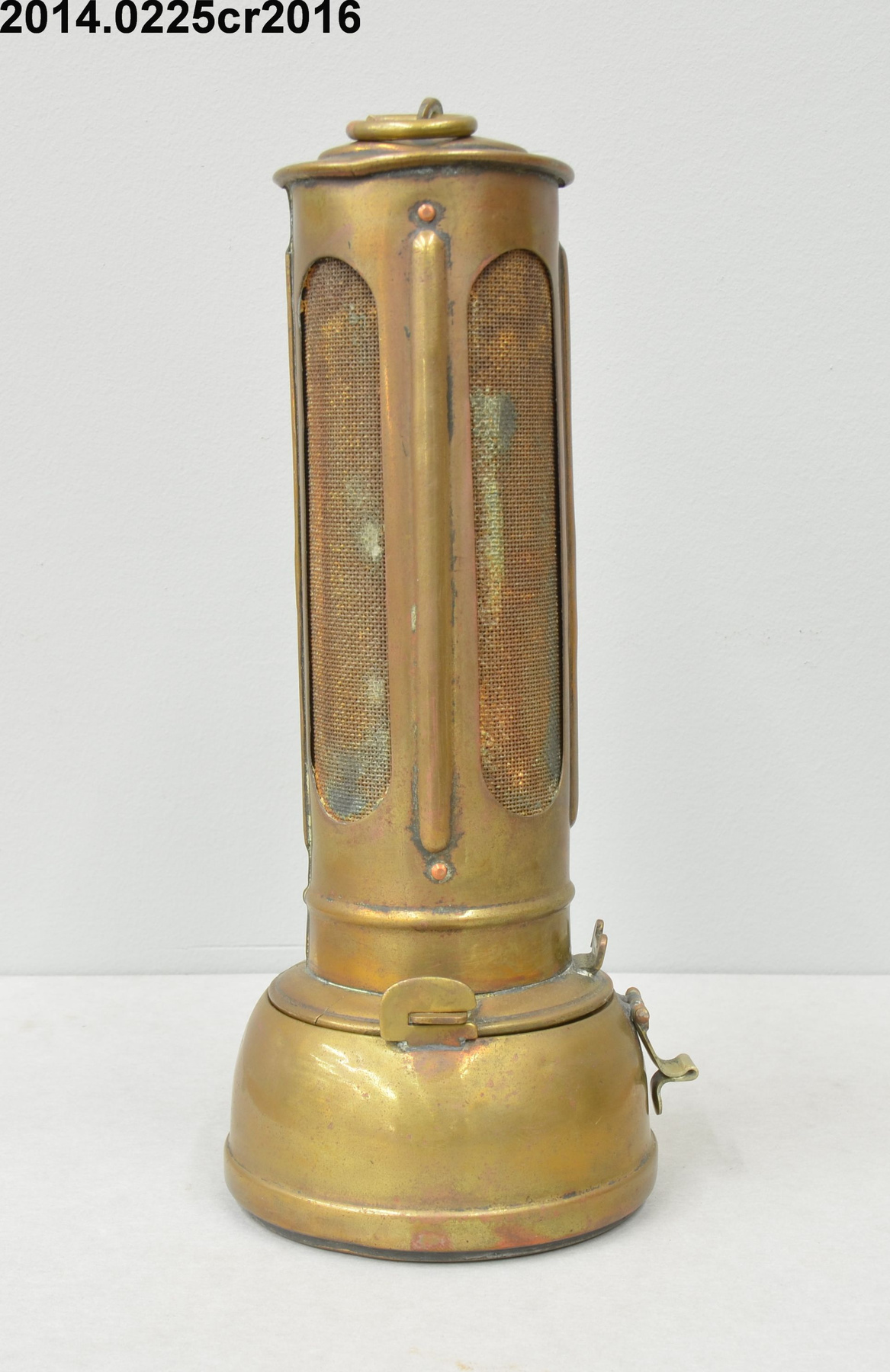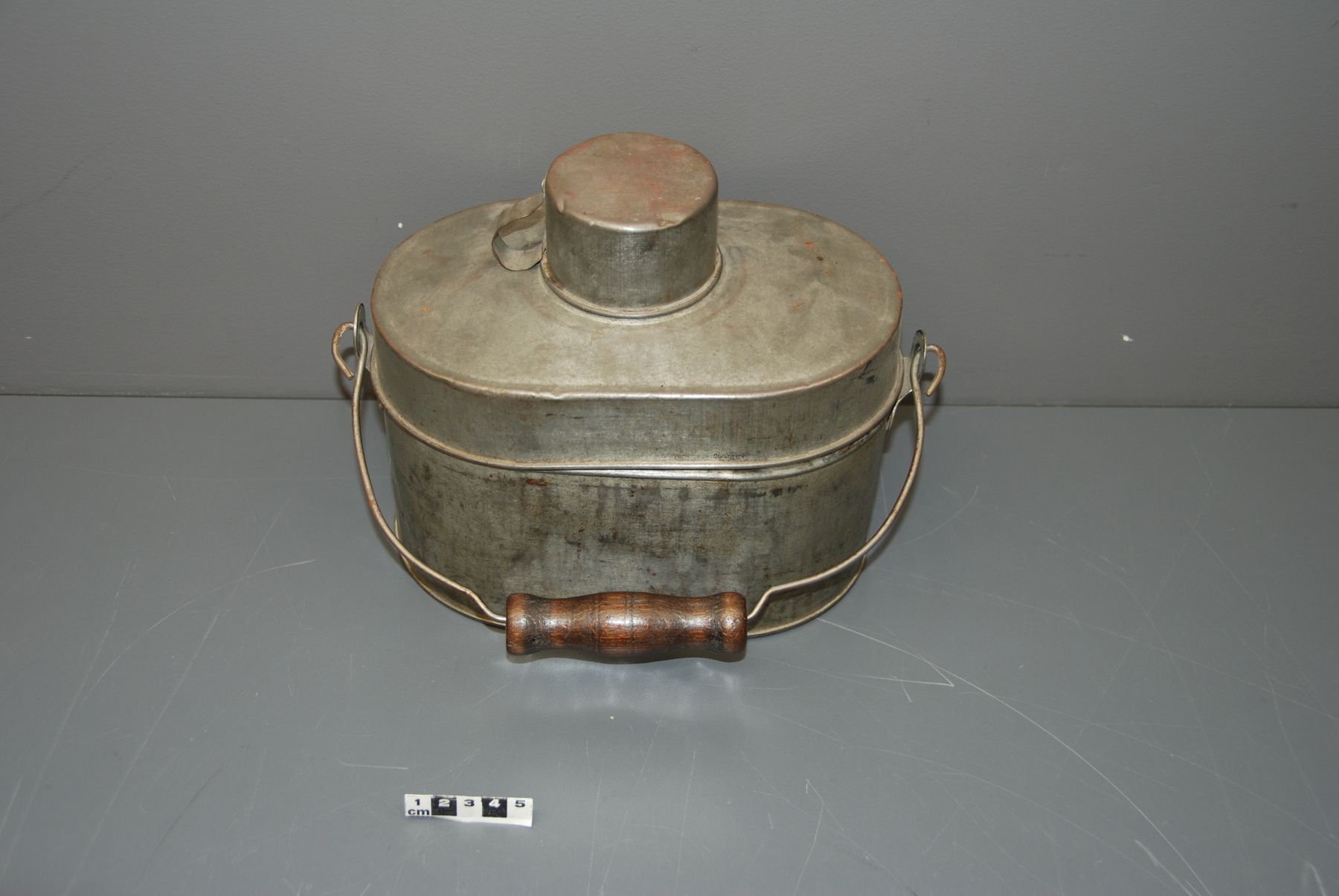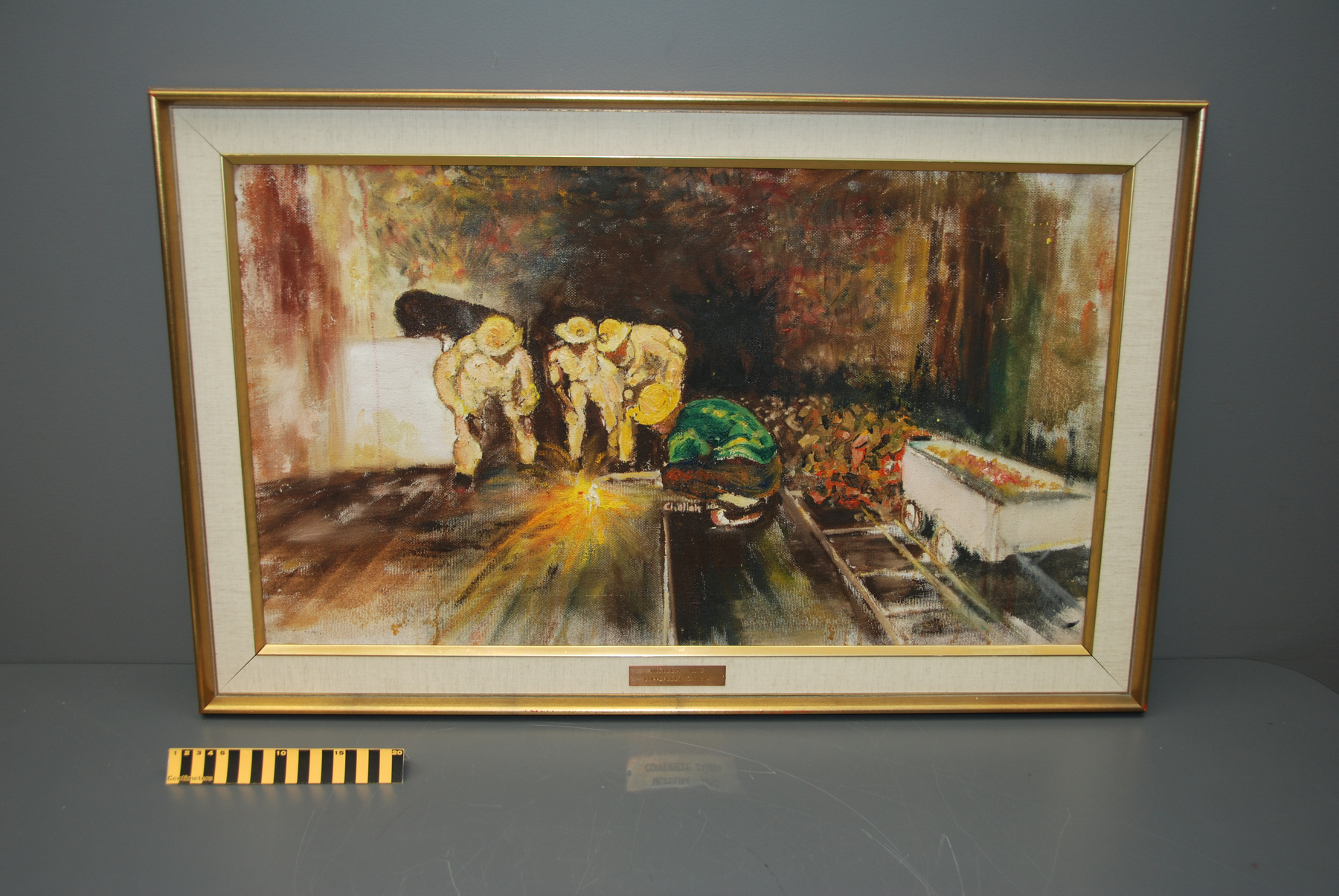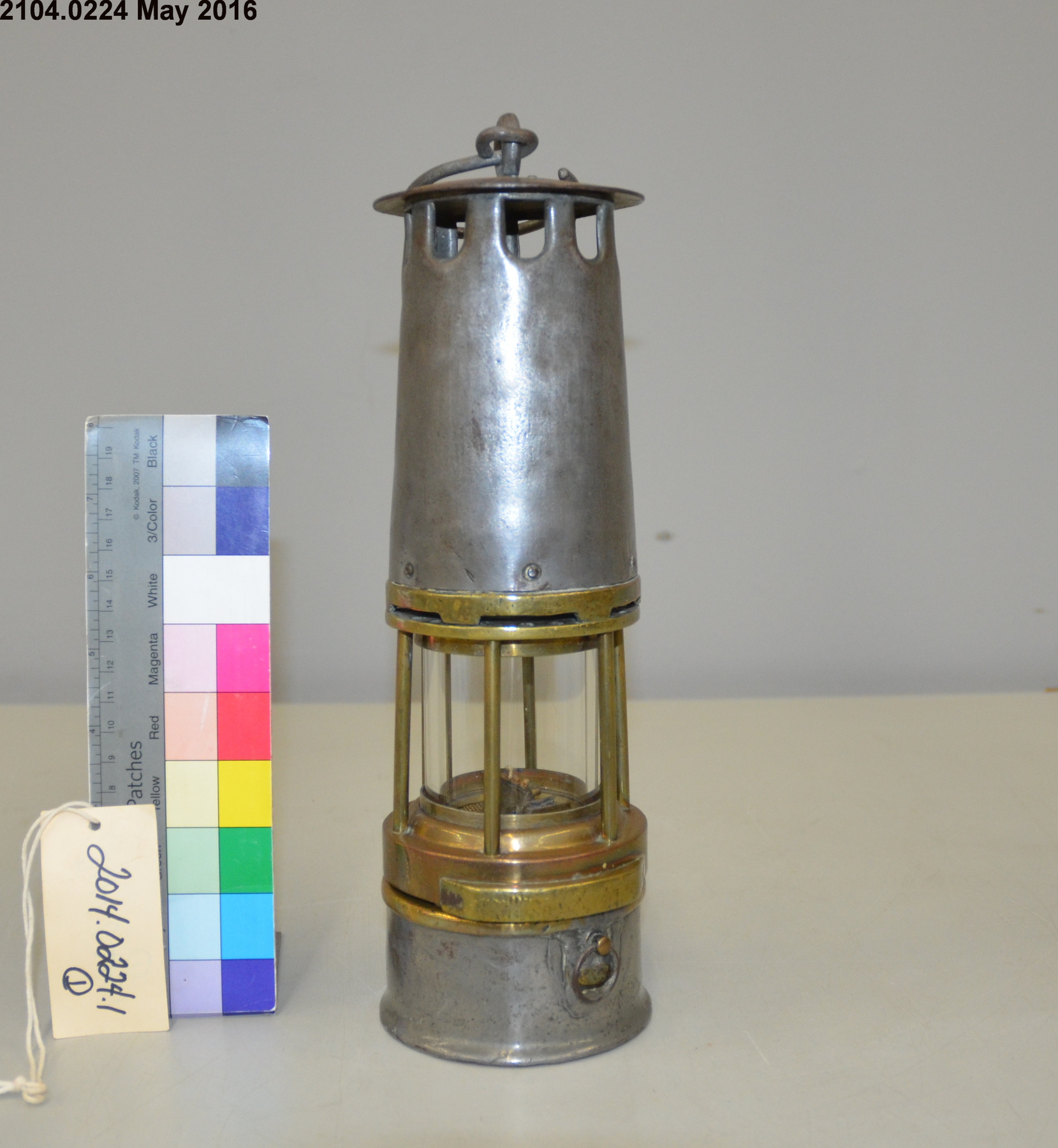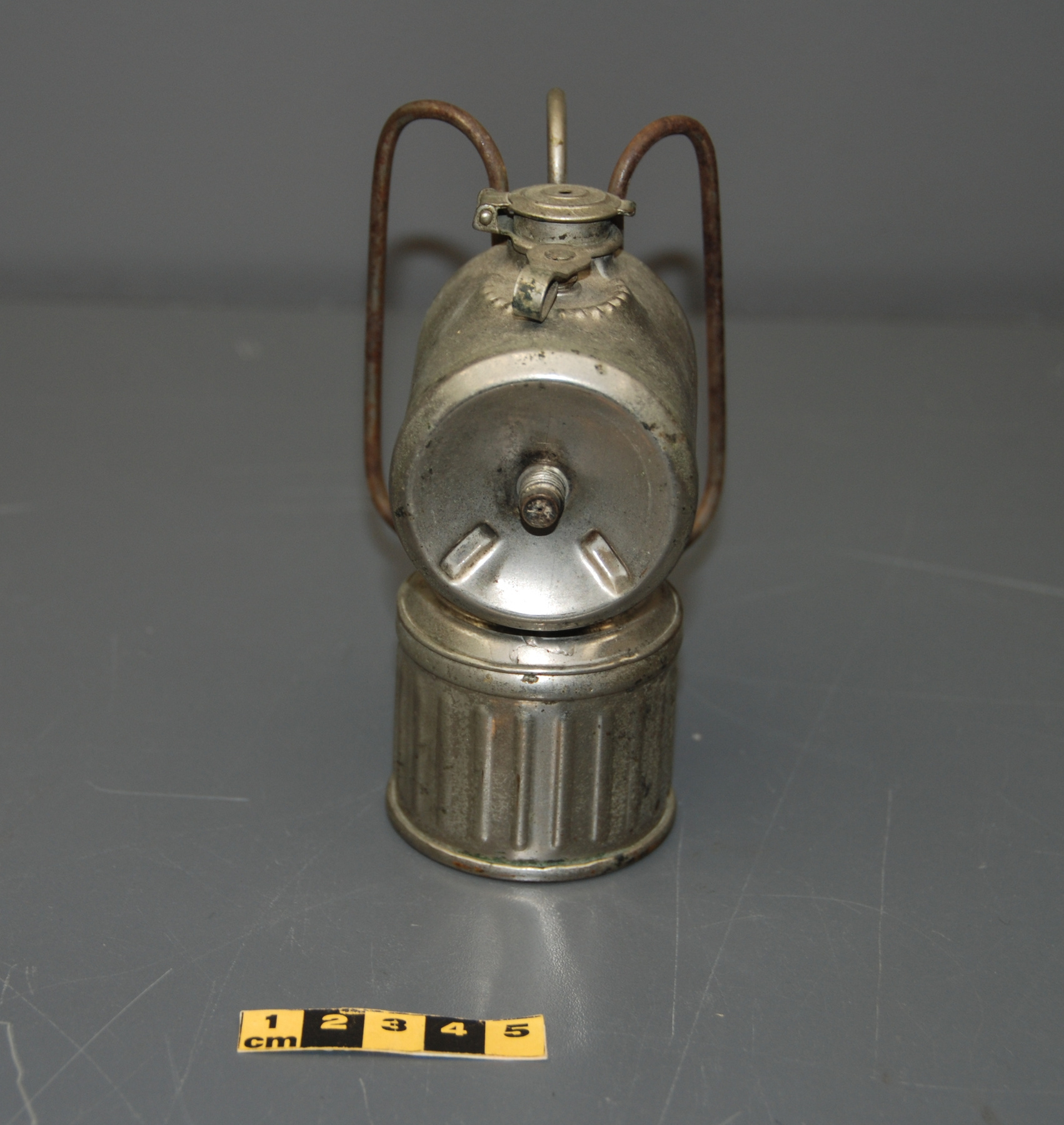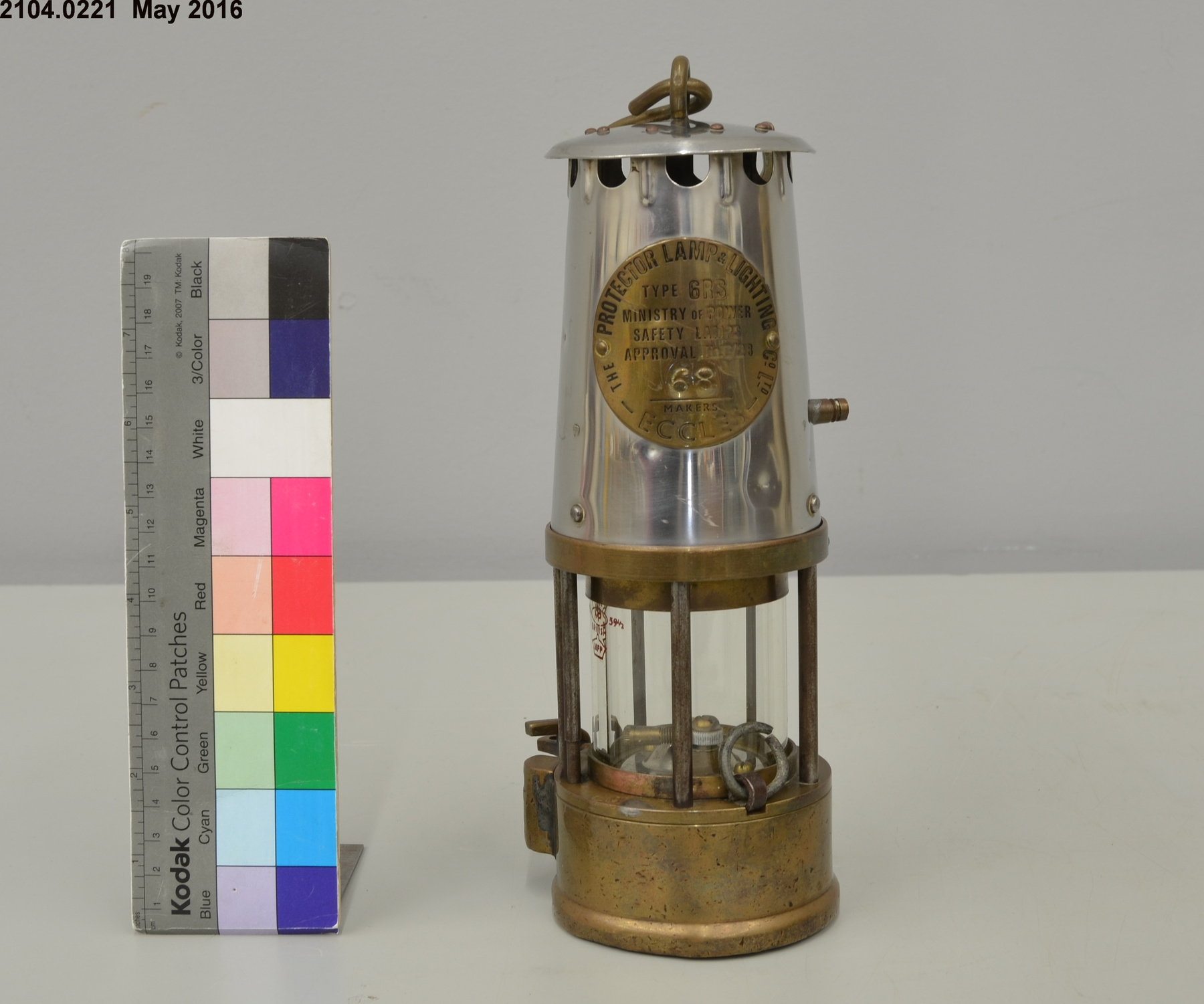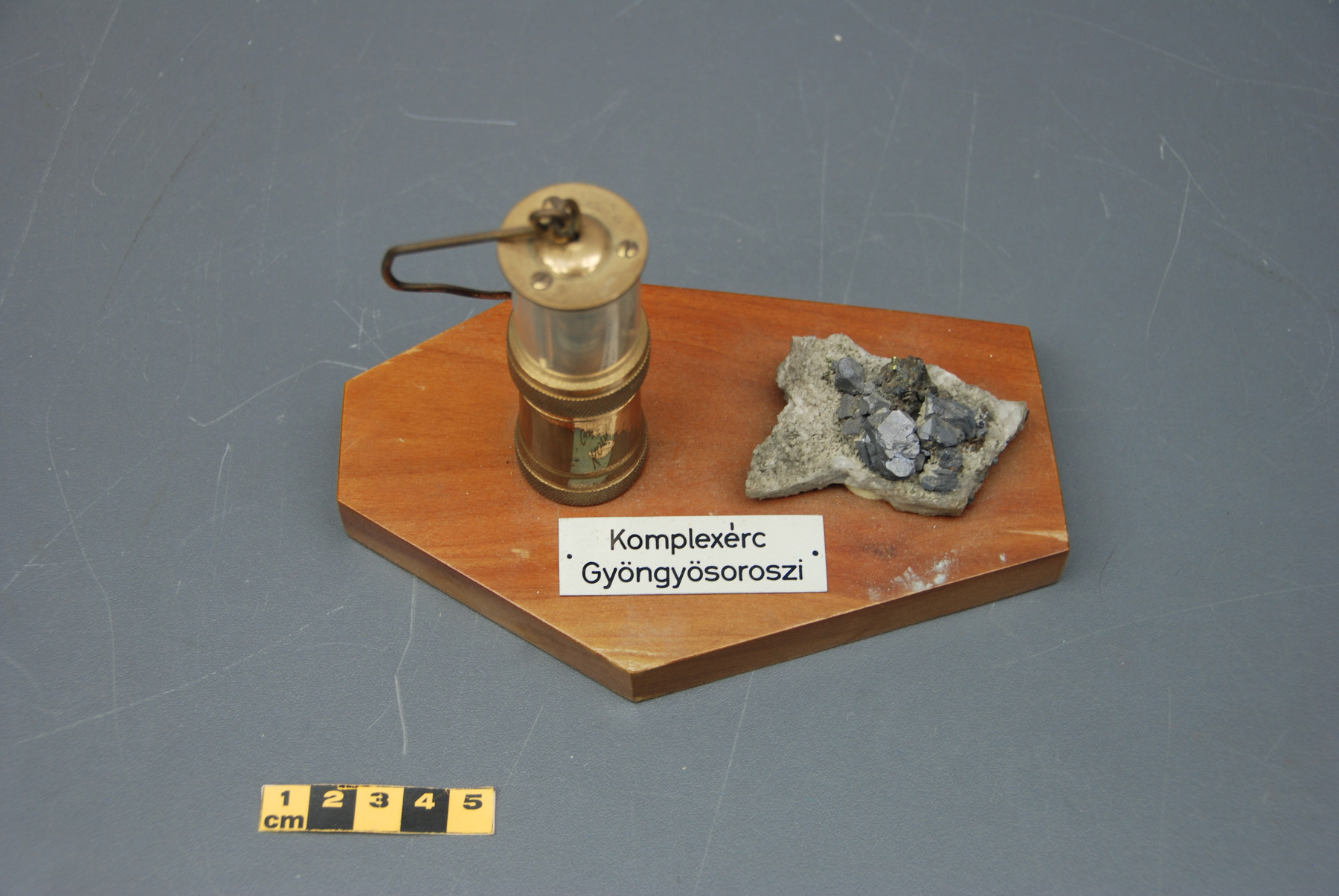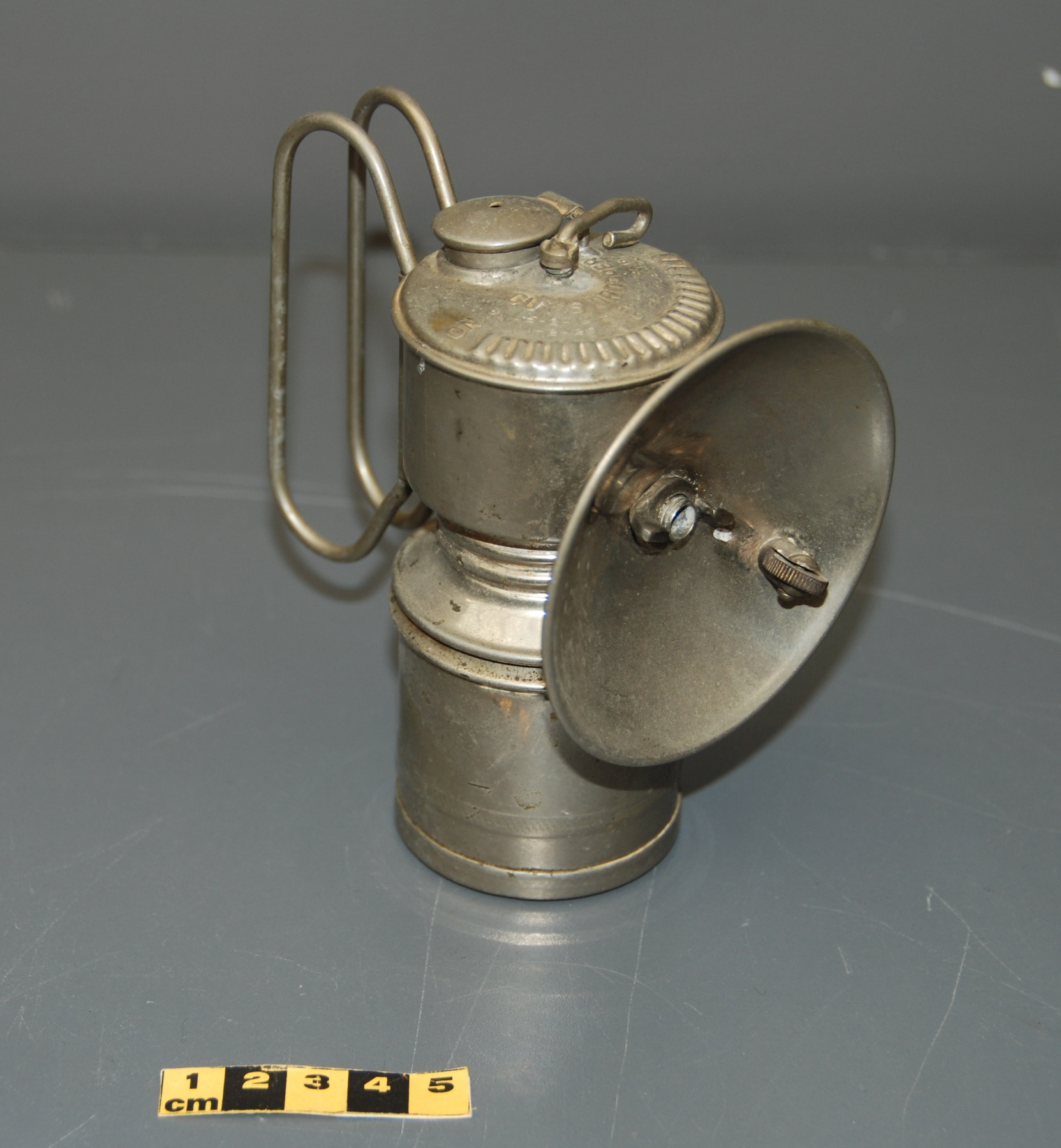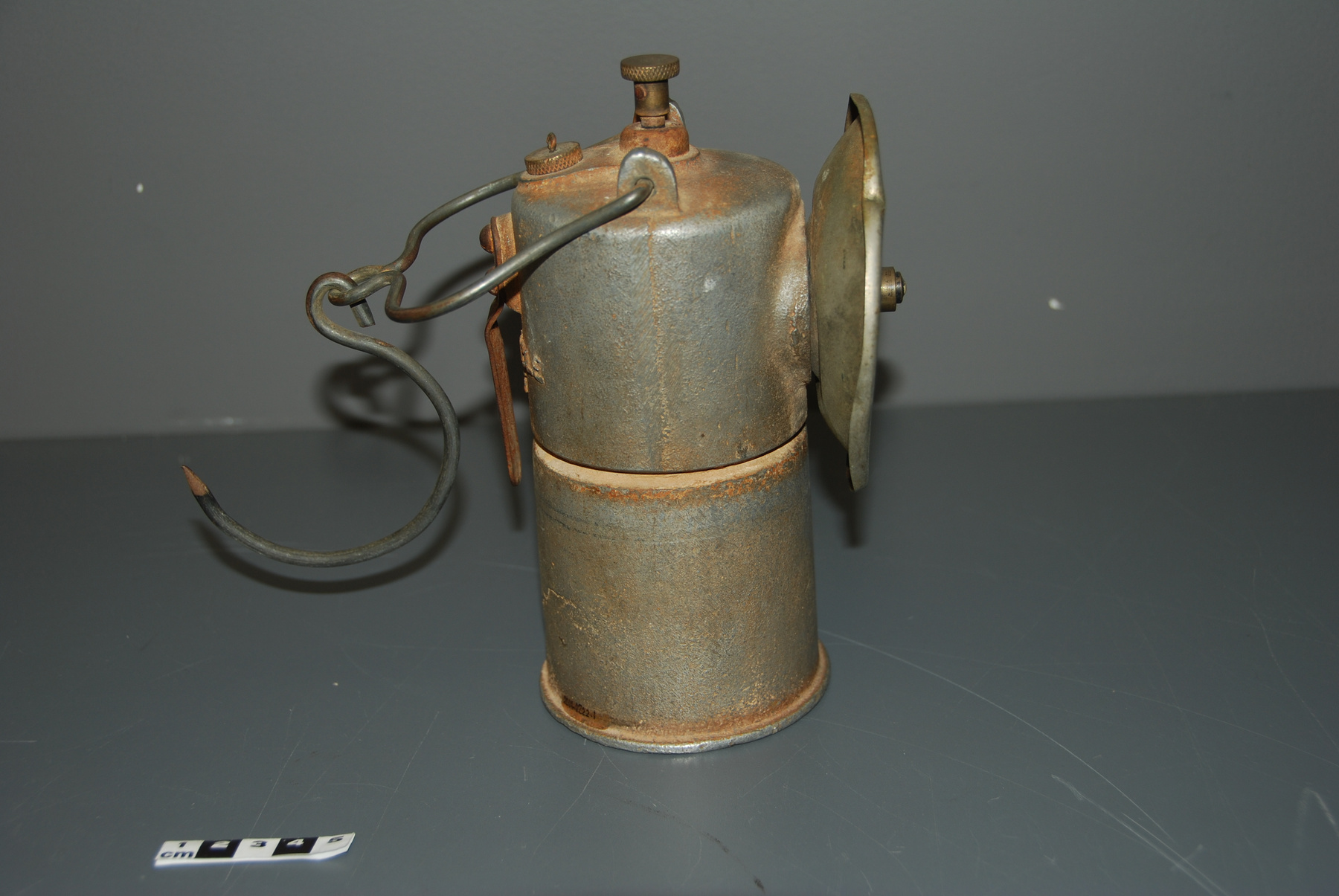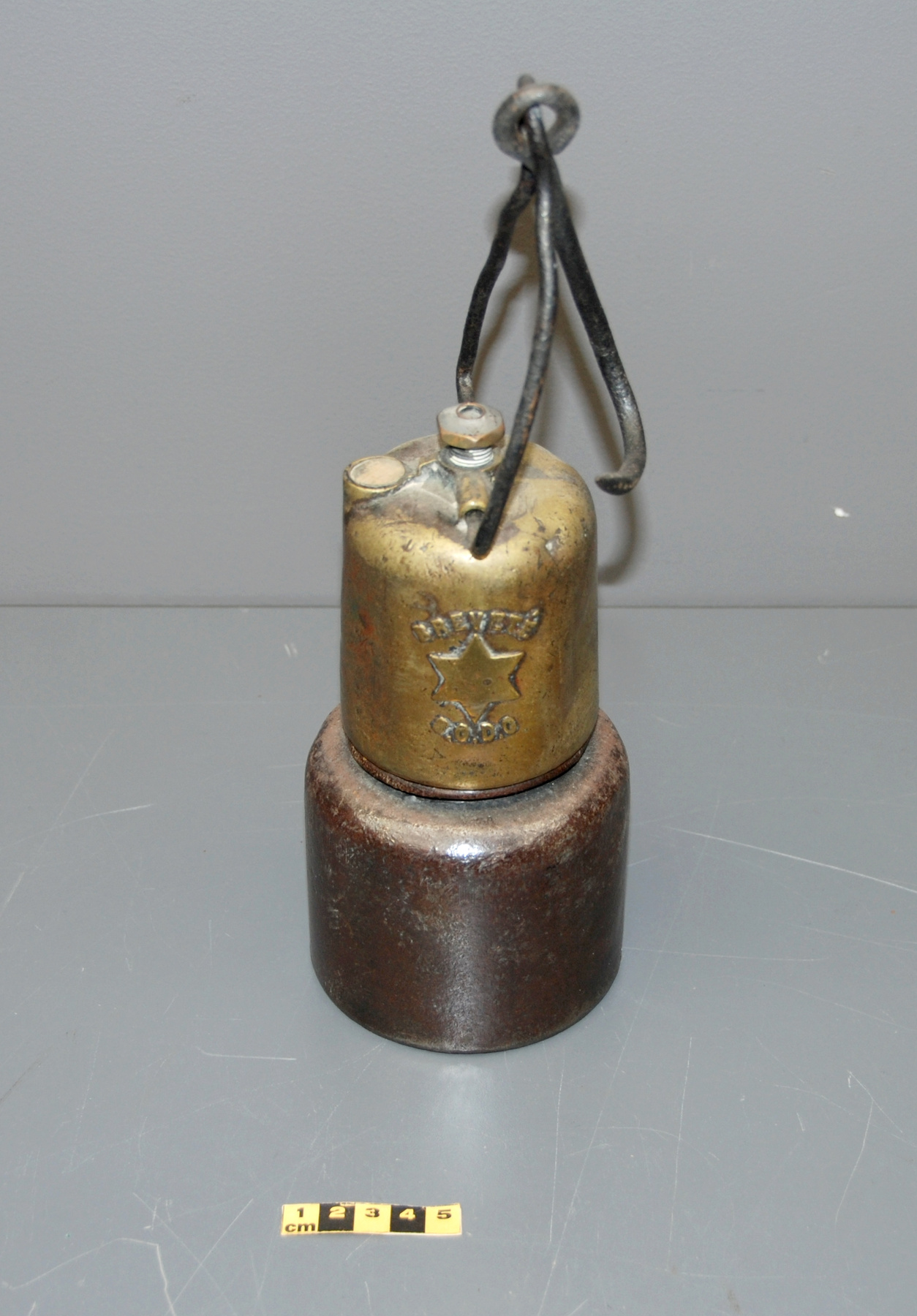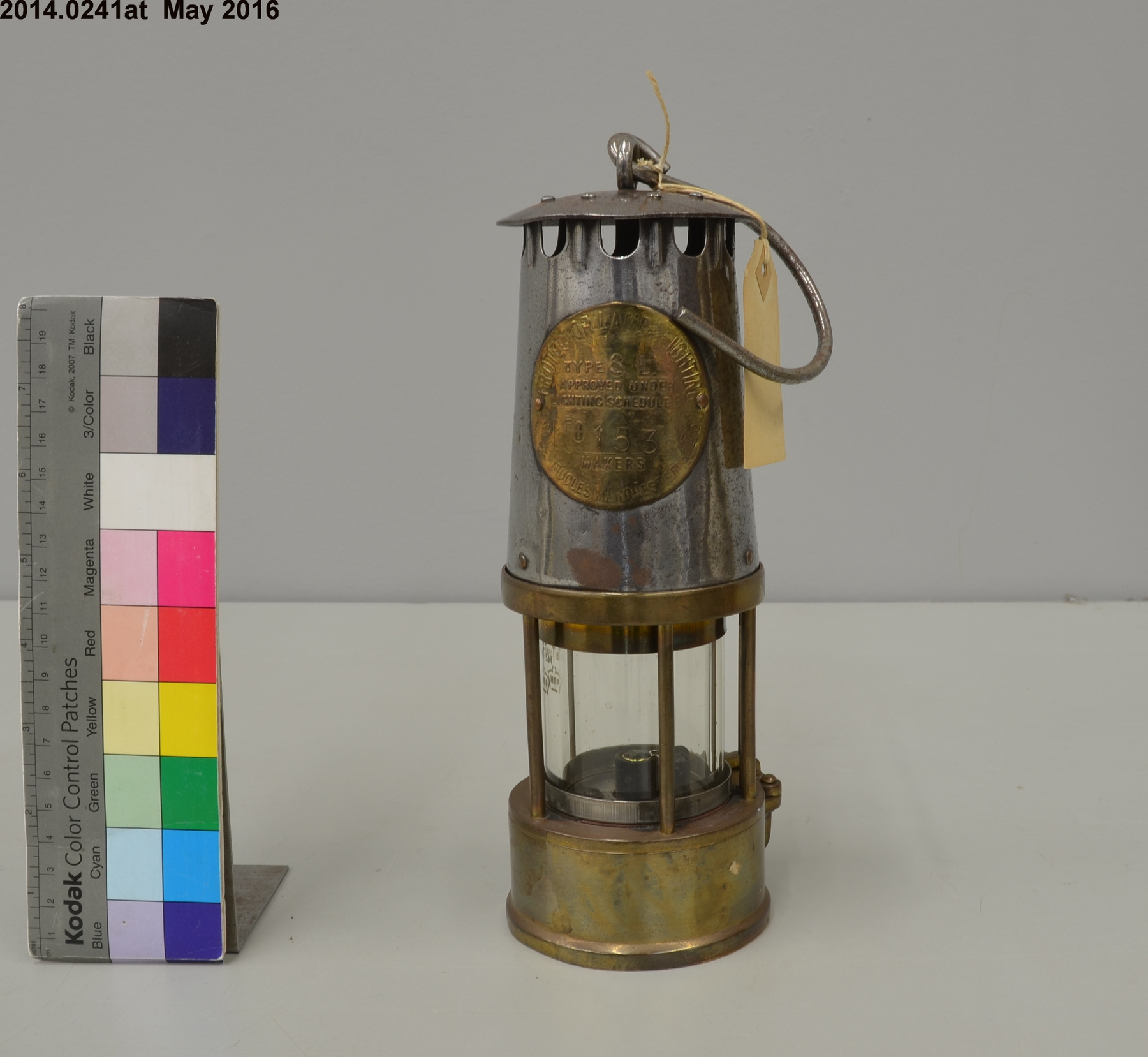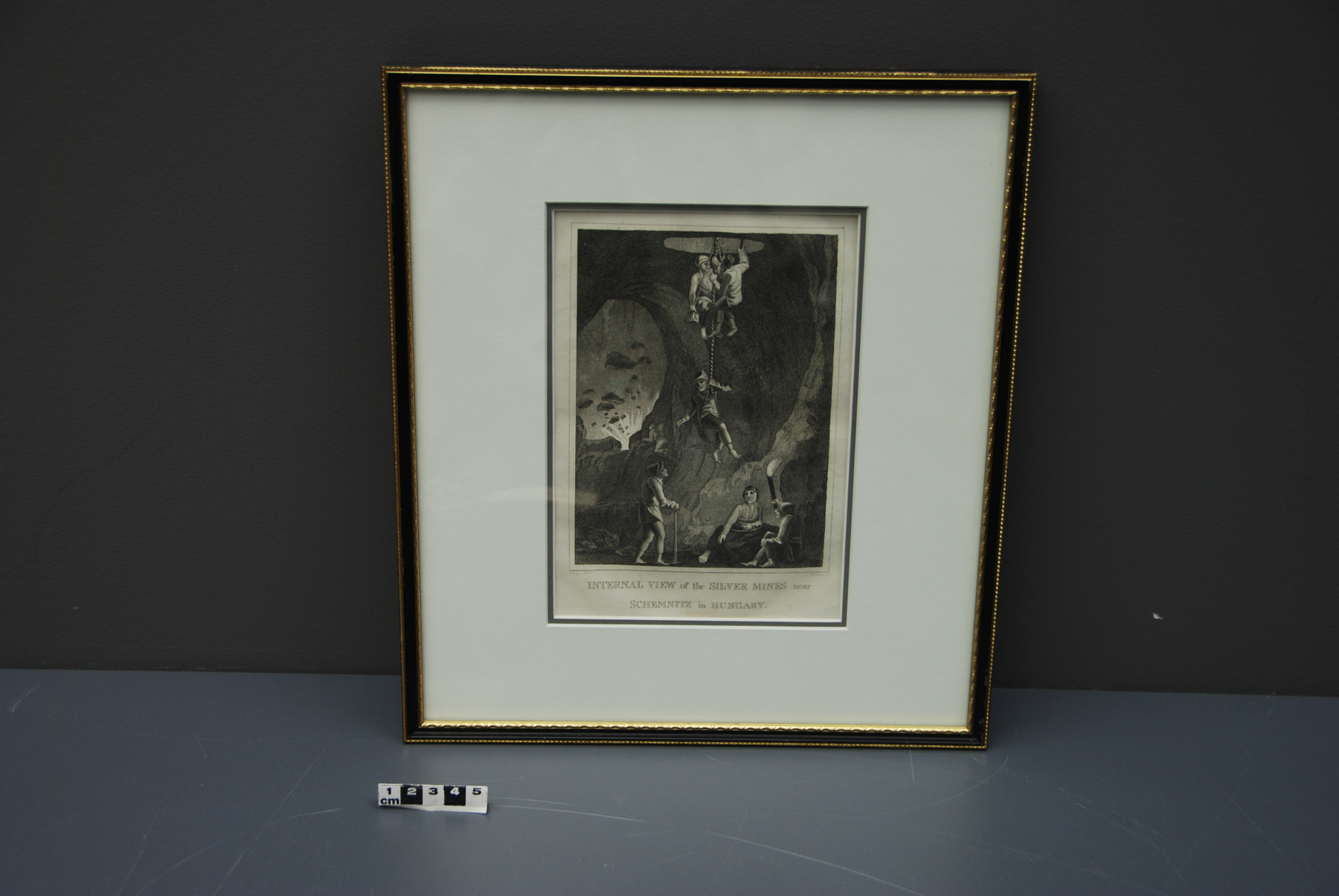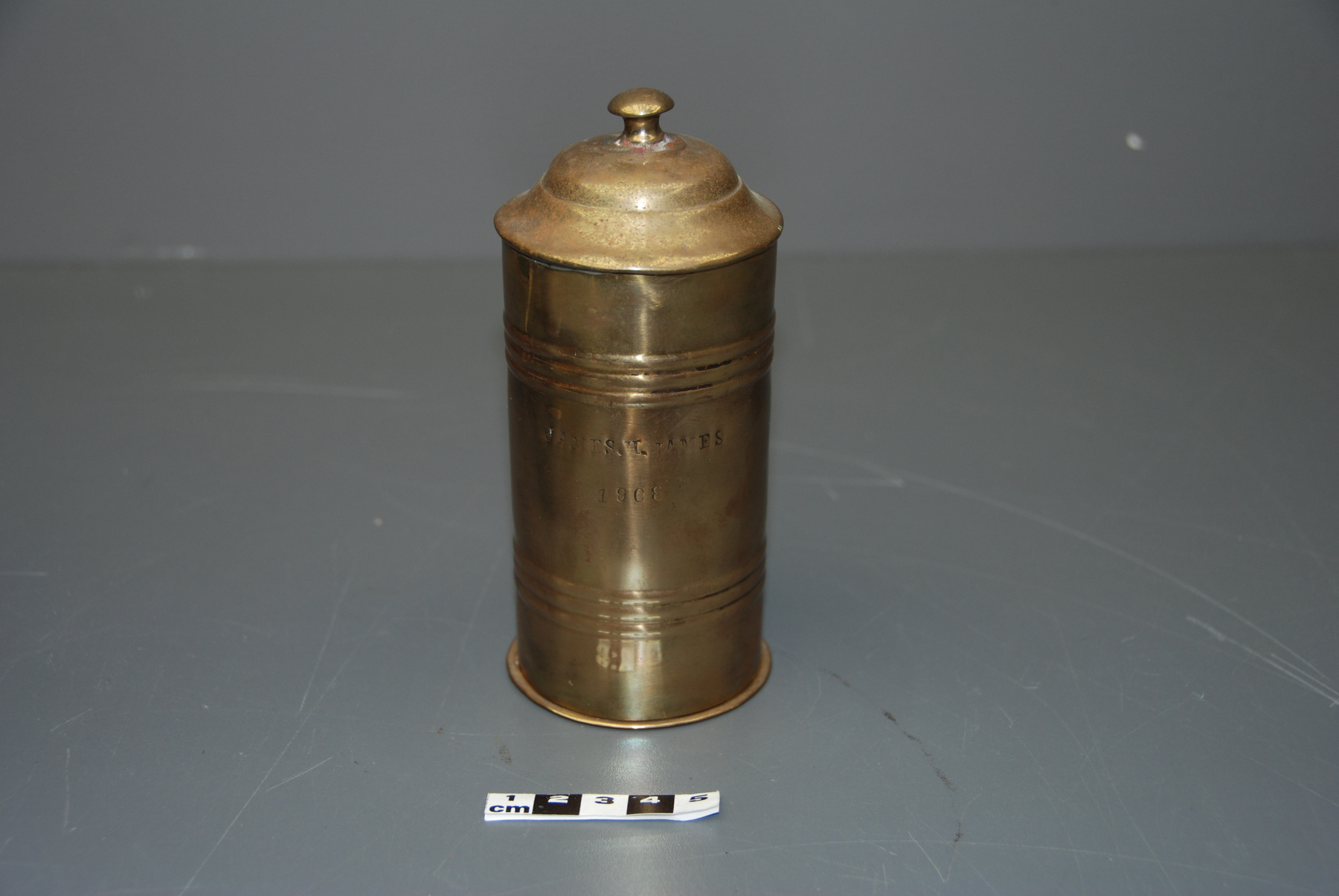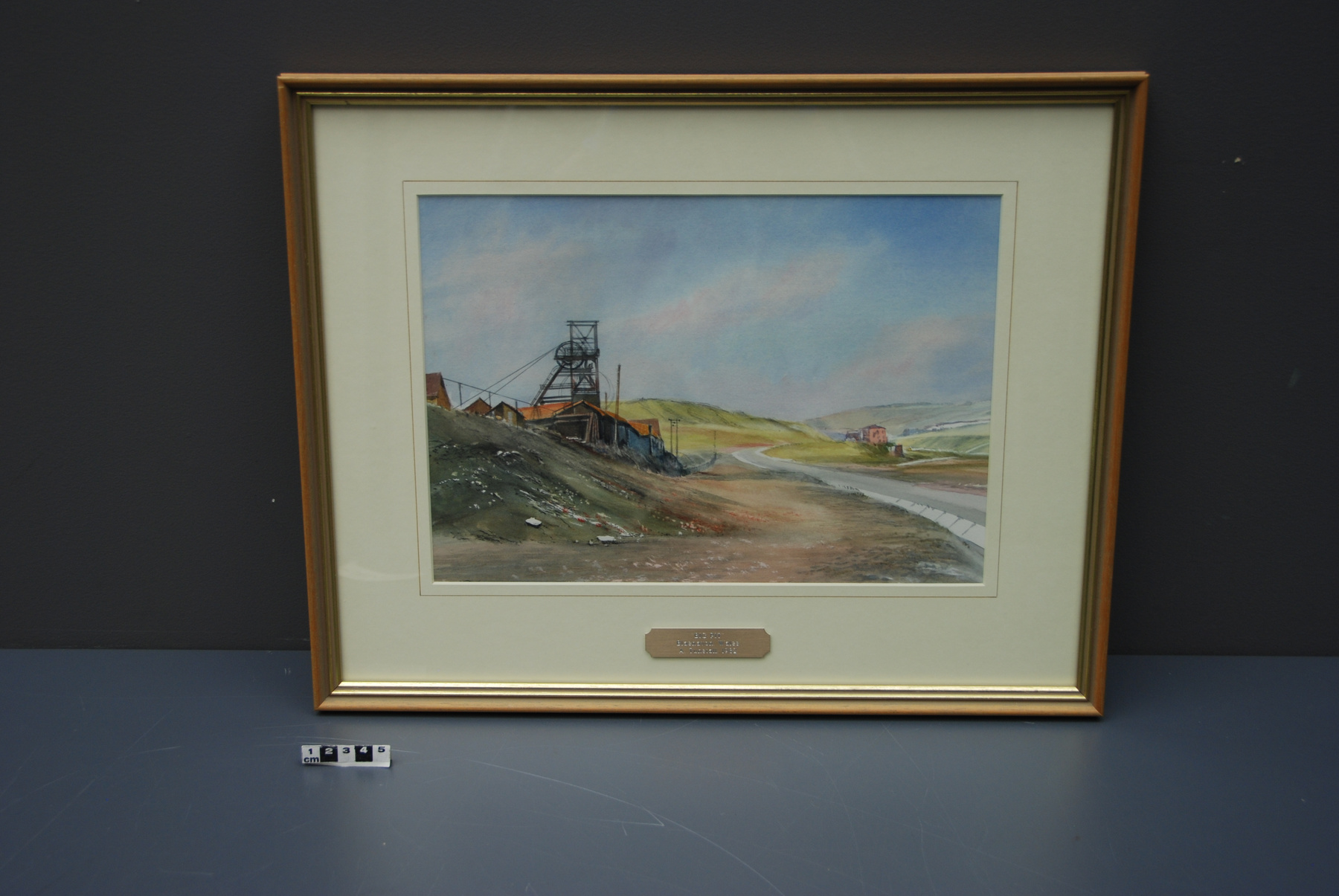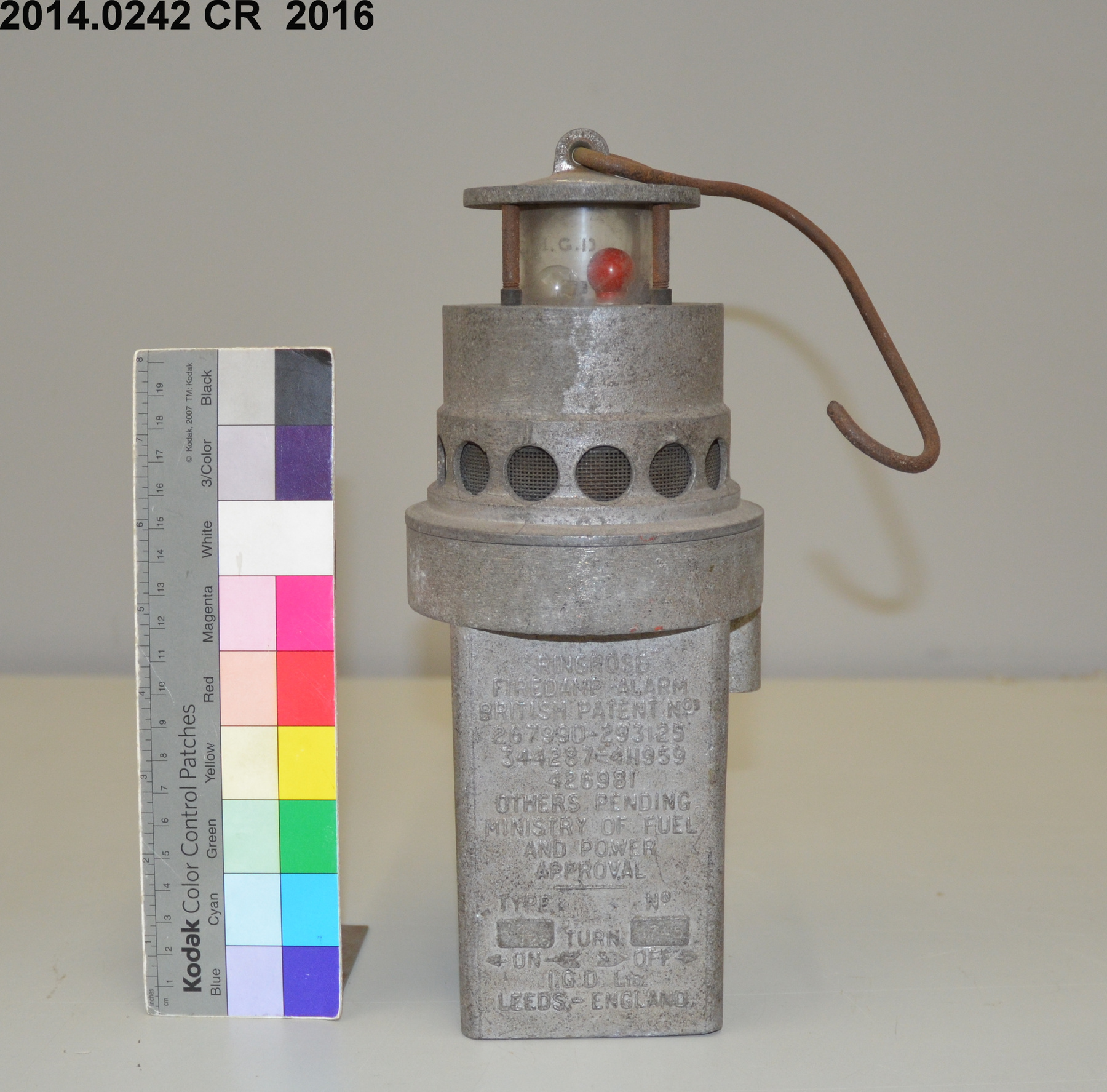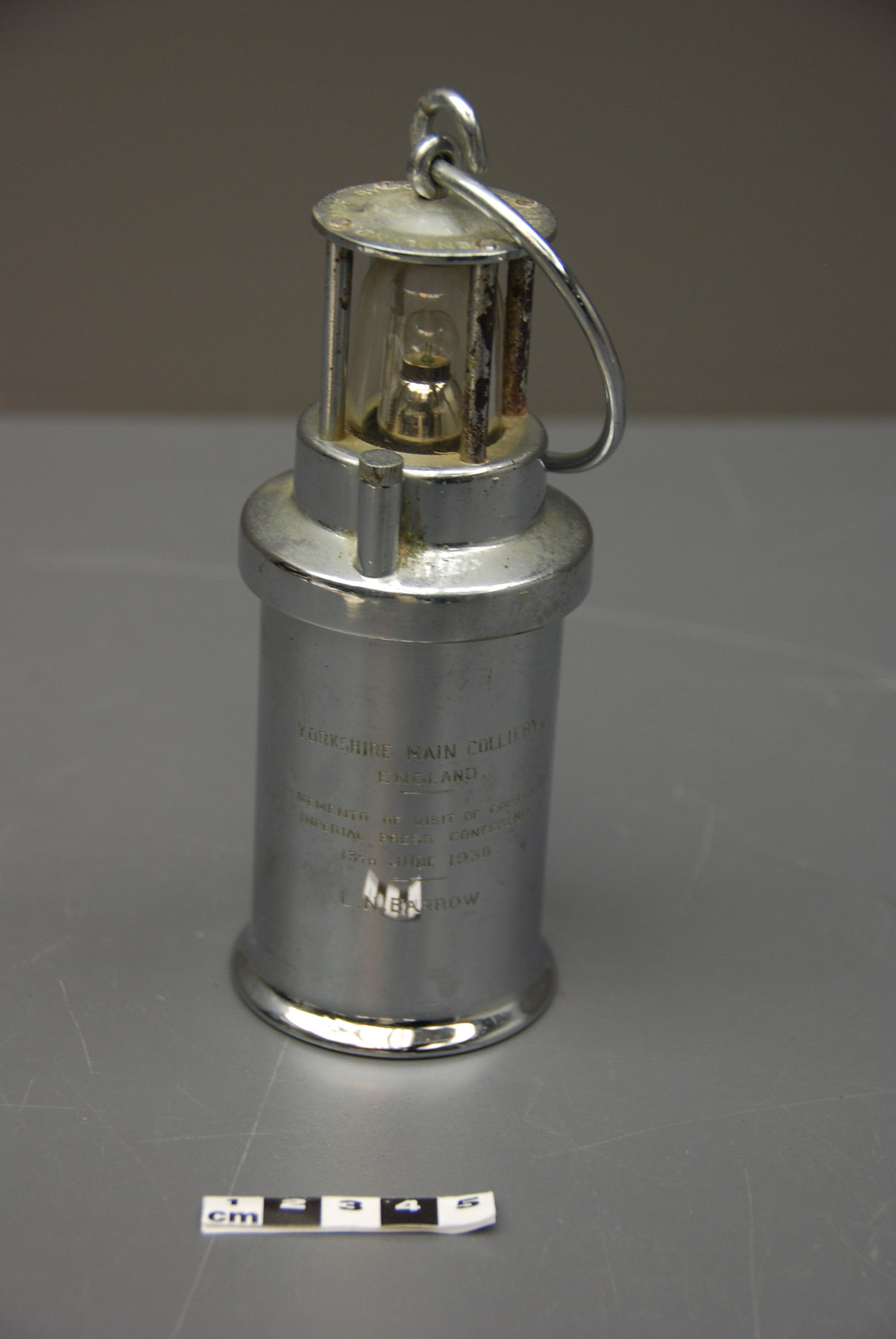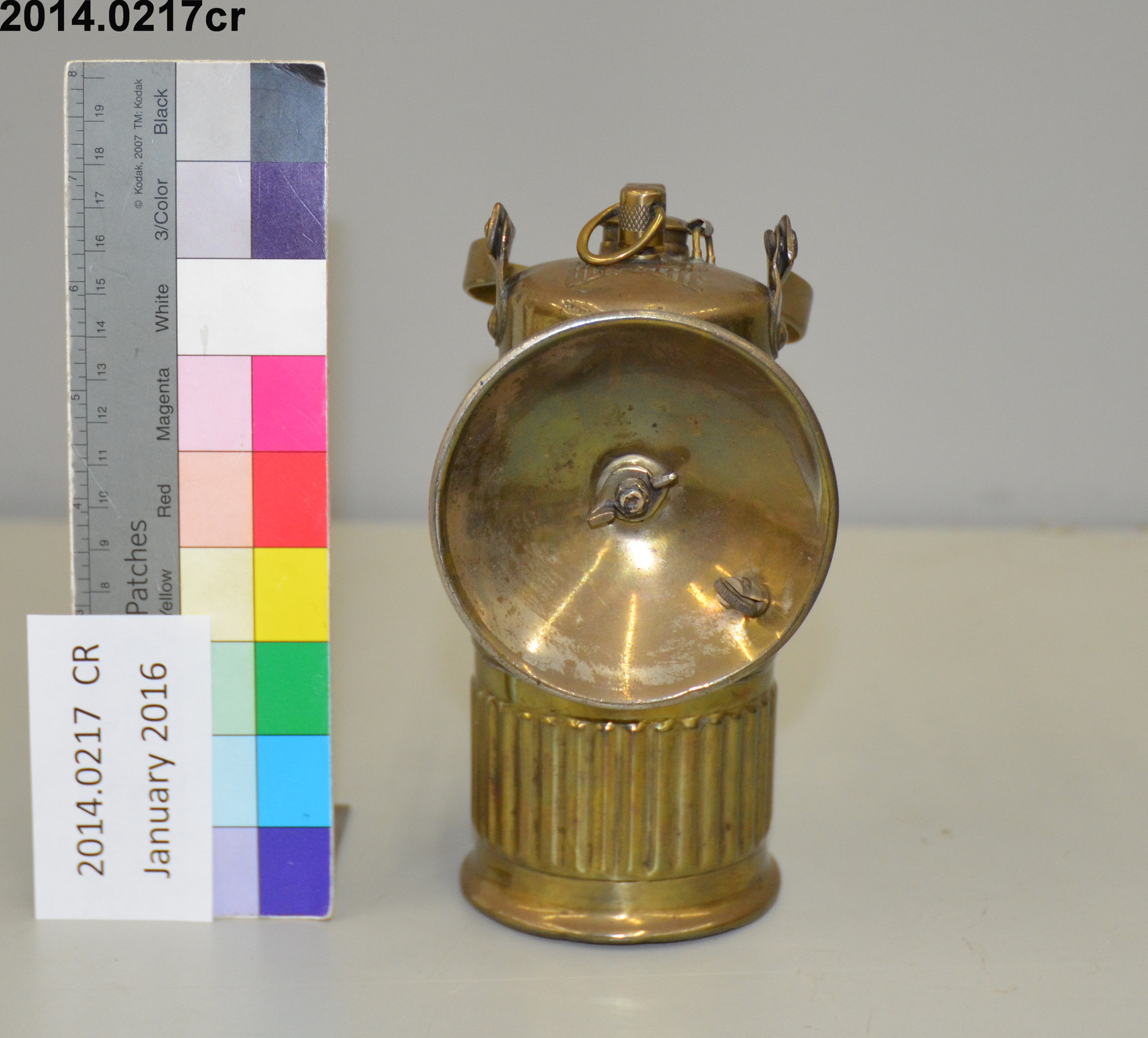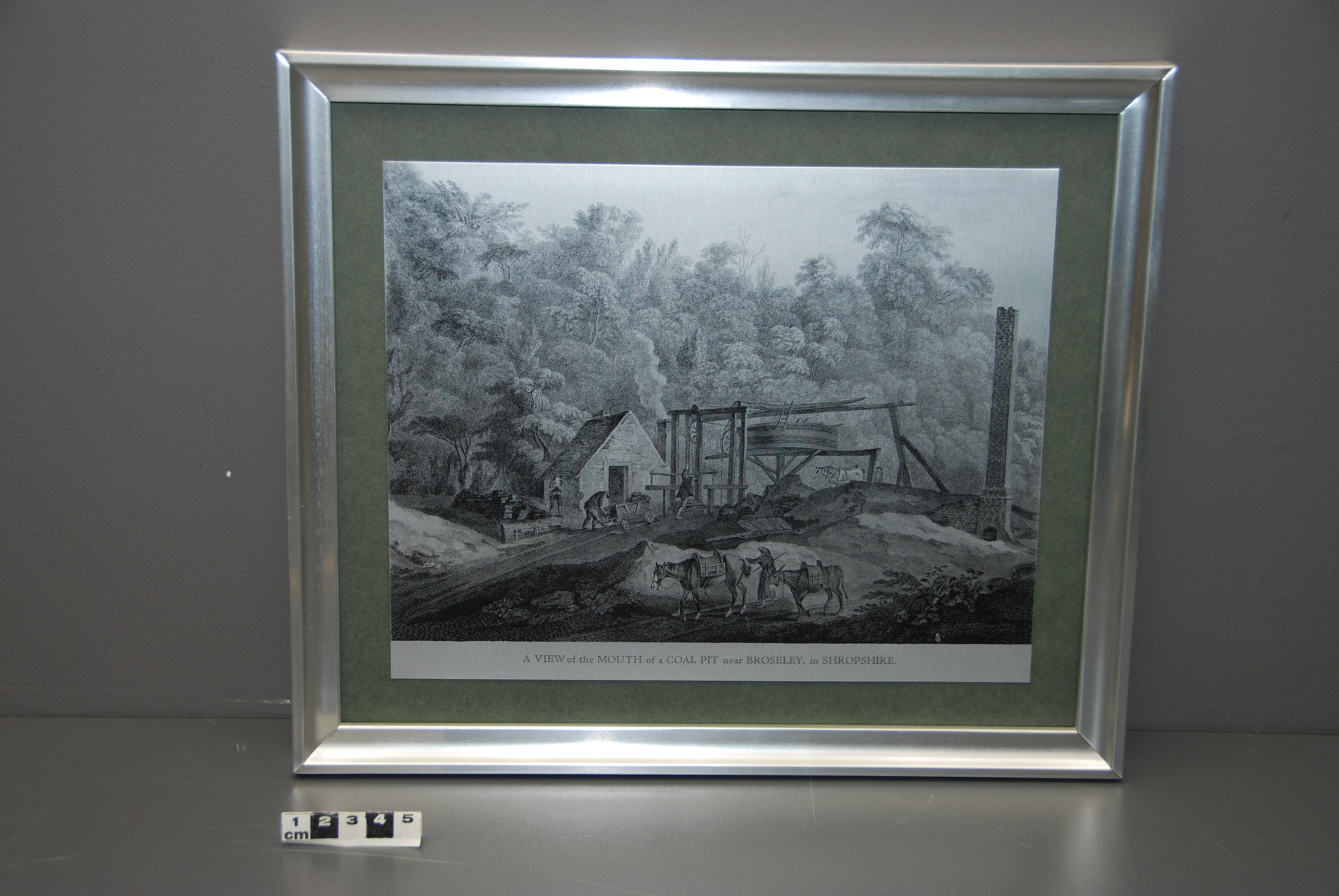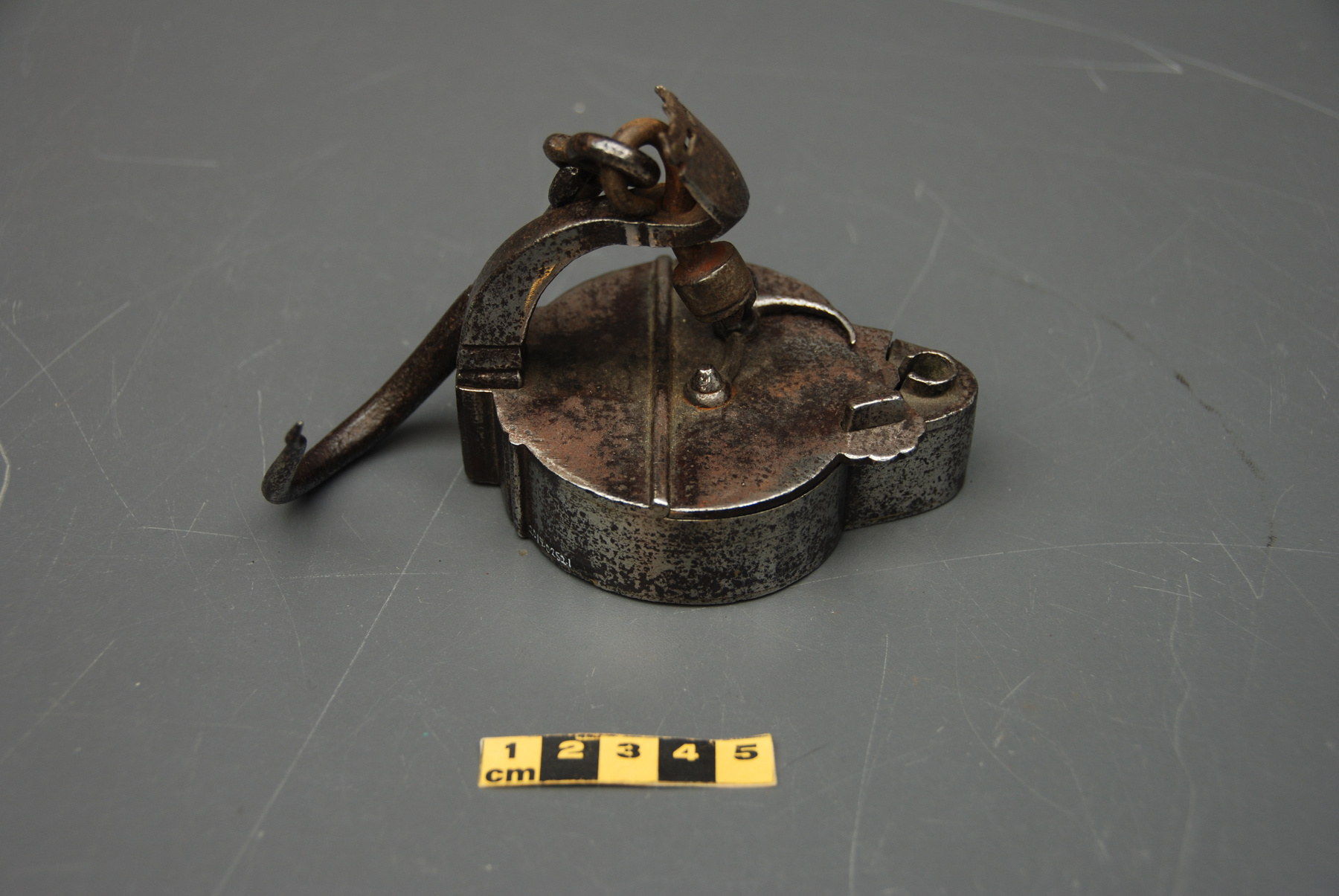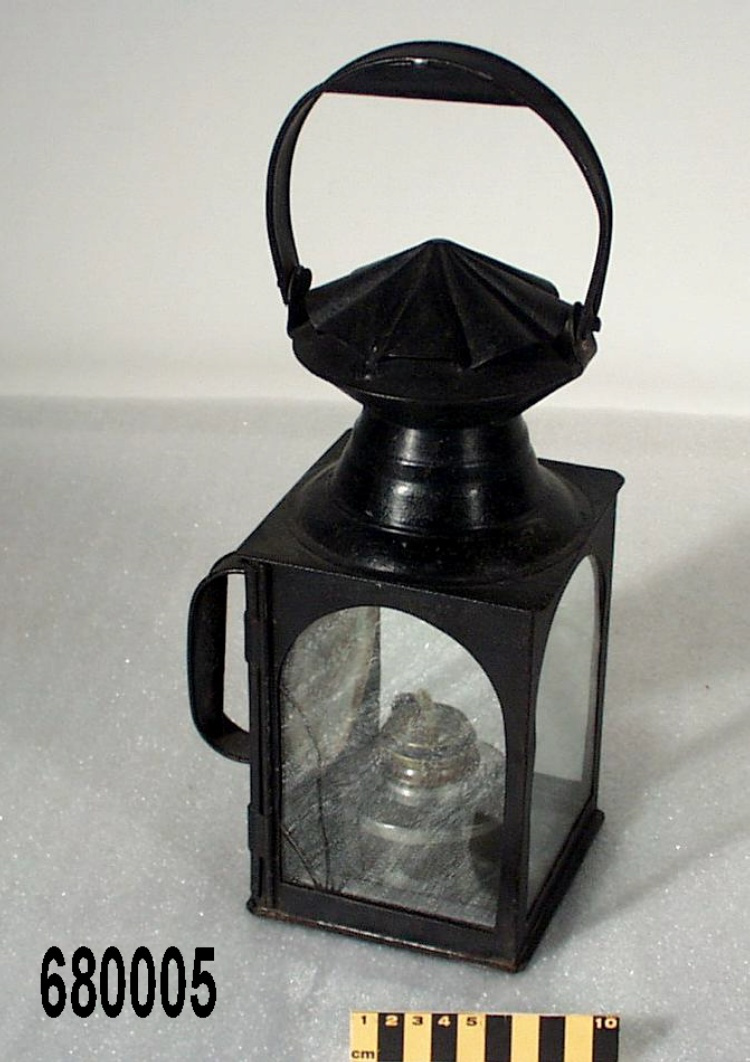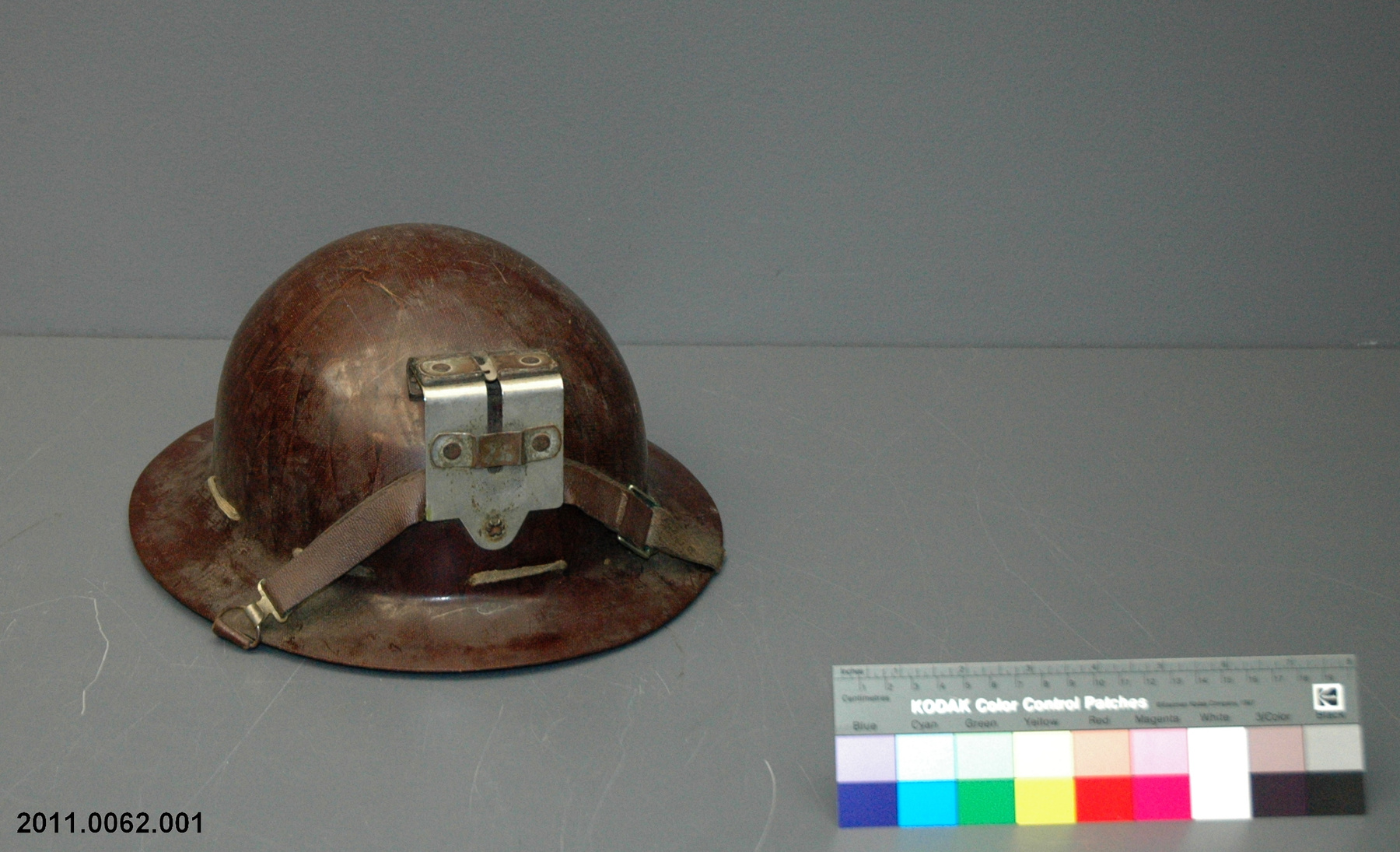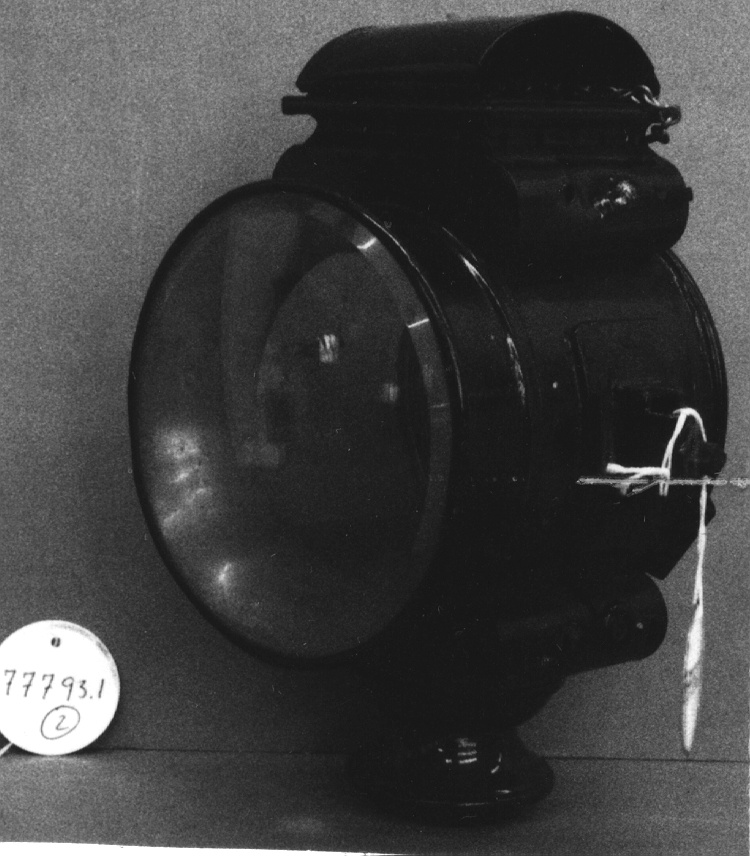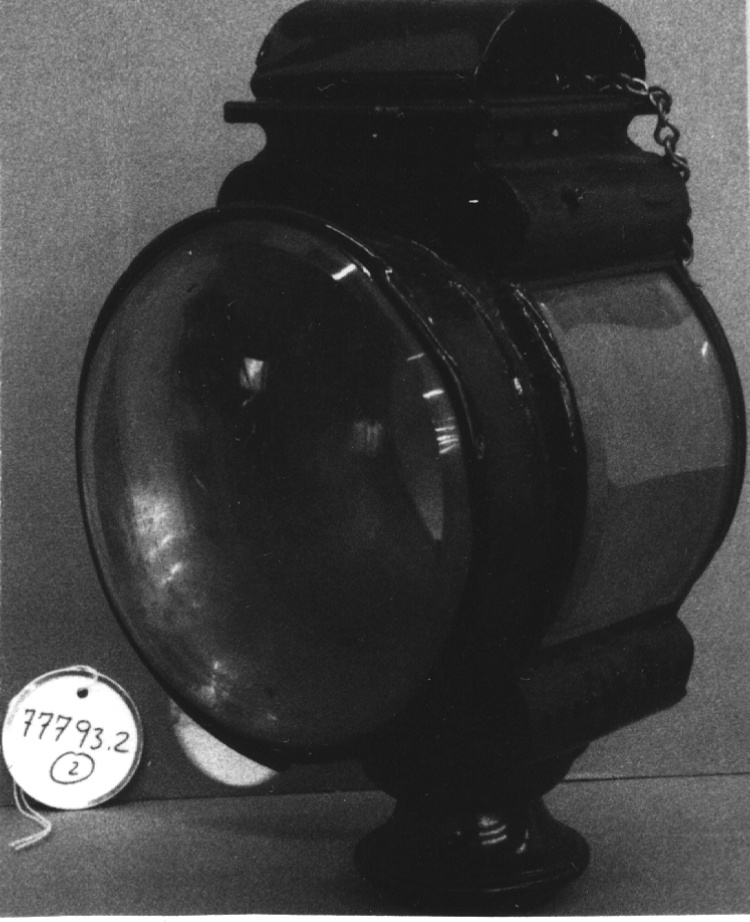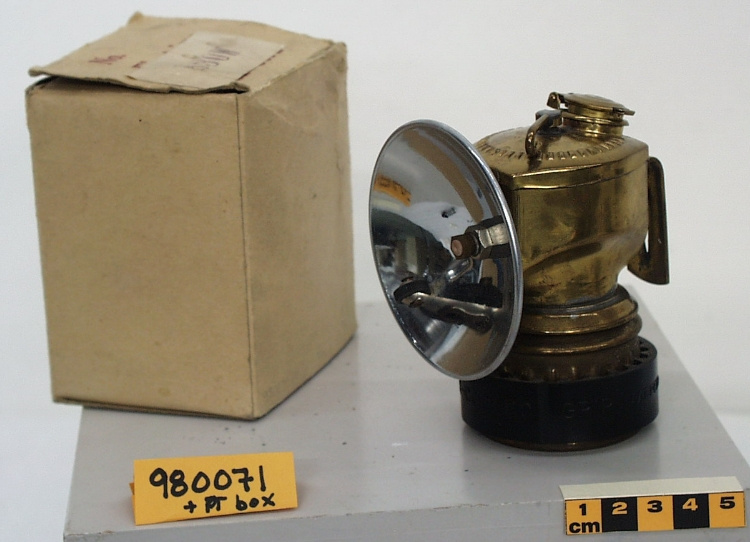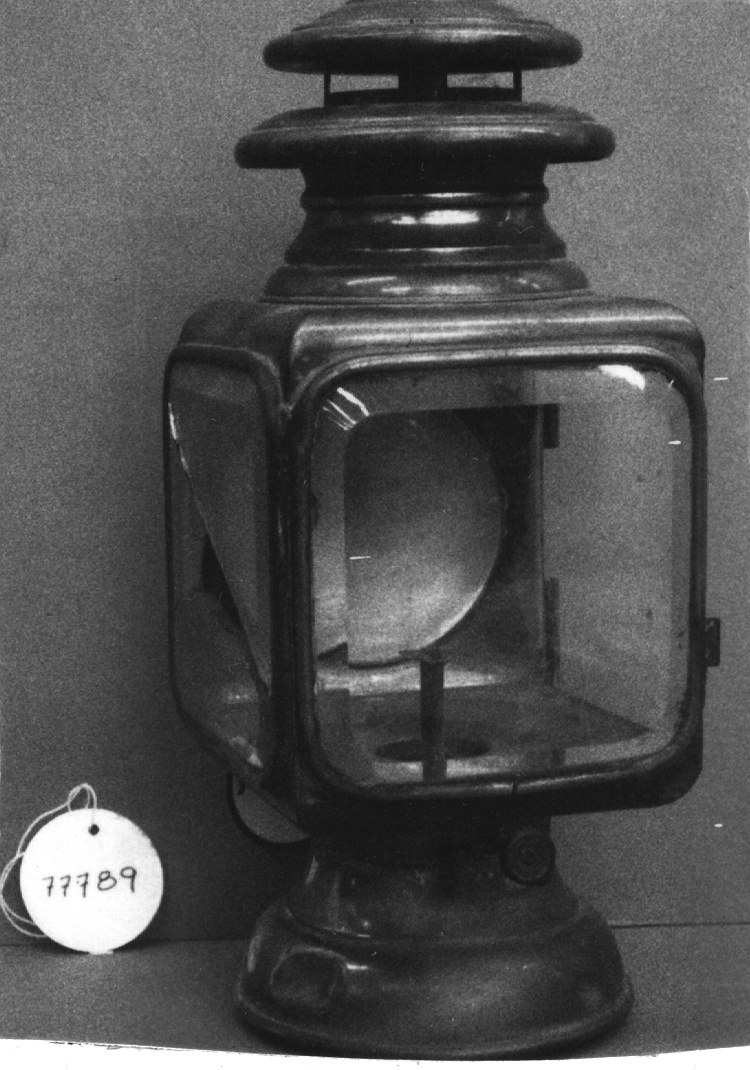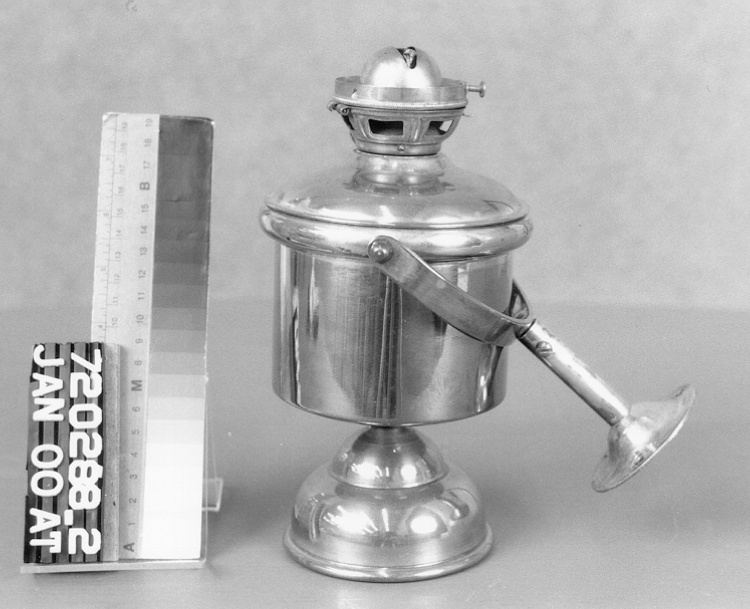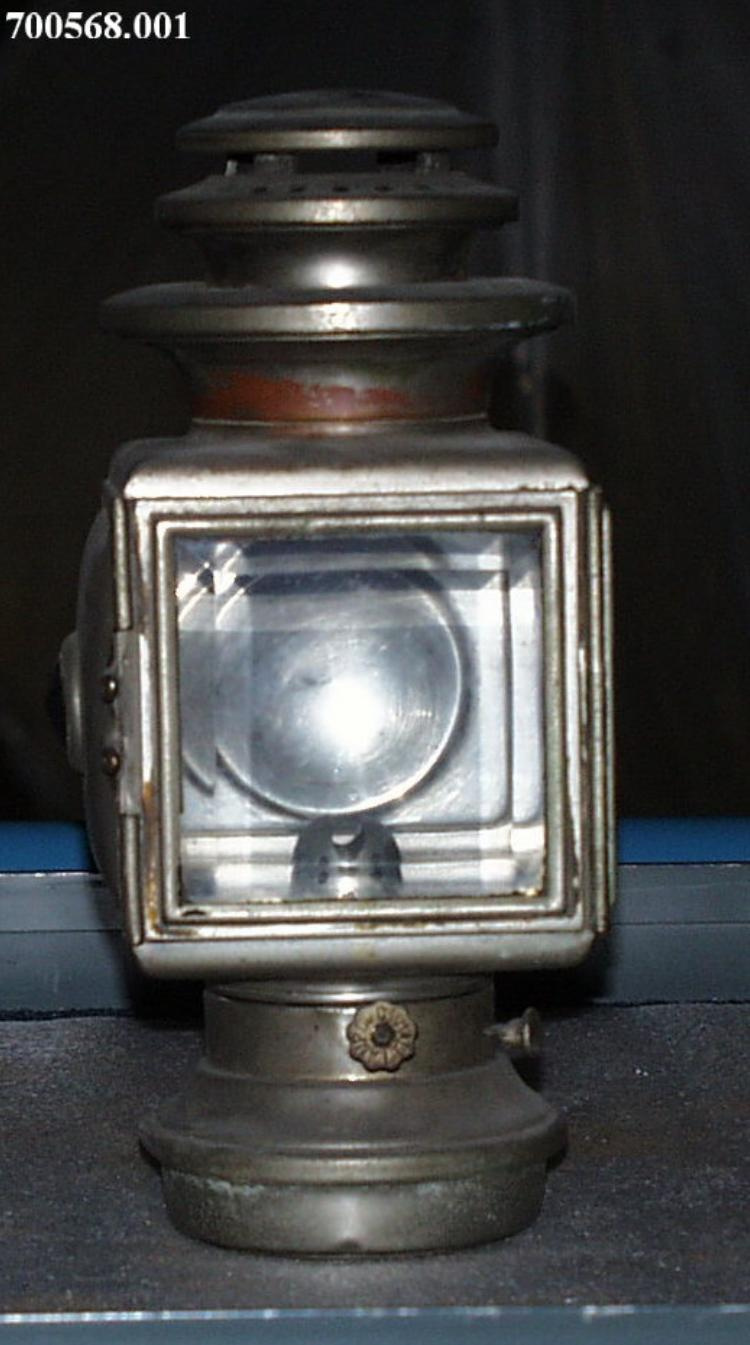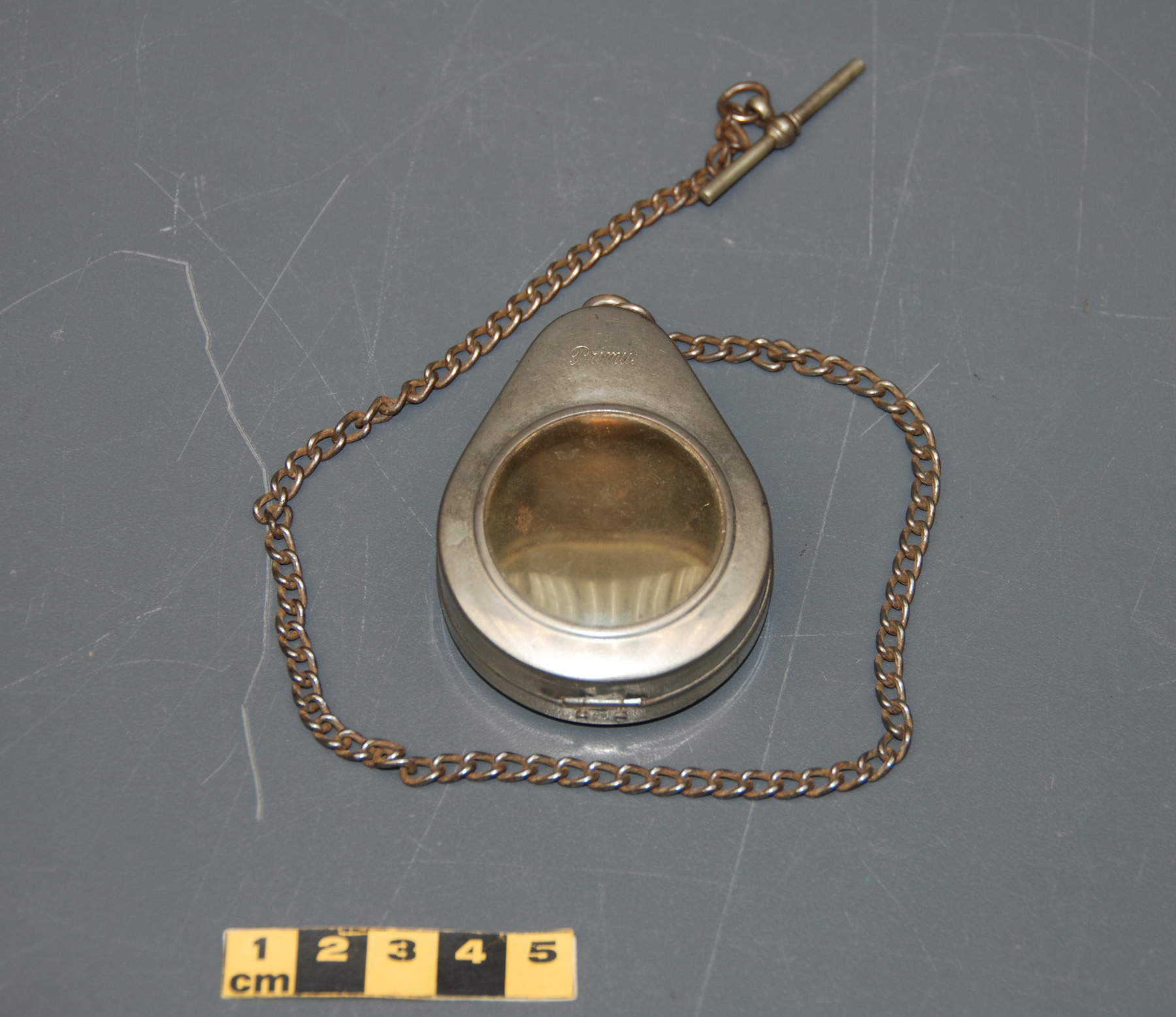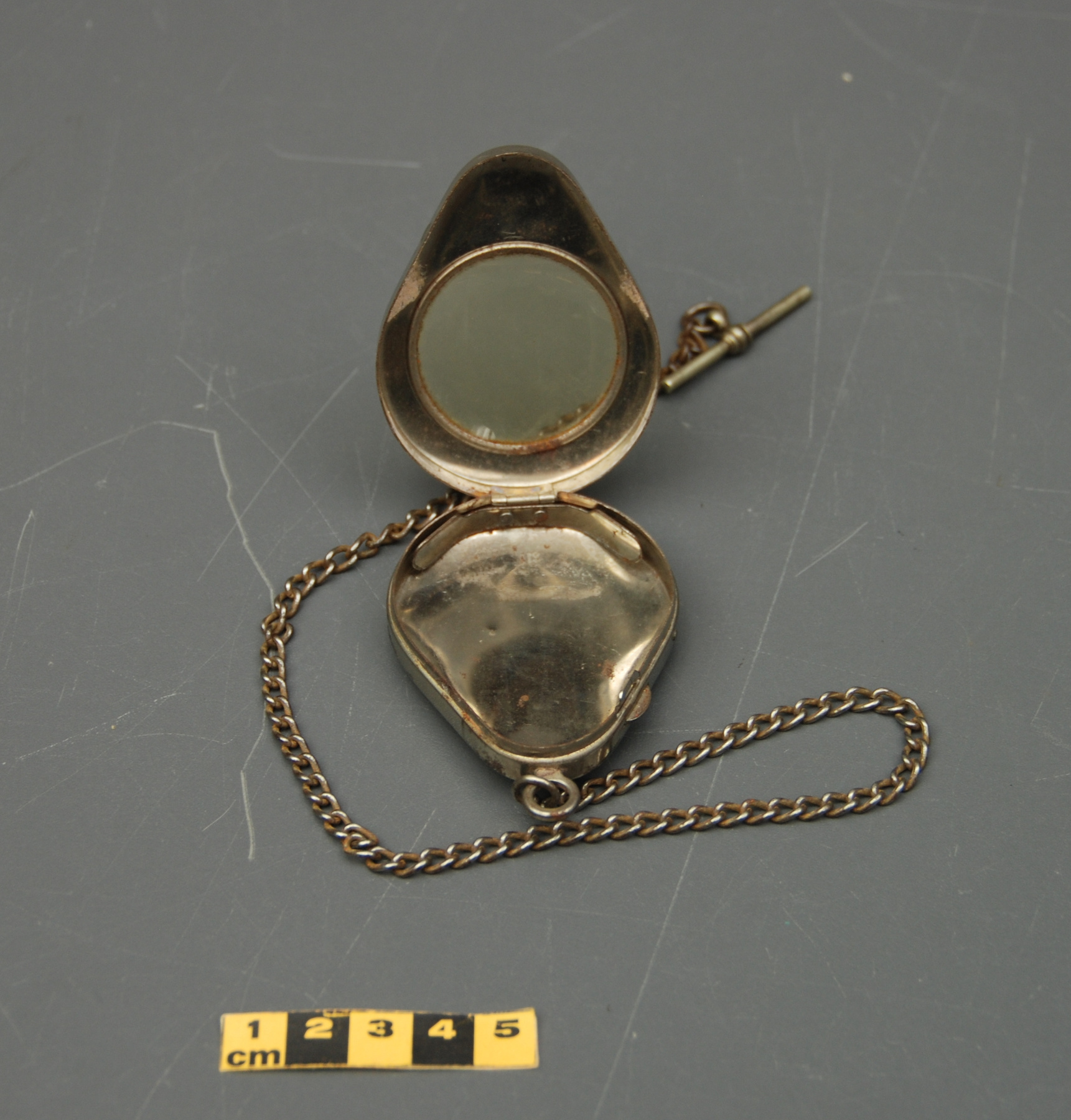Case, watch
Use this image
Can I reuse this image without permission? Yes
Object images on the Ingenium Collection’s portal have the following Creative Commons license:
Copyright Ingenium / CC BY-NC-ND (Attribution-NonCommercial 4.0 International (CC BY-NC 4.0)
ATTRIBUTE THIS IMAGE
Ingenium,
2014.0263.001
Permalink:
Ingenium is releasing this image under the Creative Commons licensing framework, and encourages downloading and reuse for non-commercial purposes. Please acknowledge Ingenium and cite the artifact number.
DOWNLOAD IMAGEPURCHASE THIS IMAGE
This image is free for non-commercial use.
For commercial use, please consult our Reproduction Fees and contact us to purchase the image.
- OBJECT TYPE
- dust proof
- DATE
- Unknown
- ARTIFACT NUMBER
- 2014.0263.001
- MANUFACTURER
- Primus
- MODEL
- 21 1/2
- LOCATION
- Unknown
More Information
General Information
- Serial #
- N/A
- Part Number
- 1
- Total Parts
- 1
- AKA
- N/A
- Patents
- N/A
- General Description
- Ferrous metal and glass.
Dimensions
Note: These reflect the general size for storage and are not necessarily representative of the object's true dimensions.
- Length
- 7.8 cm
- Width
- 5.1 cm
- Height
- 2.0 cm
- Thickness
- N/A
- Weight
- N/A
- Diameter
- N/A
- Volume
- N/A
Lexicon
- Group
- Mining and Metallurgy
- Category
- Personal gear
- Sub-Category
- N/A
Manufacturer
- AKA
- Primus
- Country
- Unknown
- State/Province
- Unknown
- City
- Unknown
Context
- Country
- Unknown
- State/Province
- Unknown
- Period
- Unknown
- Canada
-
Taken from Acquisition Proposal; reference #1: The collection has been assembled by late W. Keith Buck (1920-2010). Mr. Buck played a very important role in Canadian and global mining and was involved in mining science, economics, and politics. He also published several books on mining. Buck is well known in the sector around the world. By training, Keith Buck was a mining engineer, and geological economist. He received his Bachelor's and Master's degrees from McGill University, and, although he never completed his PhD, he had extensive postgraduate training in economics from the University of Ottawa. Mr. Buck joined the Mineral Resources Division of the Department of Mines and Technical Surveys in 1951 as a mineral specialist in iron ore. In 1956, he became Chief of the Division. Buck was the Secretary of the 1960 Royal Commission on Coal; worked on a Special Enquiry into the Cape Breton Coal Problem; and led the development of policy for the Canadian coal industry. In 1968, he became Director of the Mineral Resources Branch, of Energy, Mines and Resource (now NRCan). Mr. Buck was also a Chairman of the AIME, Council of Economics. In the 1970s, Mr. Buck moved to represent Canadian mining interests abroad. He was posted to London and worked out of the Canadian High Commission. Although, his position was in an understated manner called Councilor for Minerals and Metals, he had in fact impact on all decisions related to Canadian foreign policies on mining and ultimately on operations of any Canadian companies abroad. Finally, he became the Secretary General of the International Lead & Zinc Study Group based in Geneva. Established in 1959 by United Nations this is one of the oldest international mining organizations. In 1973 Buck received Mineral Economics Award from the American Institute of Mining, Metallurgical and Petroleum Engineers for: "For contributions to the profession of Mineral Economics through profound studies of the social and economic aspects of mineral economics development, the establishment of a high professional level of mineral economic analysis within the government of Canada, and significant and unique leadership, in several official capacities, of the Council of Economics, AIME." Mr. Buck passed away in 2010 and the collection stayed with his wife Muriel. In 2014 as Mrs. Buck moved to an assisted-living home, there was a concern in the mining community over the collection. I have been contacted by several people who wanted the Museum to be aware of the collection, and did not know that we were already approached by the family. Malcolm Buck, who arranged the donation on behalf of his mother, followed in his father’s footsteps and runs a successful mining consulting company. He has seen our appeal for donations in Northern Miner in 2010 and chose CSTM as home for his father’s collection. - Function
-
Used by a miner to protect their pocket watch from dust and debris while mining. - Technical
-
Taken from Acquisition Proposal; reference #1: The donation includes 65 mining lamps, Mr. Buck’s Art Deco mining helmet, and his belt, 9 prints and 3 sculptures. It also contains a number of books related to mining in Canada that we do not have in the library, and a rare Illustrated Glossary of Miner’s Oil Wick Lamps, hand-made by Dorothy Haynes in 1991. We have been offered collections of mining lamps before, but none were as well assembled as Mr. Buck’s collection. The collection is very well thought-through. It contains lamps that depict various stages in the development of mine illumination, and imply hierarchical organization of the workforce. They are also very evocative of the physical workspace. Each lamp is unique and shows a slightly different technology. Mr. Buck identified provenance of some of the lamps, noting from which mine or region it come. There is a lot written on the history of mine lighting and the technology is mentioned in both historical assessments on mining. Together with mine ventilation, it is the most important issue in the history of this industry. However there are few museums that have comprehensive collections of miner’s lamps that allow to study material culture of this technology. Probably the only comparable collection is at Smithsonian. Mr. Buck collection is indeed coherent and well organized. Open saucer grease lamps are the earliest category of lamps in this collection. In the subject area literature, they fall under “Ancient Lamps.” Open saucer grease lamps were used up to the end of the 1700s. They were made of clay and decorated with animal motifs that acted as good luck charms. These were hand held or placed on rock shelves. Next, the collection includes examples of candles and iron candle holders. In the 18th century miner started to use candles, called dips, first made from tallow, and beeswax, and after 1850s from paraffin. The candles were melted and attached to the miner’s cap, often two at a time to give the miner more time before he had to change the candles. Until mid 1800s, miners often used clay to attach candles to walls. This, of course, caused frequent accidents. Simple iron holders were used since 1700s, but since they allowed a burnt out candle to fall to the ground, they were not much safer than clay holders, and were more expensive. An iron holder with a spring steel that would slide over the flame as the candle burnt out, and holders with a shelf that prevented the burnt out candle from falling to the ground were two major improvements introduced in the 1870s after several mine disasters. Some mines such as Cornish tin and copper mines used candles well into the 20th century. The oil wick lamp is the next category of lamps represented in the Buck collection. One of the most interesting in this category is an 1850 frog lamp used in Hessen, Germany. The lamp, which has an enclosed holder for a fuel, was an improvement over the earlier lamps with an open fuel container. The design prevented spills, and a strong iron chain allowed to move the lamp, without taking it off a hook, to direct the light in the desired direction. This type of mining lamp, highly ornamented, was designed for mining officials. The name “frog” lamp does not indicate the lamp’s resemblance to an amphibian, as is often suggested in on-line sources. “Frog” lamps, which date to 30 BC Roman Egypt, were oil lamps with an enclosed container for oil that prevented spills. These lamps were often decorated with an image of a frog. The design and shape of the Egyptian lamp container was similar to the container of the “frog” mining lamp that adopted its name. The collection includes several oil wick cap lamps. They feature single and double spout: single used with lard and double spout with Sunshine oil. Safety lamps include Davy, Stephenson, Guy, Wolf, carbide, and kerosene variety. The lamps allow us to study the development of safety features, as well as the length of illumination, both crucial to miners’ security. The lamps in the collection show hand held, shelf, hanging and miner’s cap technologies, as well as technologies designed for workers, superintendents, and mining officials. Collection of art: The tradition of mining prints goes back to the Victorian fascination with mining accidents, which were often depicted in Illustrated London News. Mining prints realistically depict details of mines, and mining landscape. Next to transportation-related prints, mining prints are probably the most common form of art connected to technologies. The donated sculptures show a gold prospector (American, wood), a mining engineer (Canadian, coal) and St. Barbara, the patroness of miners made in silver. The miner’s cap is a rare 1930 art deco helmet that belonged to Mr. Buck. Miners have a strong sense of ownership over their helmets and belts; they are symbols of mining profession. - Area Notes
-
Unknown
Details
- Markings
- Incised print on top of case "Primus". Incised on bottom of case "21 1[/]2".
- Missing
- Appears complete.
- Finish
- Silver ferrous metal with greenish/clear glass. There is a long chain attached to a ring.
- Decoration
- N/A
CITE THIS OBJECT
If you choose to share our information about this collection object, please cite:
Primus, Case, watch, Unknown Date, Artifact no. 2014.0263, Ingenium – Canada’s Museums of Science and Innovation, http://collection.ingeniumcanada.org/en/id/2014.0263.001/
FEEDBACK
Submit a question or comment about this artifact.
More Like This
